Hello Hiver friends! Today is the first weekend of 2022 and also my first post of the new year. The first thing I would like to say in our Hiver community is a good wish, a happy, peaceful new year. All the bad luck of the old year will disappear and there will be a lot of joy and happiness in the new year. How's your Sunday going? Everyone is probably on their vacation. Welcome a new year, with your family and loved ones. I believe that 2022, will be better than 2021. This year is the year of the Covid-19 pandemic, entering its third year and I believe that this year, the pandemic will become an endemic disease and we will live with the disease normally. We should all be proud of our success, it's great that we survived and recovered from the challenges posed by the COVID pandemic. What doesn't kill us, makes us stronger. After months of putting aside our passion for backpacking and going, we have a reason to believe in the coming time, which will be the time when we will be free to explore, travel destinations domestic and foreign. I feel very happy when Vietnam, has started to reopen tourism. My city has also started, welcoming the first guests to visit Vietnam, after more than two years of closure and that is the motivation for my post today. My today's article will continue to write about my trip to discover the Central Highlands. In previous posts, I wrote about places in the Central Highlands. Those are Kon Tum and Mang Den and in today's post, I will lead you to another place that is Gia Lai love. Previously, Gia Lai and Kon Tum provinces were in the same province, but after 1991, these two places were separated into two different provinces. Gia Lai is the second largest province in Vietnam and the largest province in the Central Highlands region. The main city of Gia Lai province is Pleiku city
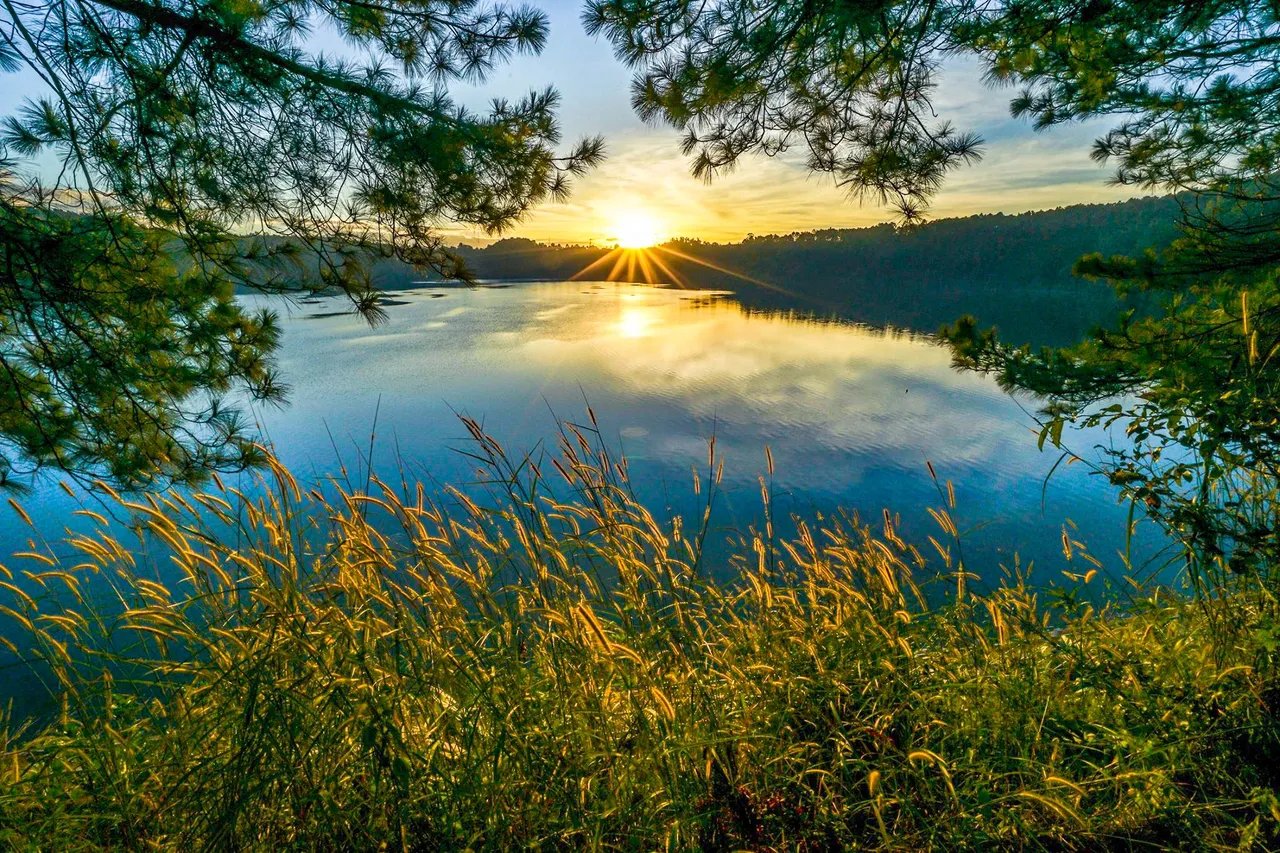

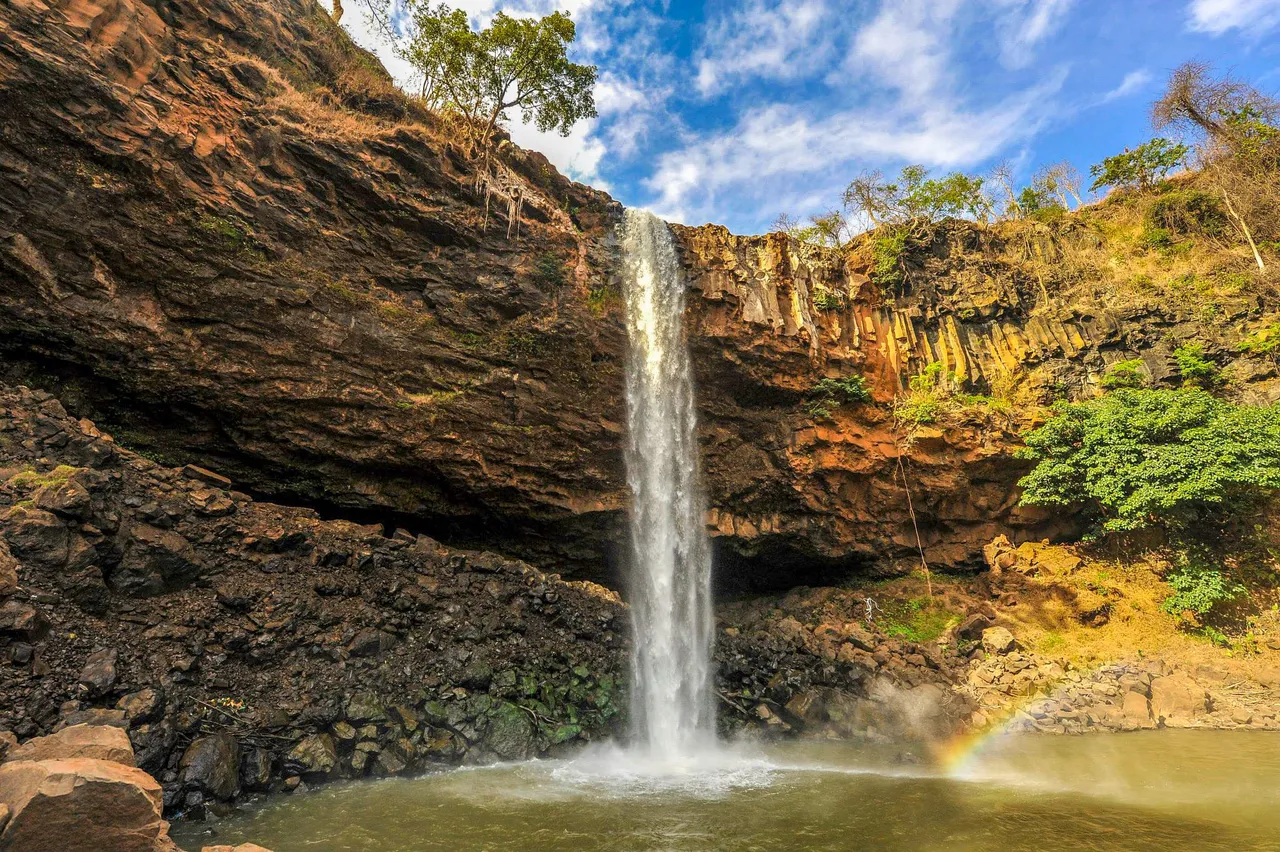
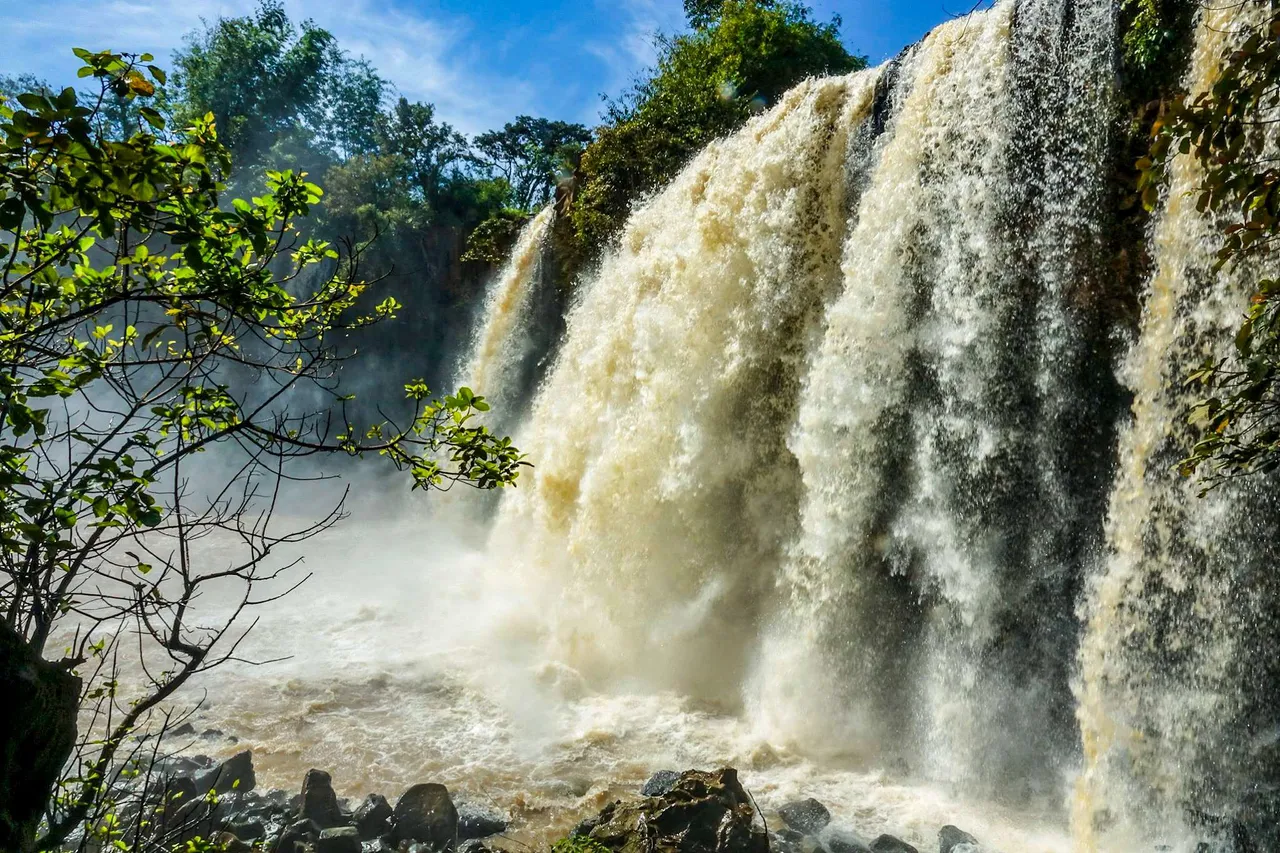
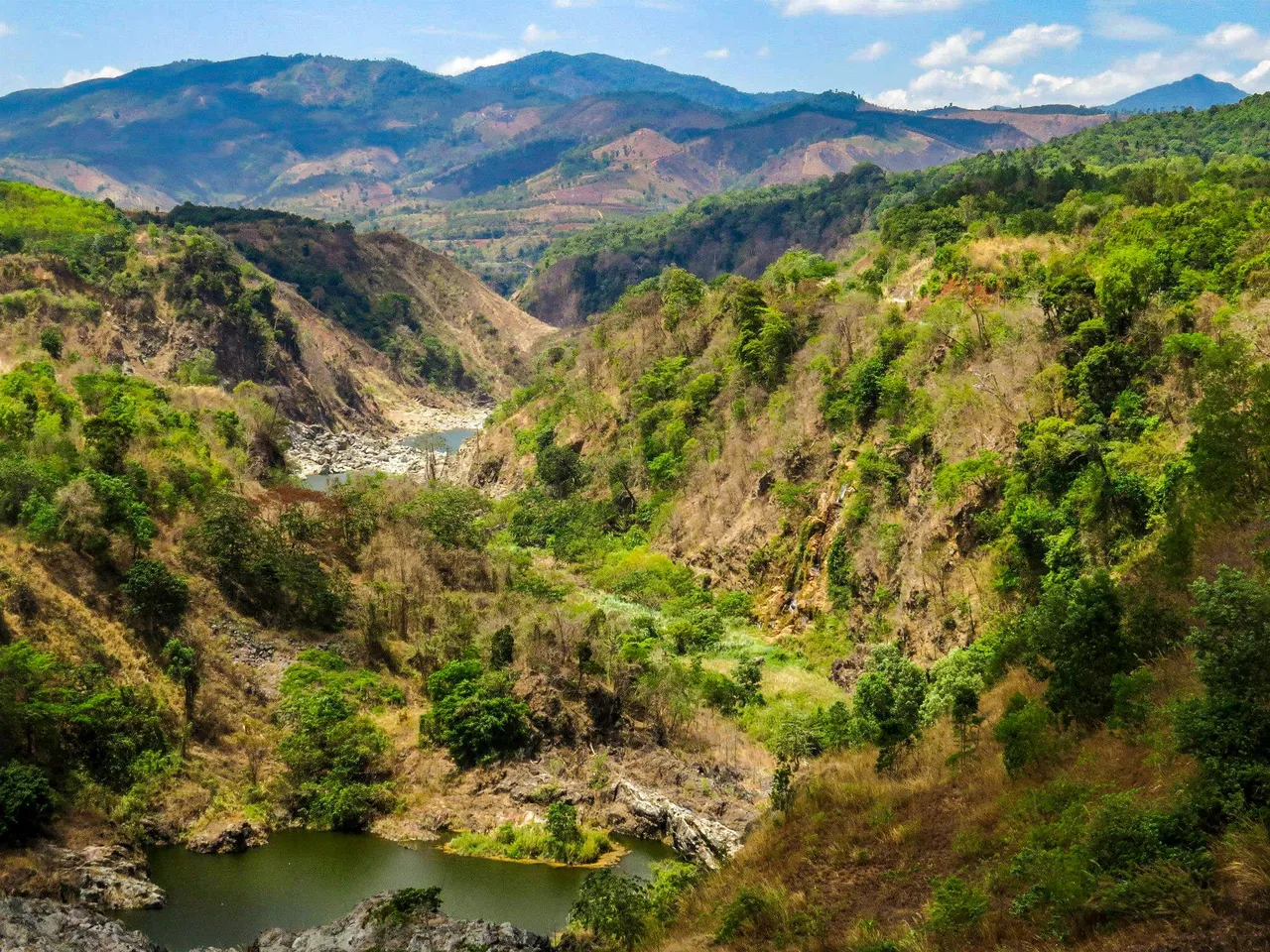

After exploring the tourist attractions of Kon Tum Province, our group continued to explore the land of Gia Lai. From Kon Tum to Pleiku, it only takes about 50km, going in the direction of National Highway 14. We arrived at Pleiku at noon, passing the congratulatory area is a straight road, bringing us into the city. Pleiku has many famous tourist attractions. This land has much fascinating and extremely attractive beauty. The tourist attractions here are very rich, the natural landscape, the system of rapids, waterfalls, streams, and lakes is very diverse. The mountain forests here have very diverse primary flora and fauna. In addition, this land of the Central Highlands also attracts tourists by the seasons of wild sunflowers, cassia flowers, and coffee flowers that bloom in March. After arriving in Pleiku city, we went to have lunch and find a hotel to rest. Rest after blocking the long journey.
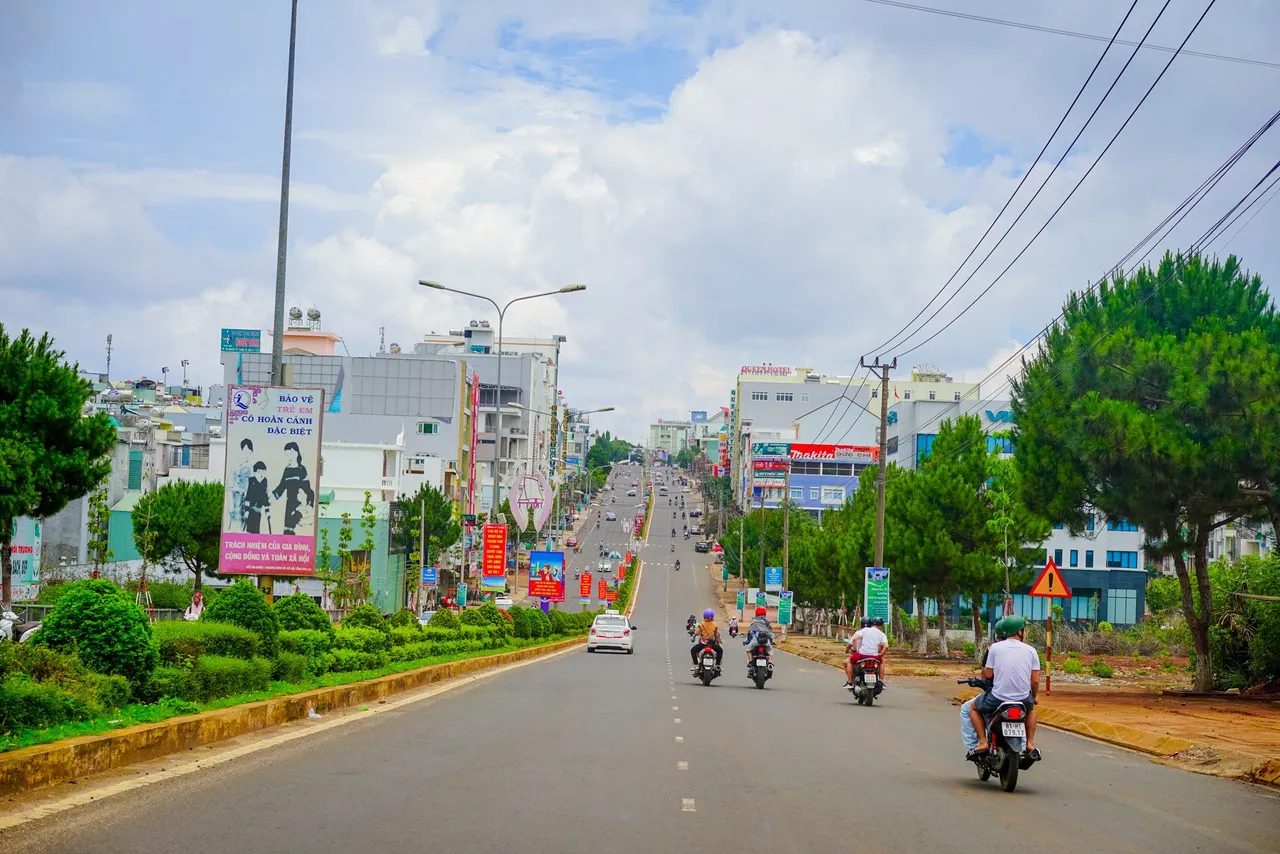
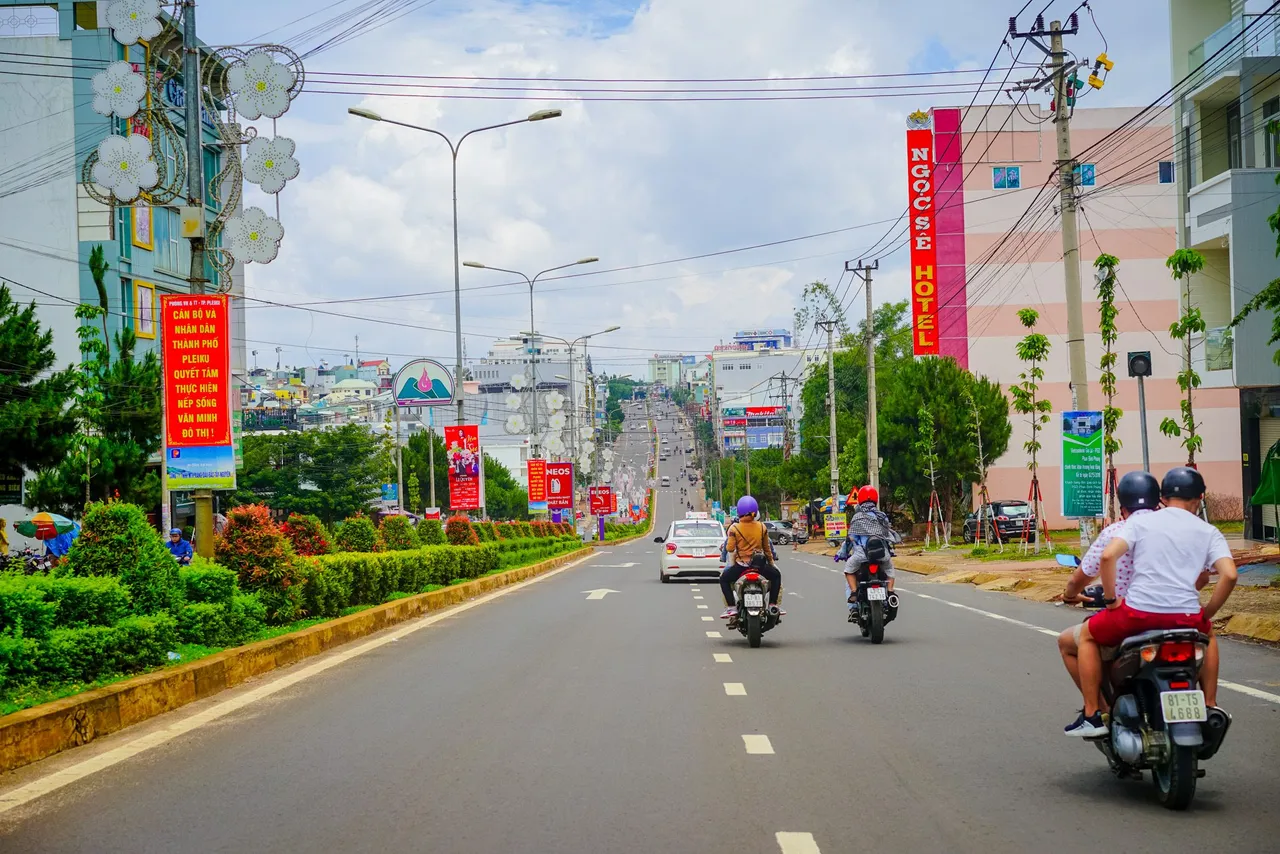
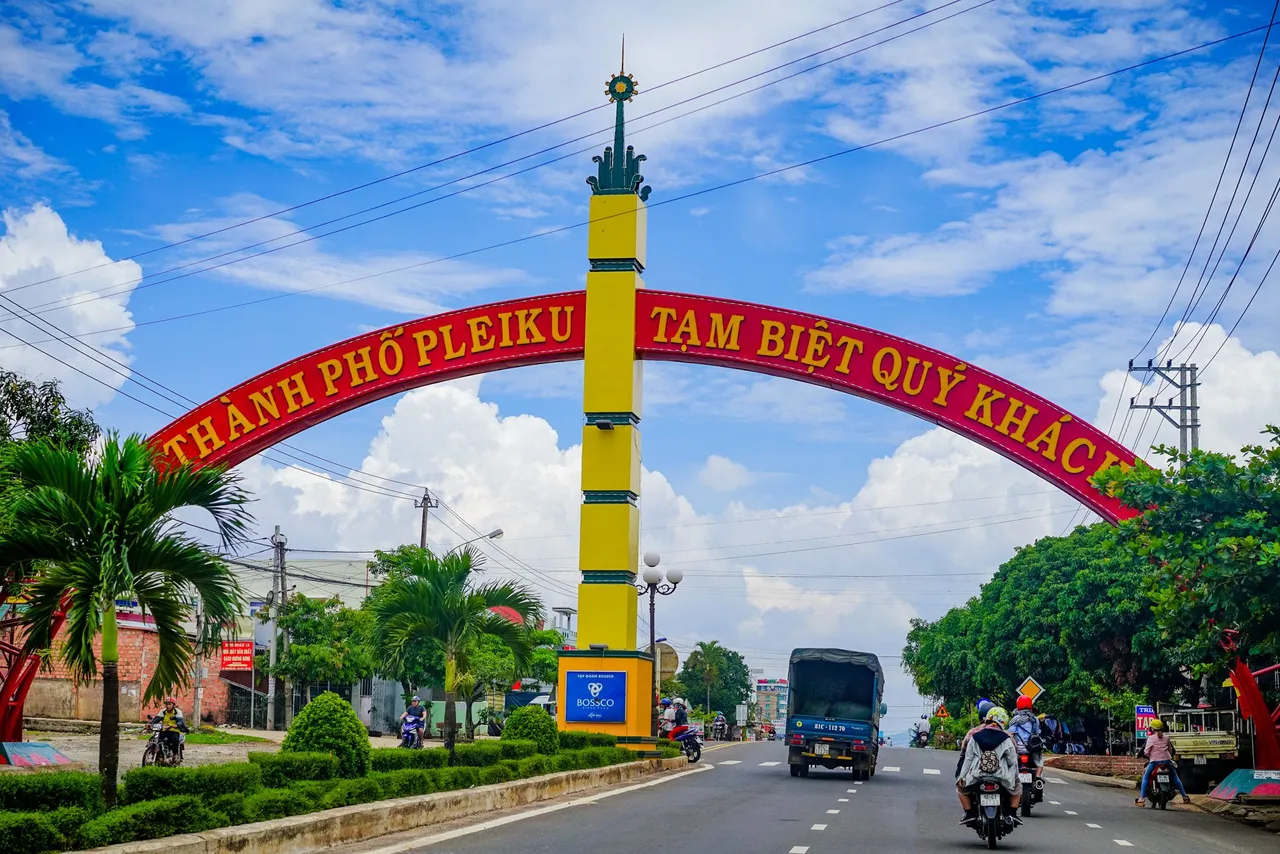
The first place that my group started to visit was Bien Ho tea hill. It is located 15km north of Pleiku city center. Located in Chu Pah district. This tea hill is also the first tea plantation of the French, built in the early years of the 20th century. The most beautiful time on the tea hill is around October because this is the time when the fields of green tea are green. at its best, after the summer rains. In October in these tea hills, there will be a common flower that grows here, which is cassia. Interwoven with the green tea leaves are the yellow flowering cassia trees, making the scene here more brilliant.
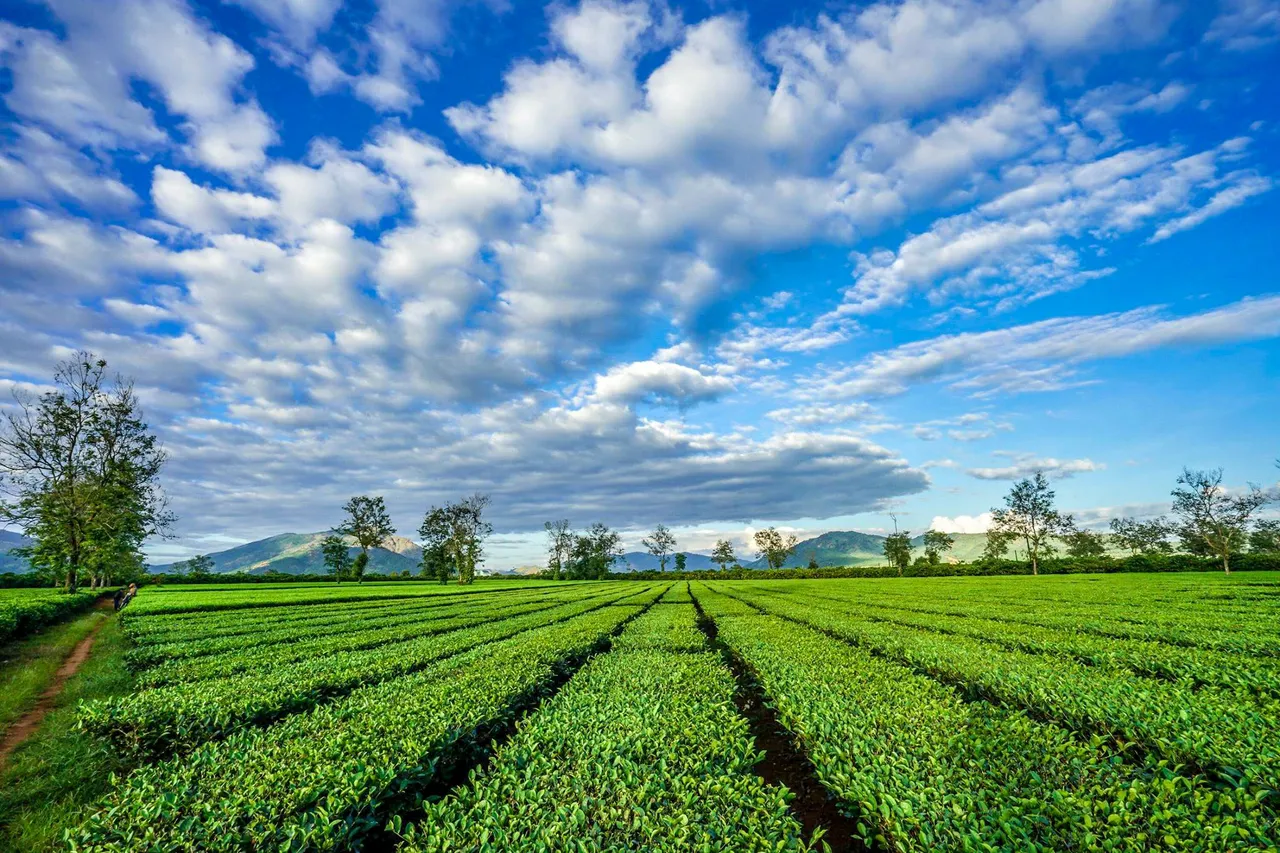
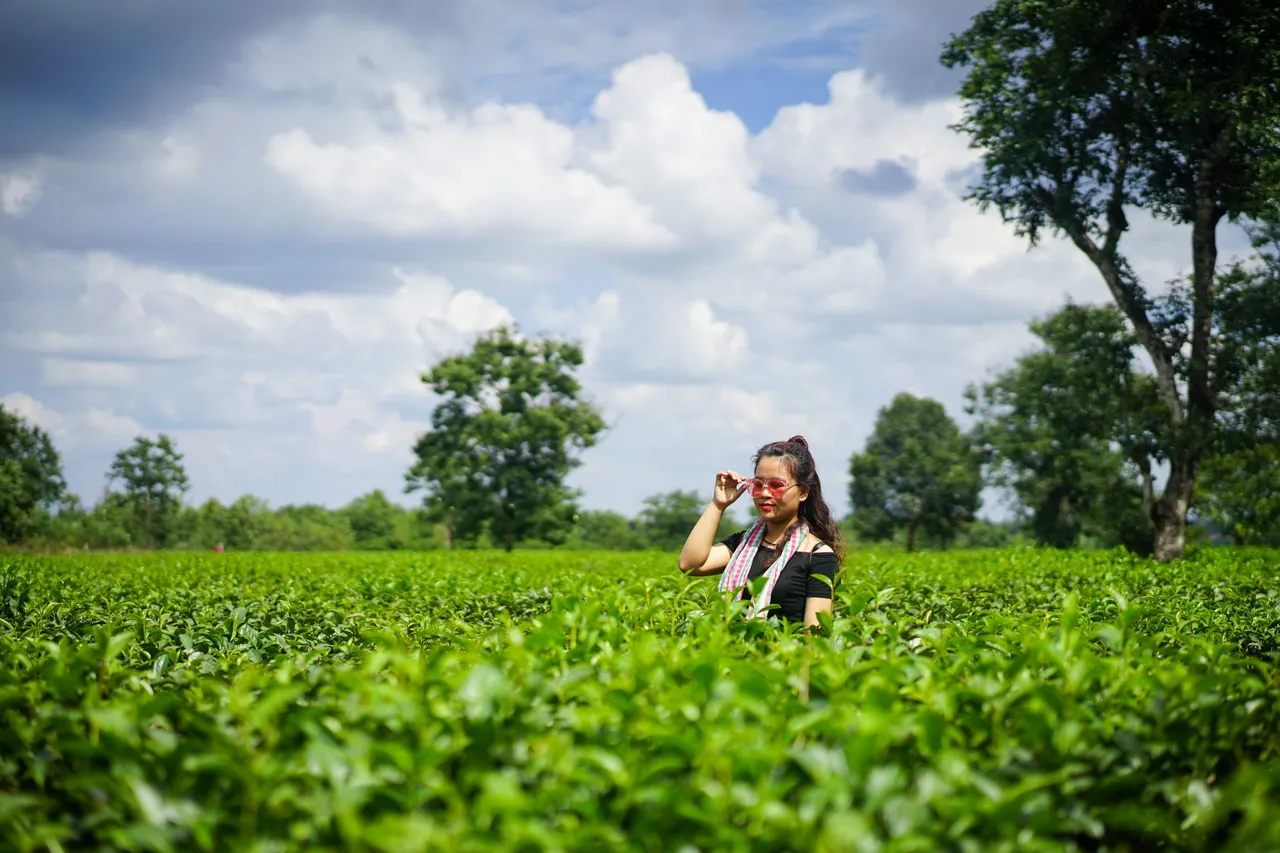
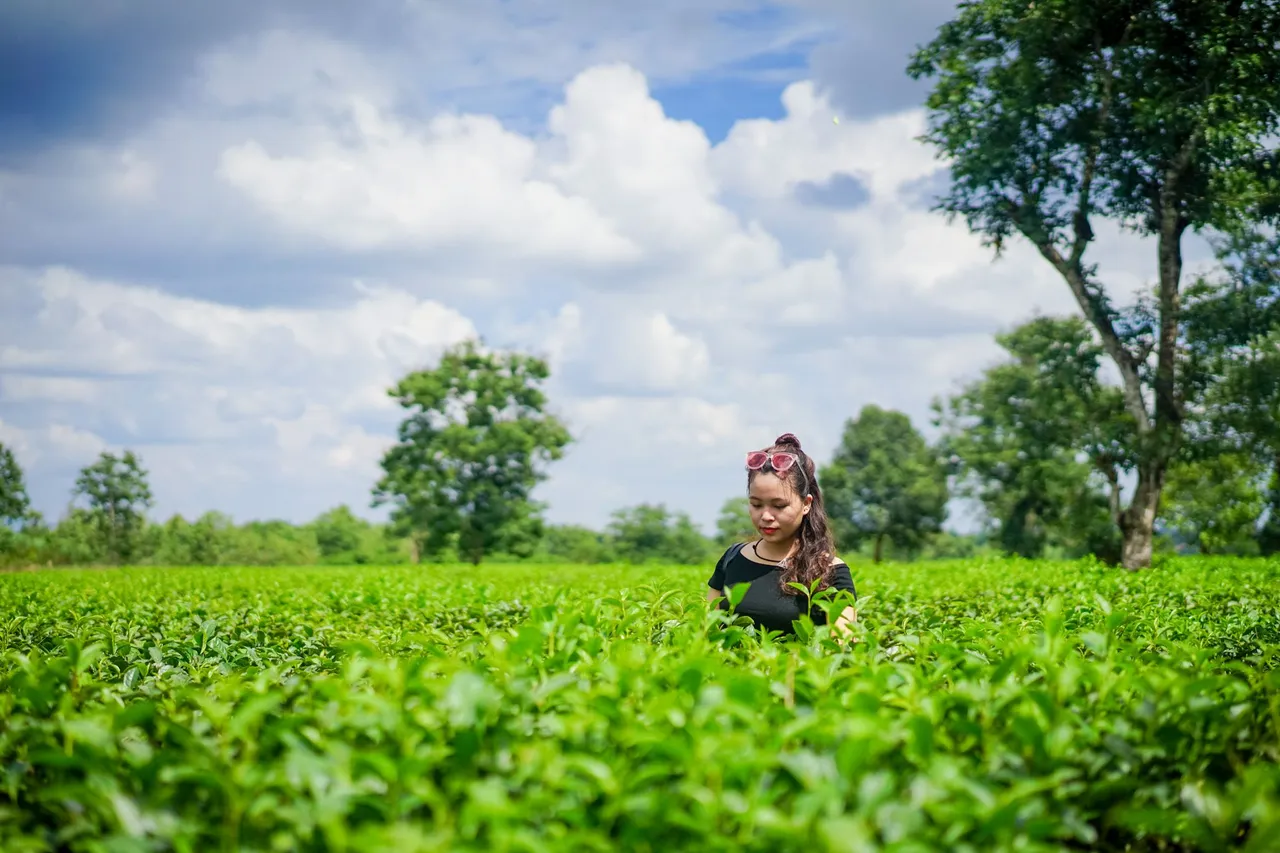
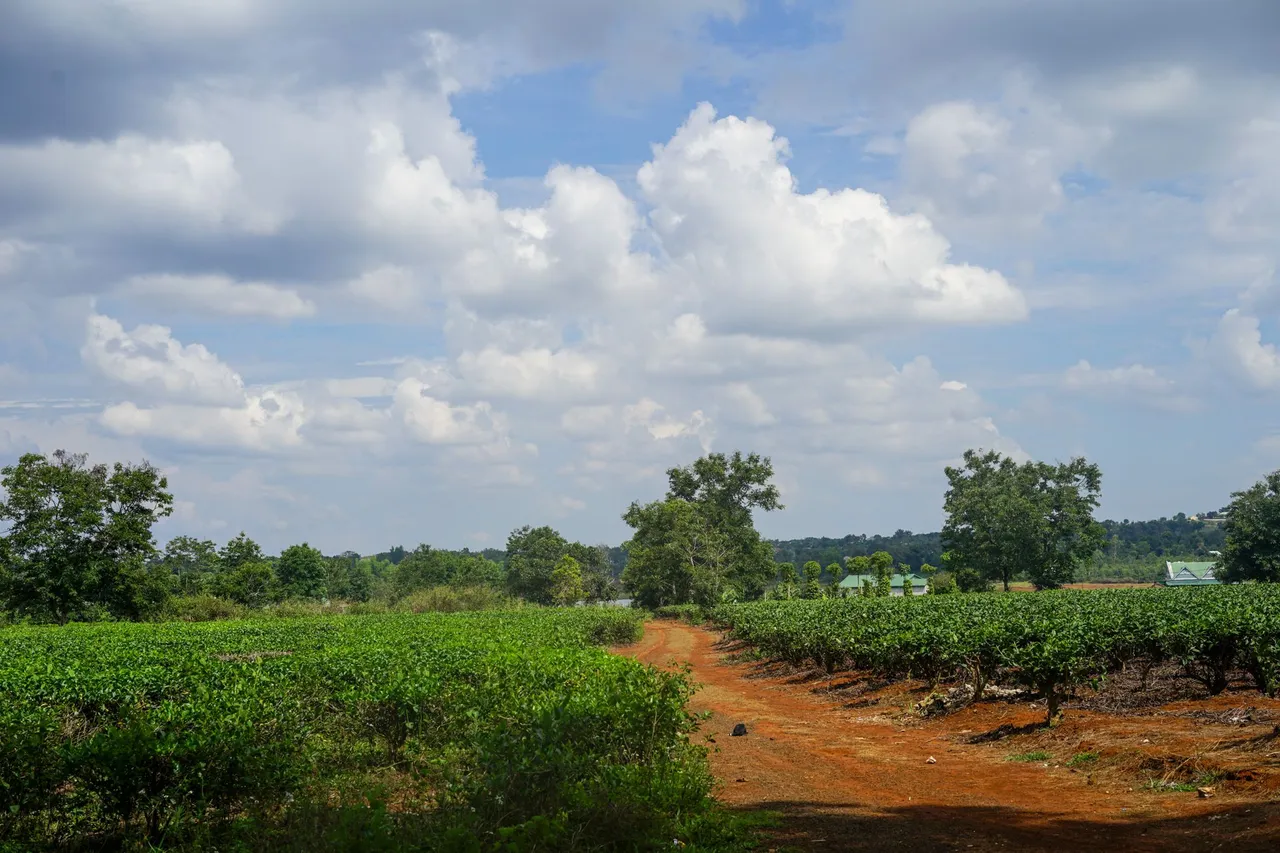
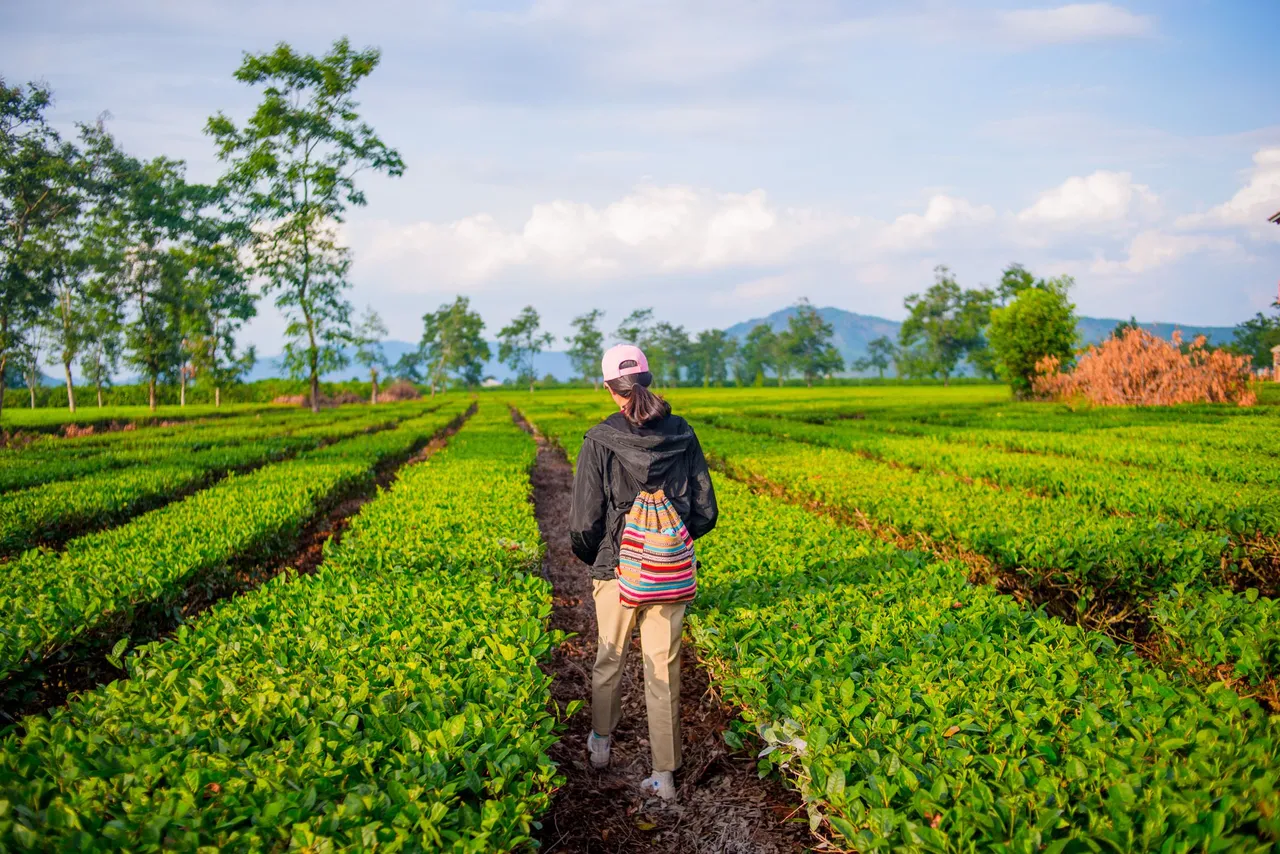
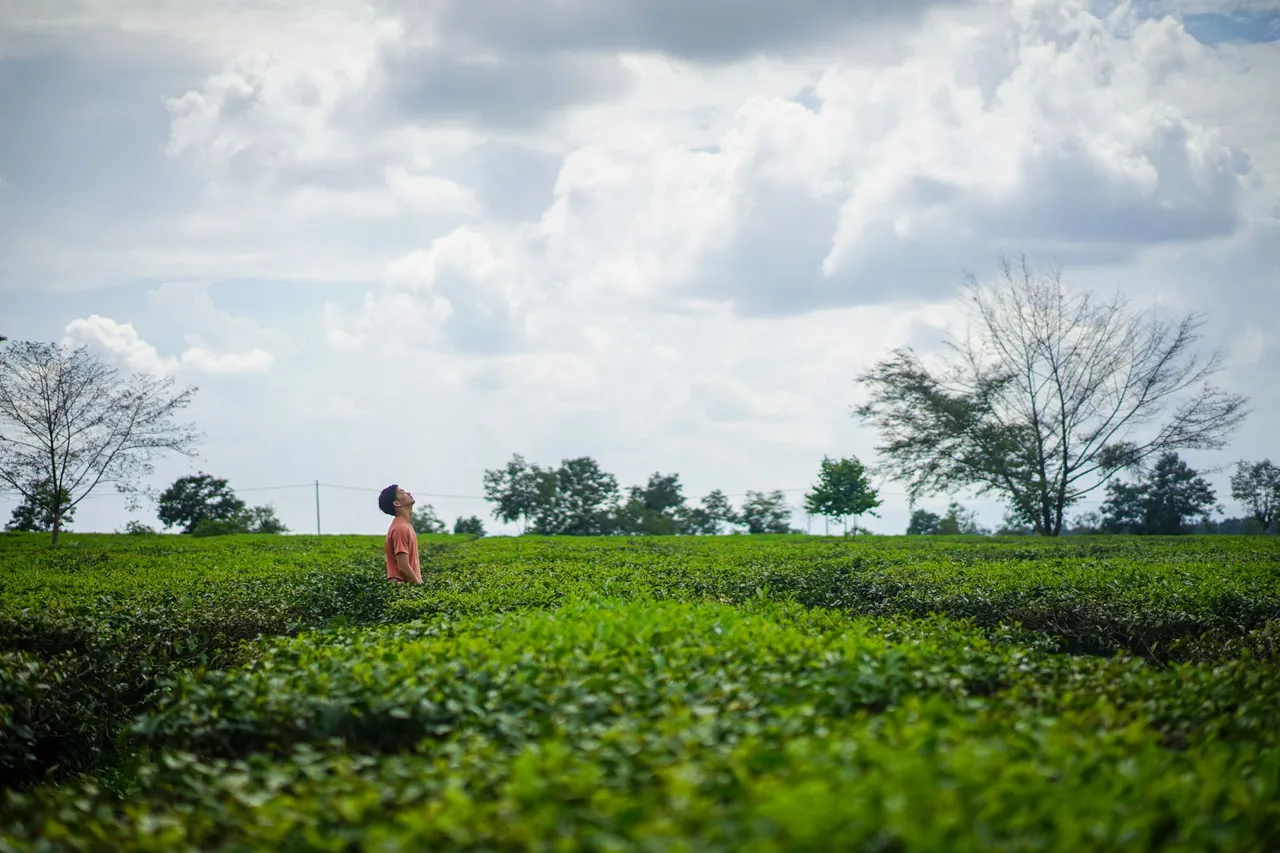
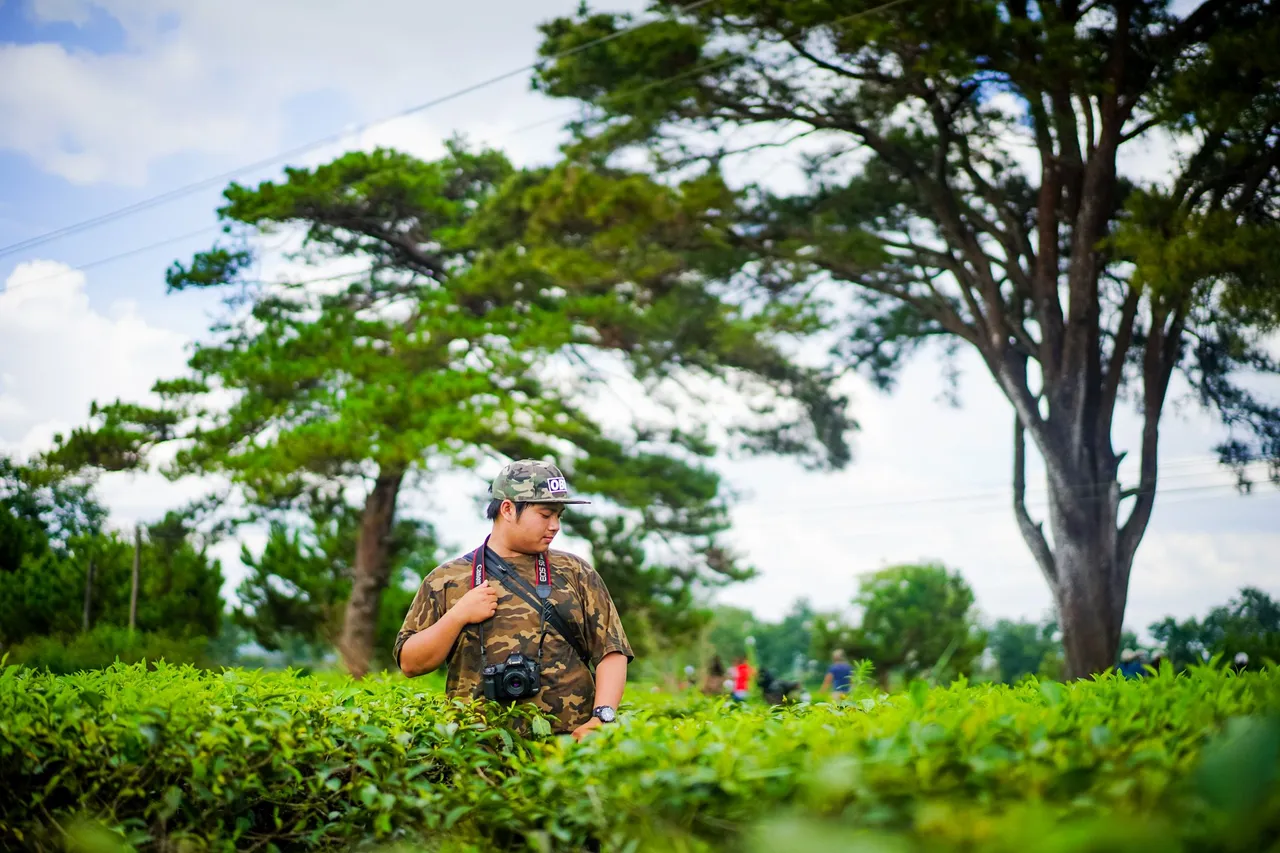
Next to the tea hill, there is a small road, on both sides of the road are rows of coniferous pine trees covered with shade. This place is given a name by the people, the Korean road. Because of the large trees, growing in a row on both sides, this place is visited by many tourists to visit and take pictures. Looking out into the distance near the tea hill area, there is a pagoda named Buu Minh. This temple has been associated with the tea hill for more than 50 years, the temple has a spiritual beauty, making the scene here very peaceful every afternoon. Our group watched the sunset here with a very beautiful red sky. After watching the sunset, we continued to return to Pleiku city, ending an afternoon of exploring the land here.



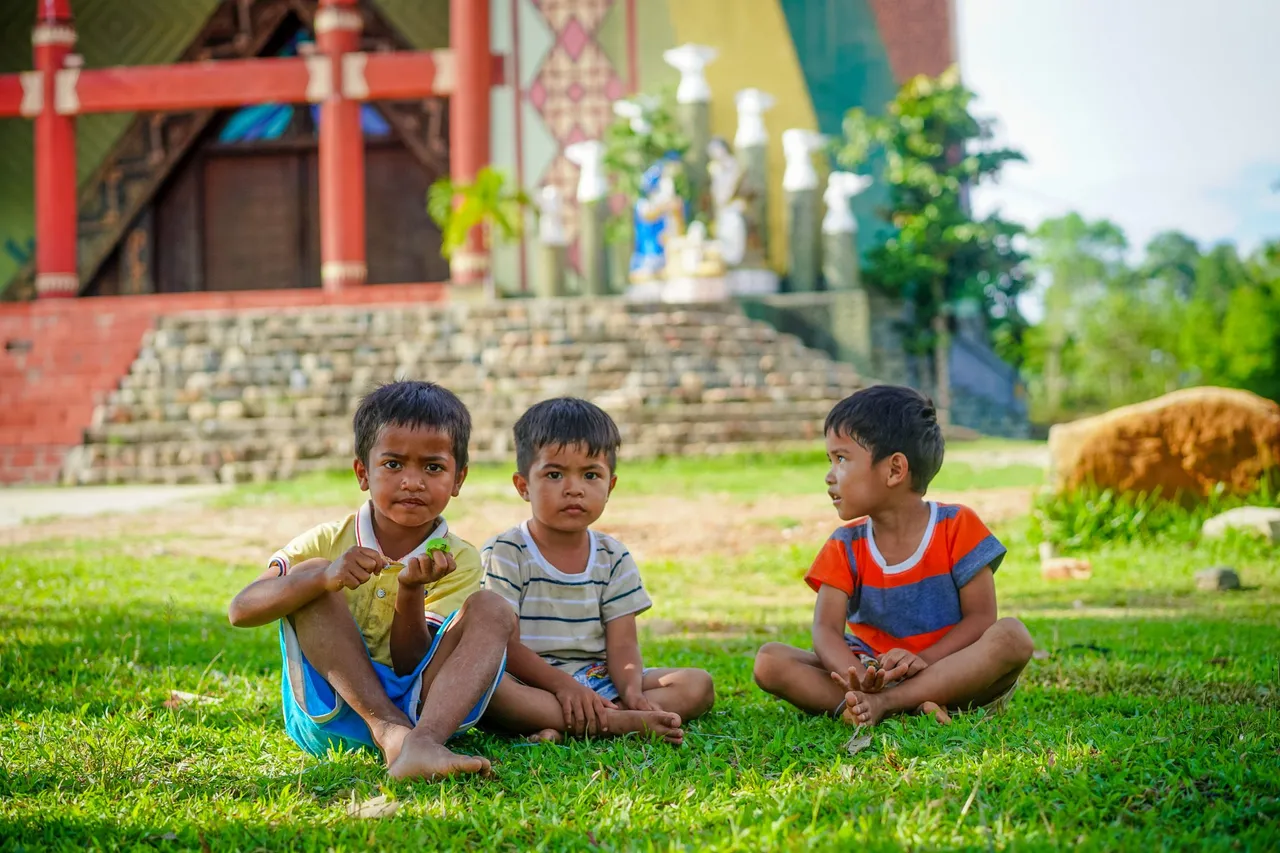
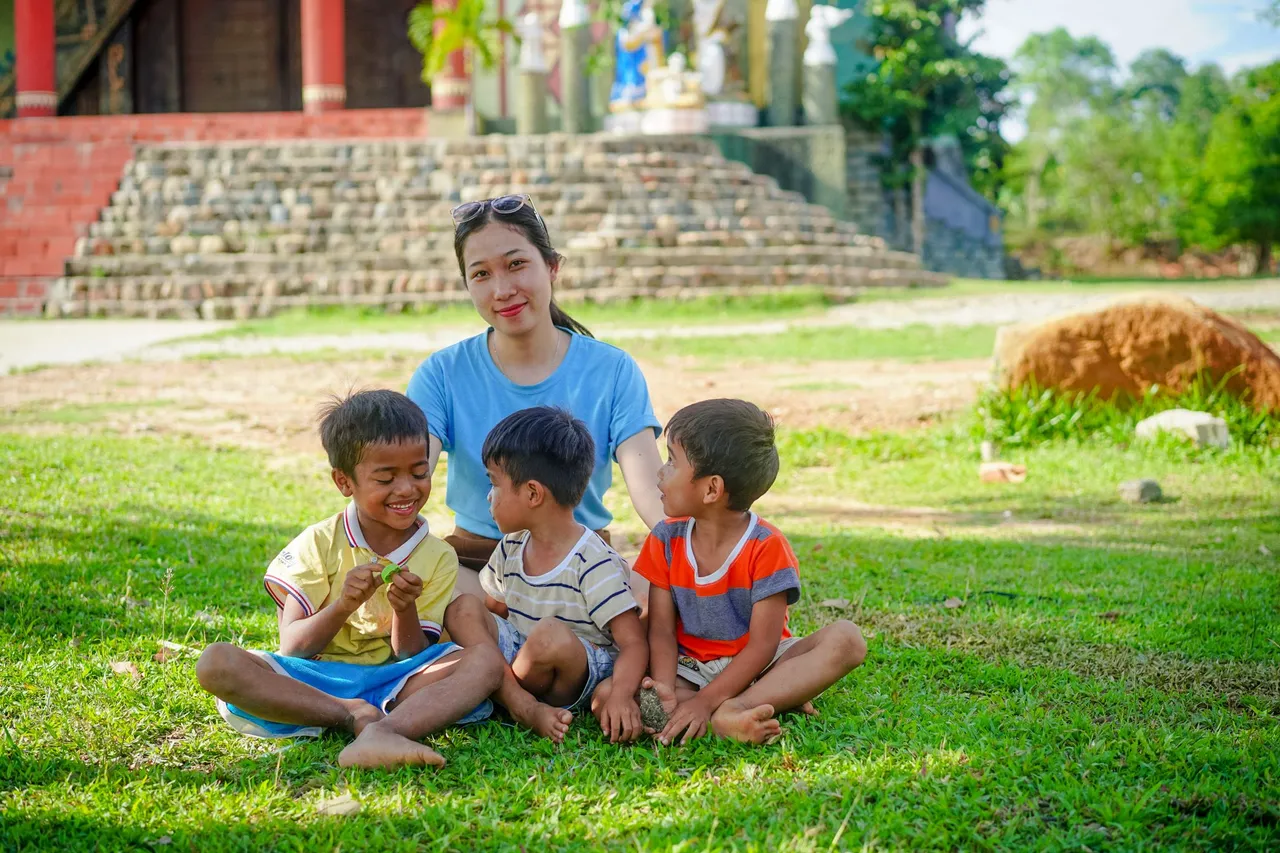
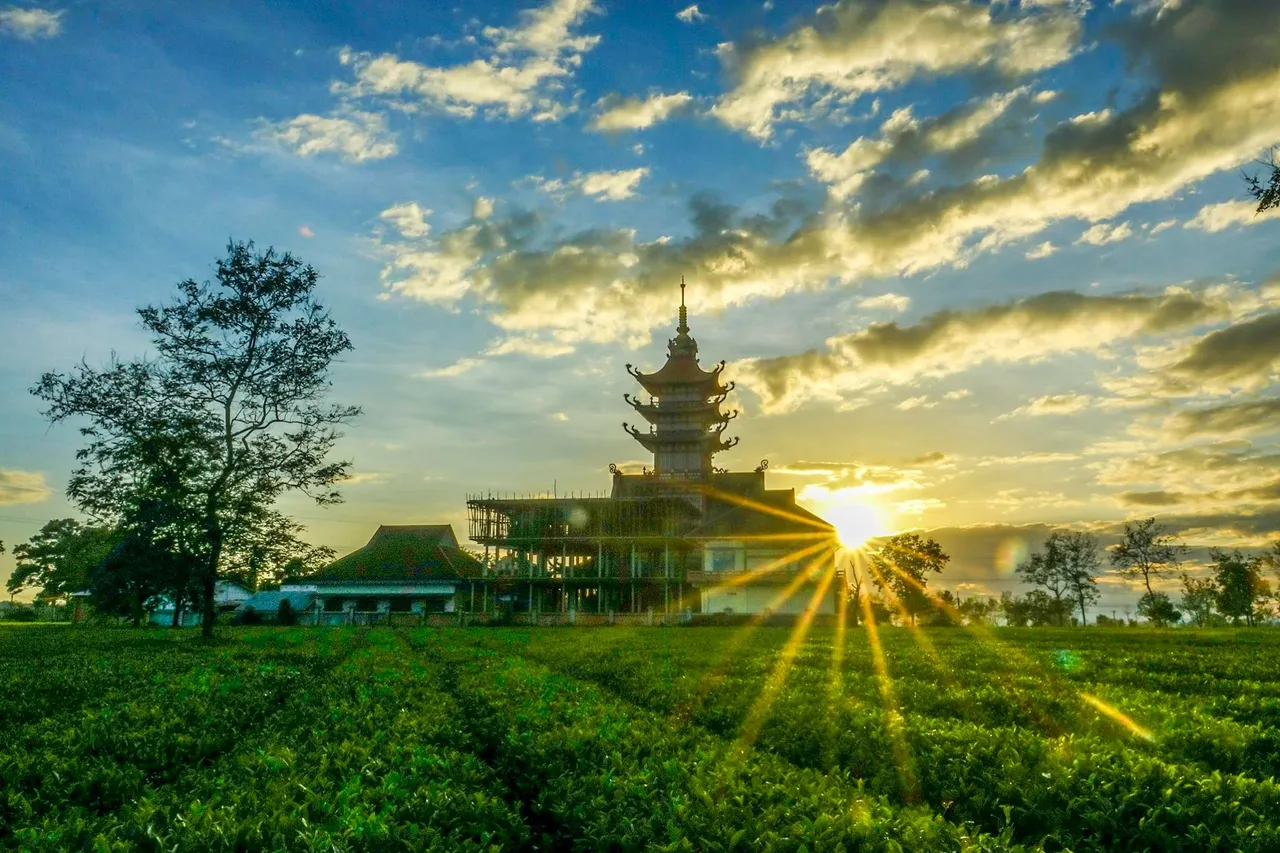
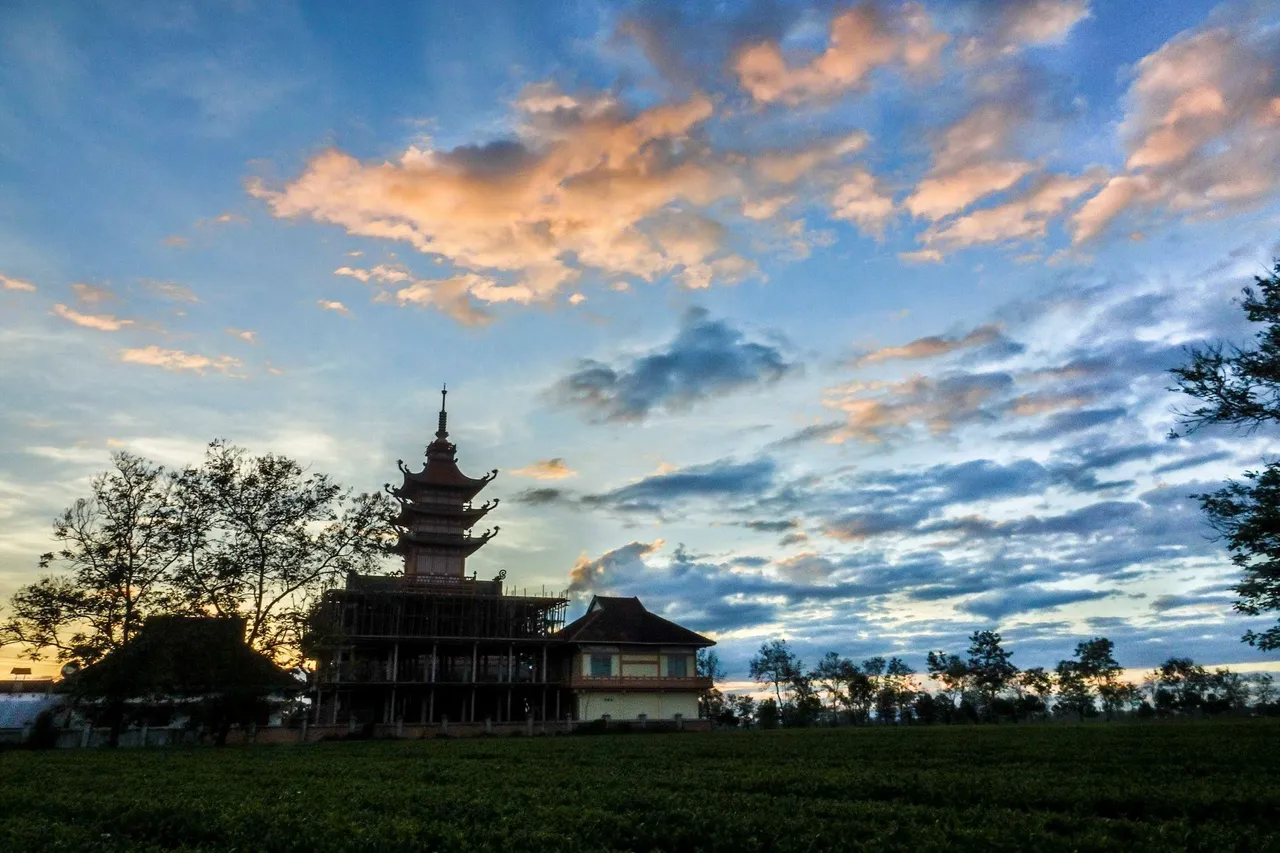
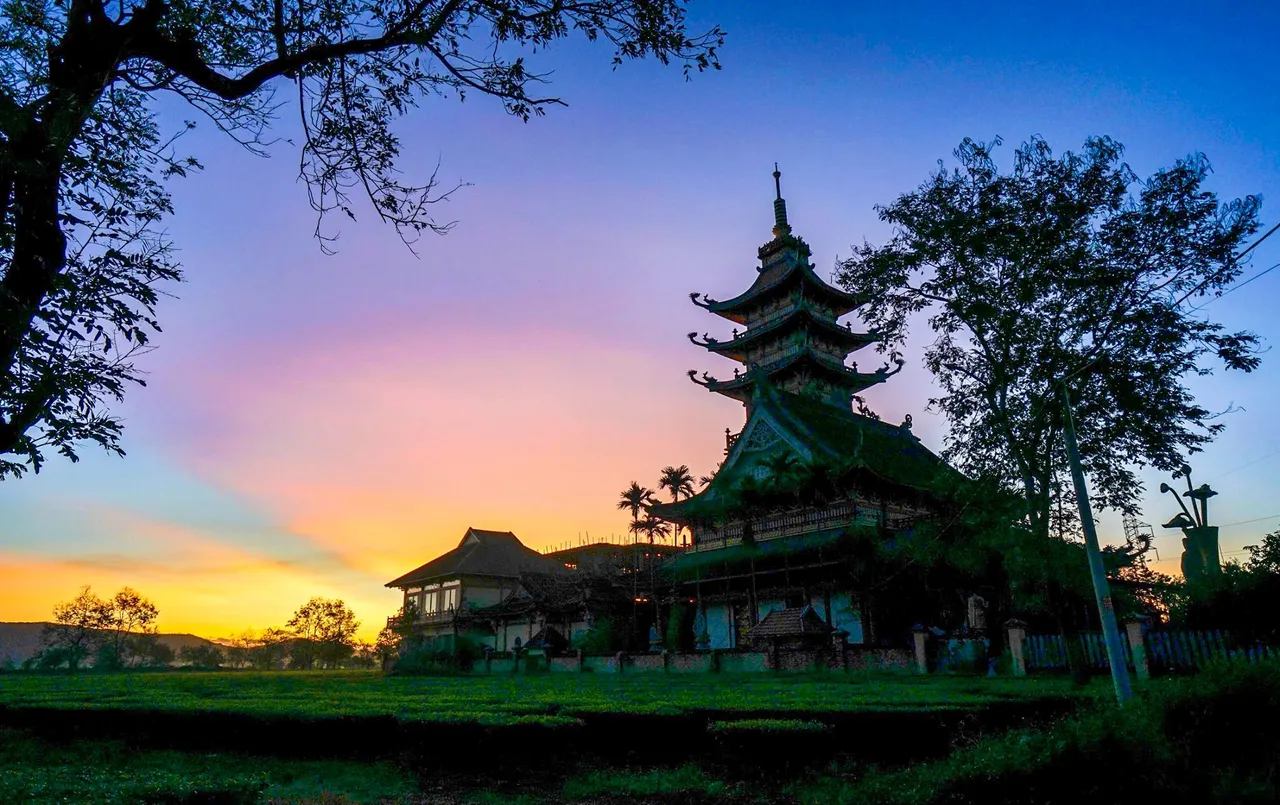
In the morning of the next day, we decided to catch the sunrise at To Nung Lake. It is located 8km from the city center. As the largest freshwater lake in Pleiku, it is one of the most important freshwater reservoirs for Pleiku city. At the bottom of the lake is one of the ancient craters that has ceased to function, so there are deep holes in the lake bed that you can't see. The area here is planted with a lot of pine trees, with rows of tall conifers, making the landscape here very beautiful. Watching the sunrise here is a wonderful thing, every time you visit Pleiku city. Because the lake area is quite large, it is likened to a beach. We continue to move around the lake area, in May, the water level at To Nung Lake is very low, so there will be a lot of smooth green lawns, herds of cows grazing in the area. This makes the place very peaceful, we had a great time here.

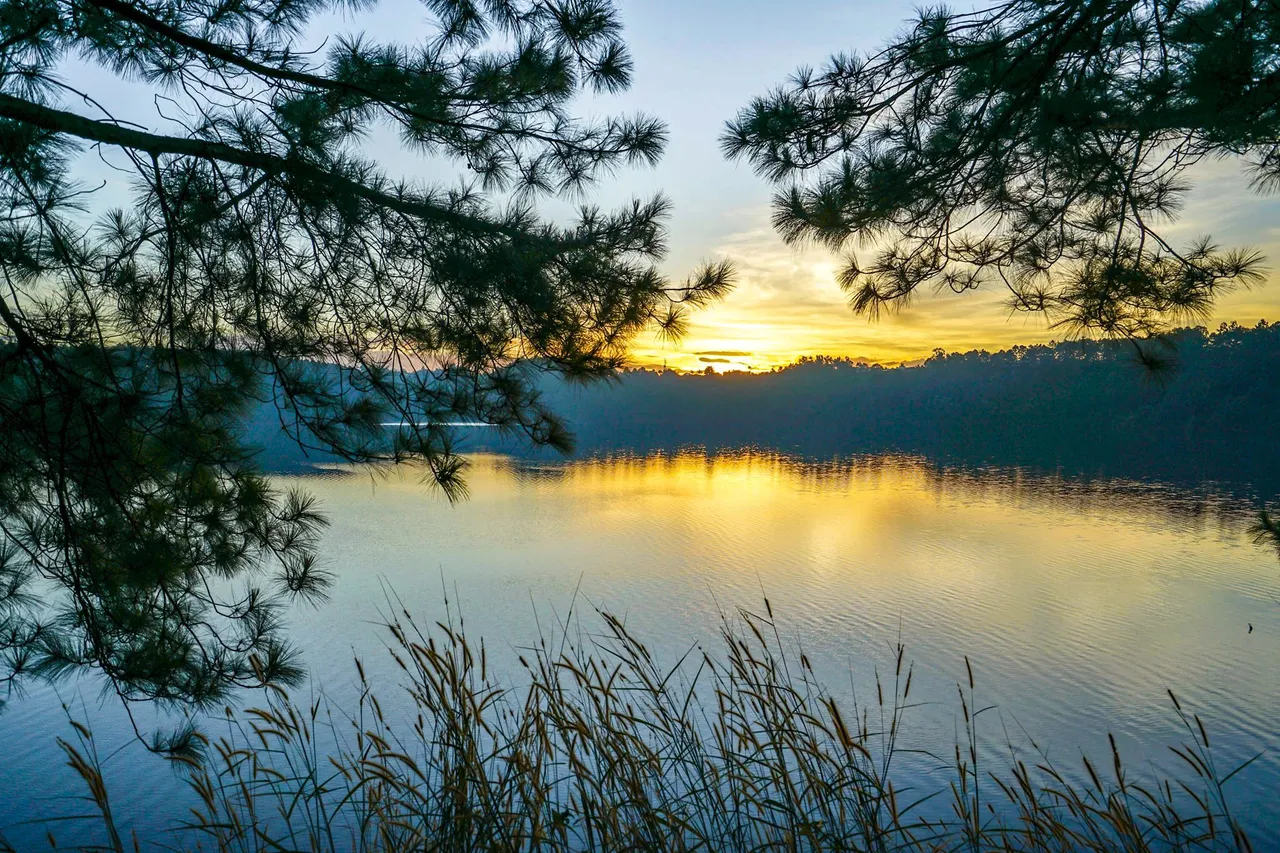
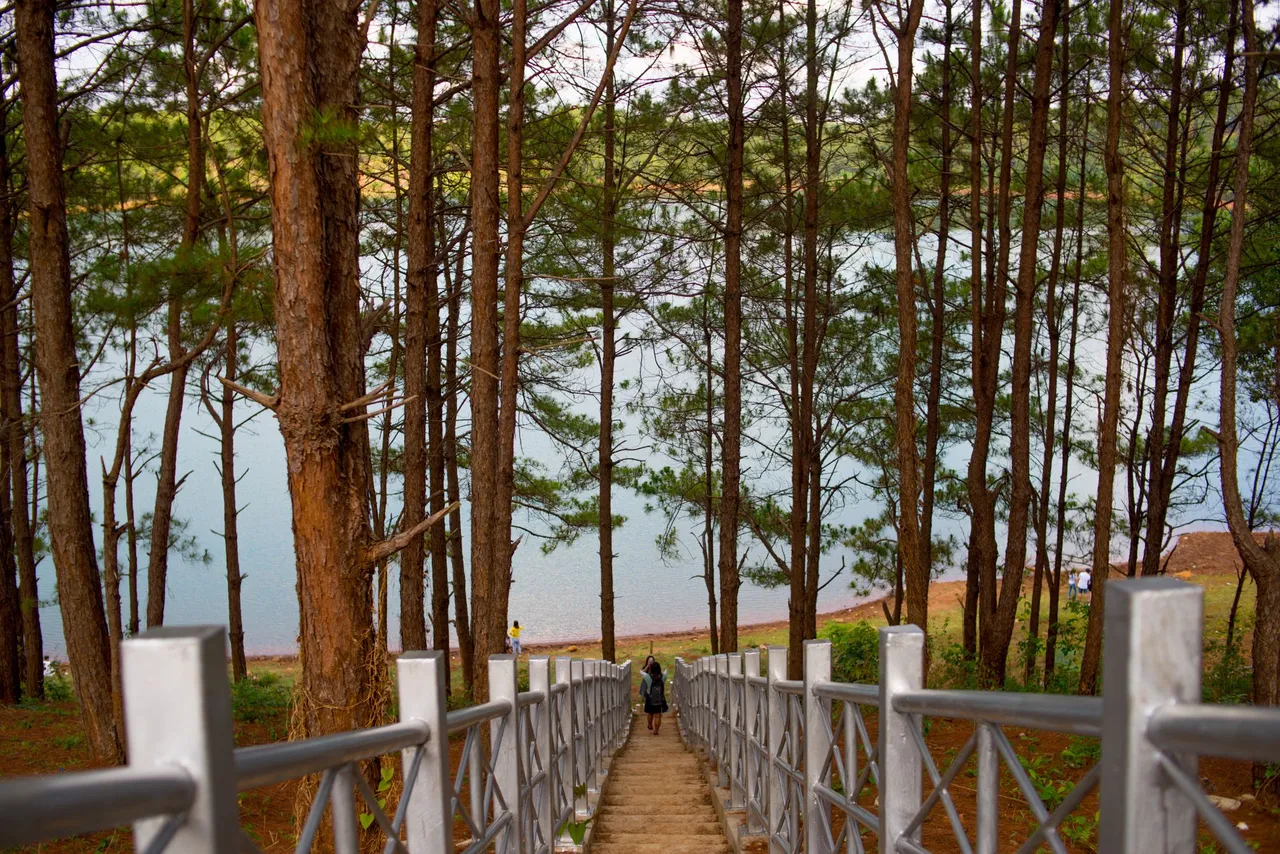
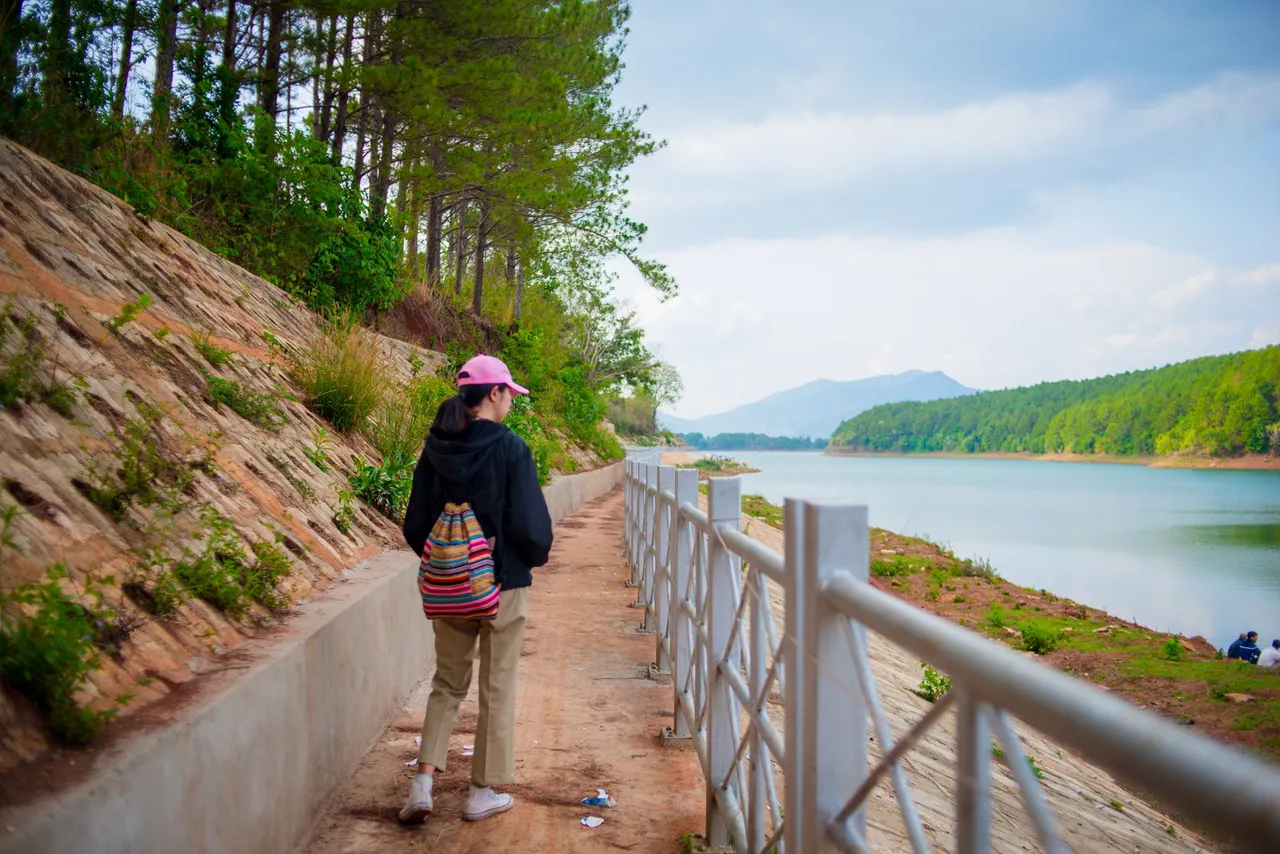
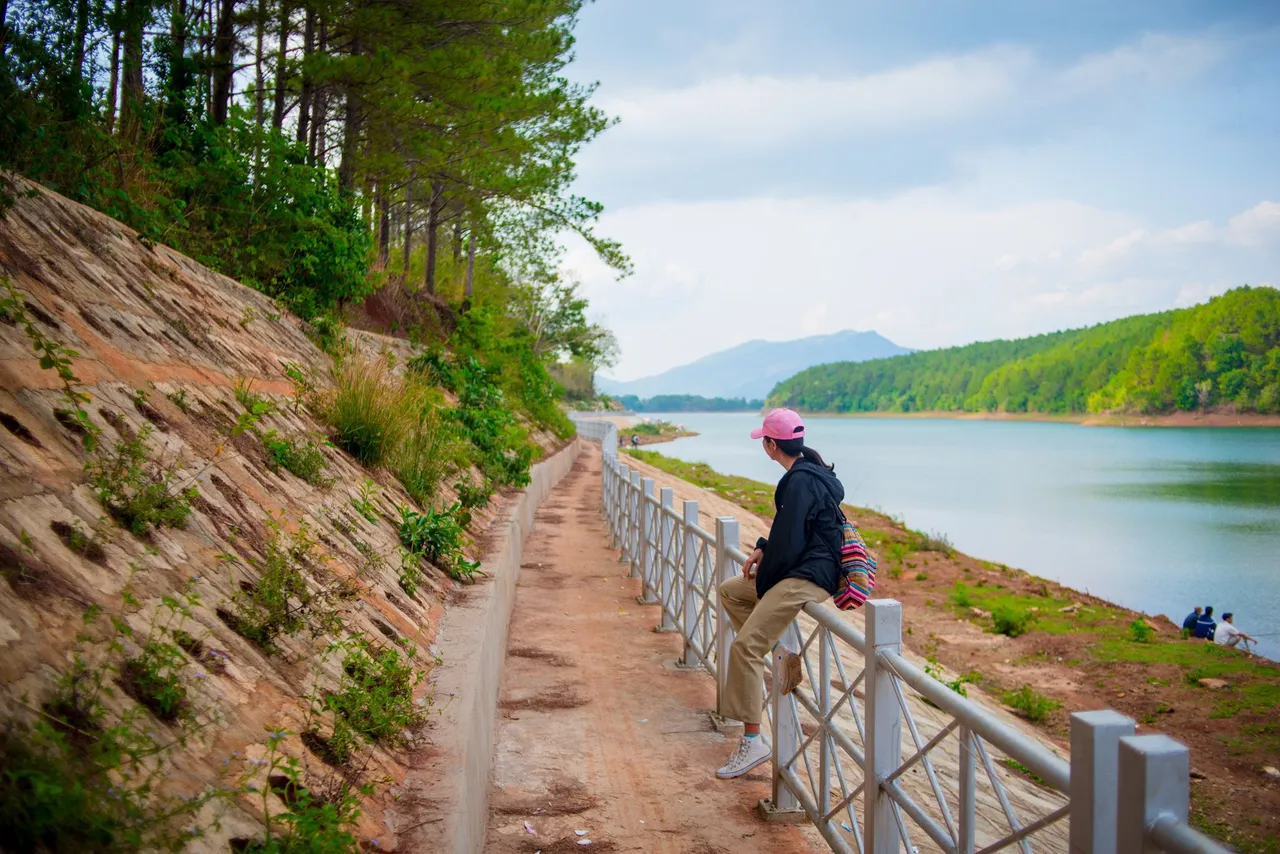
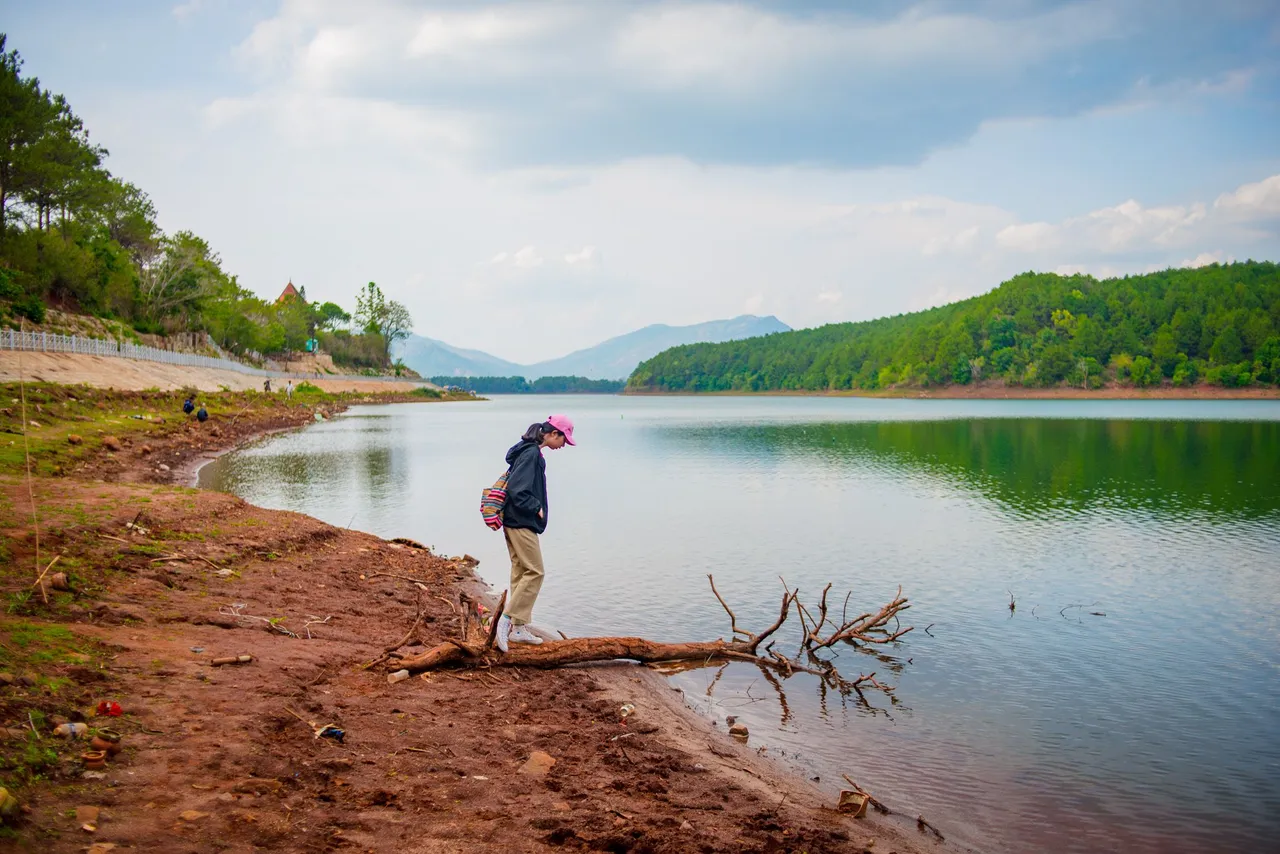
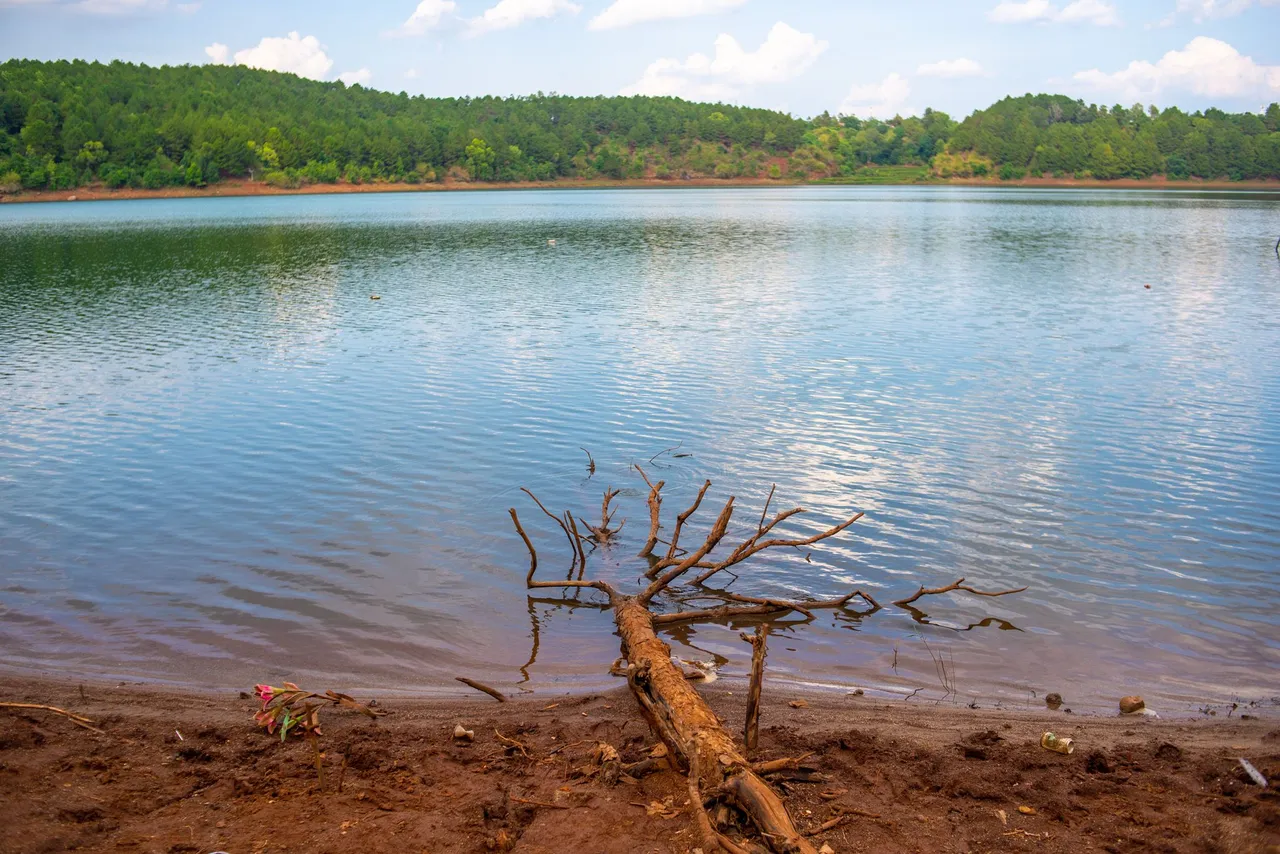
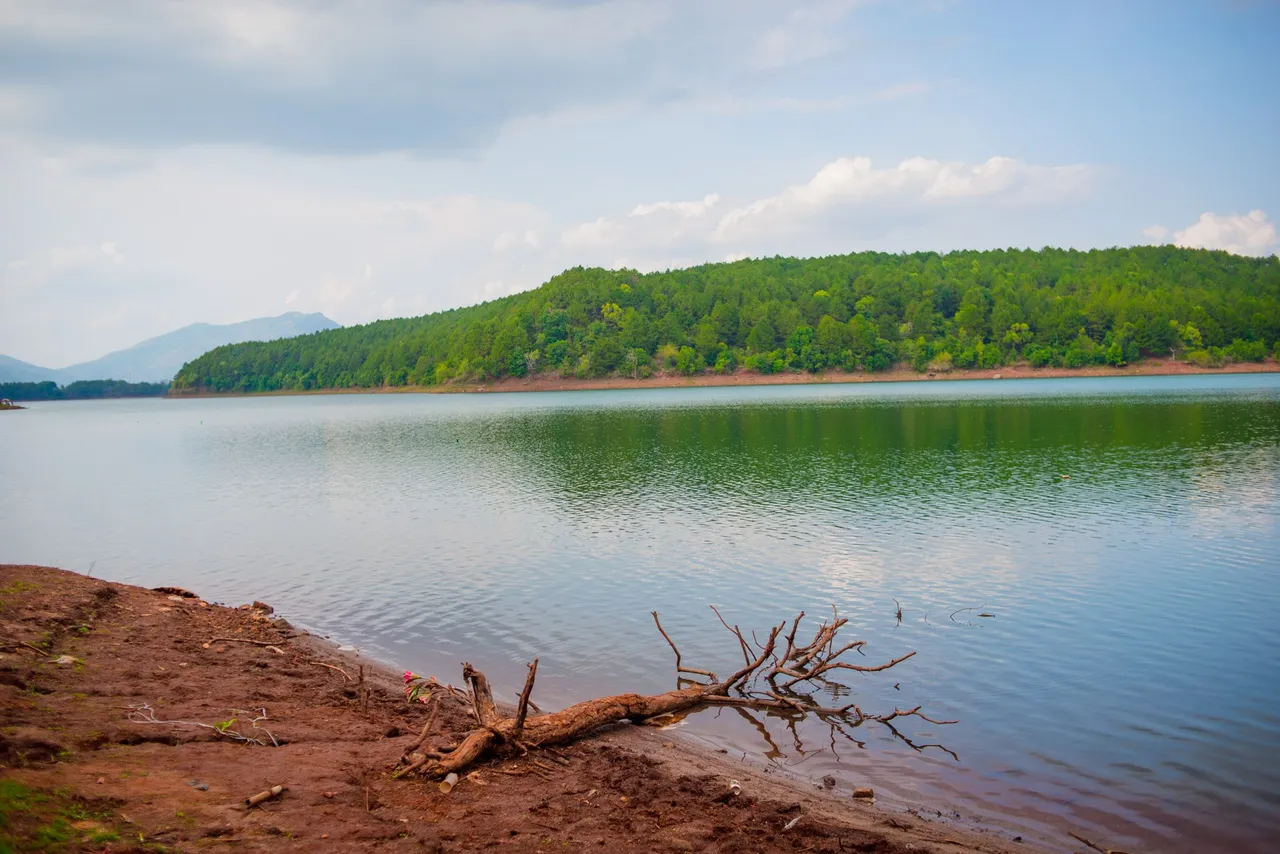
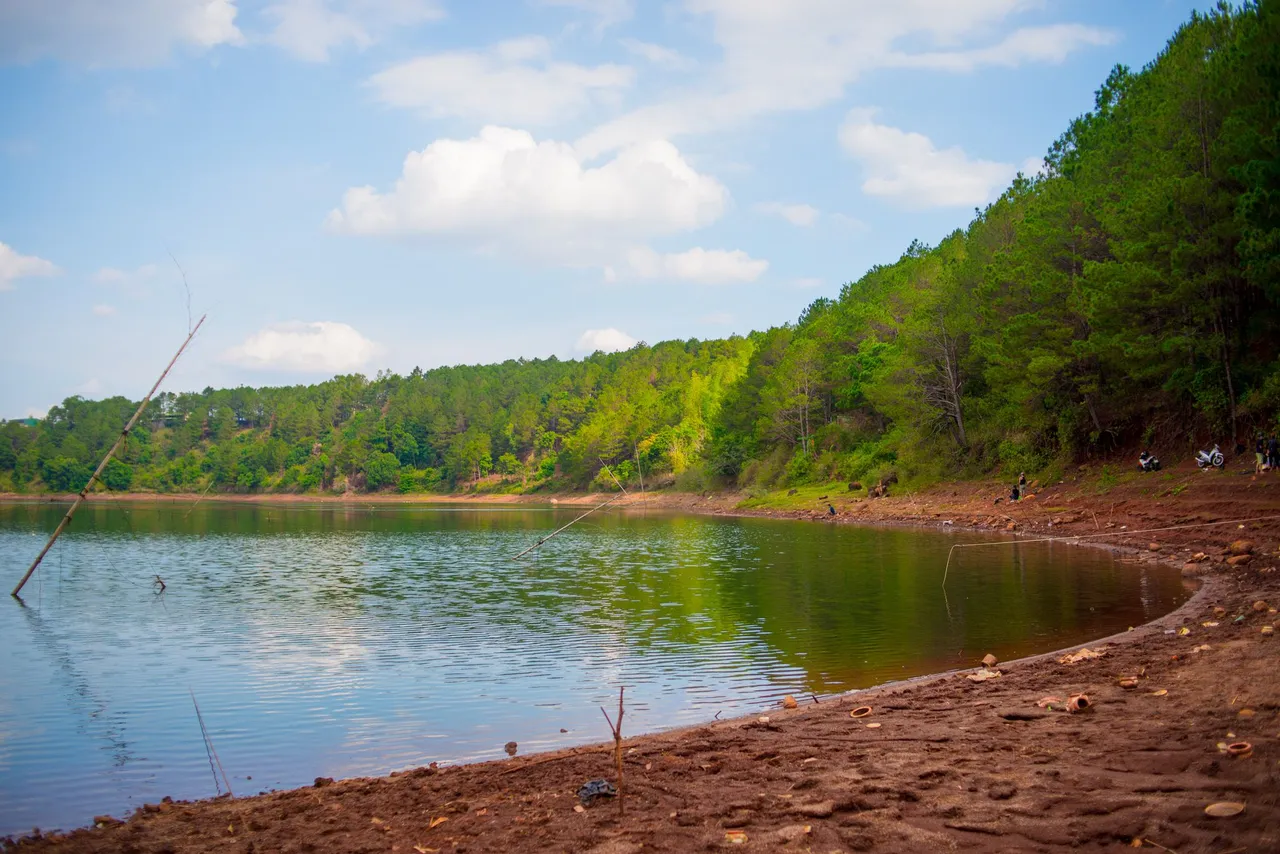


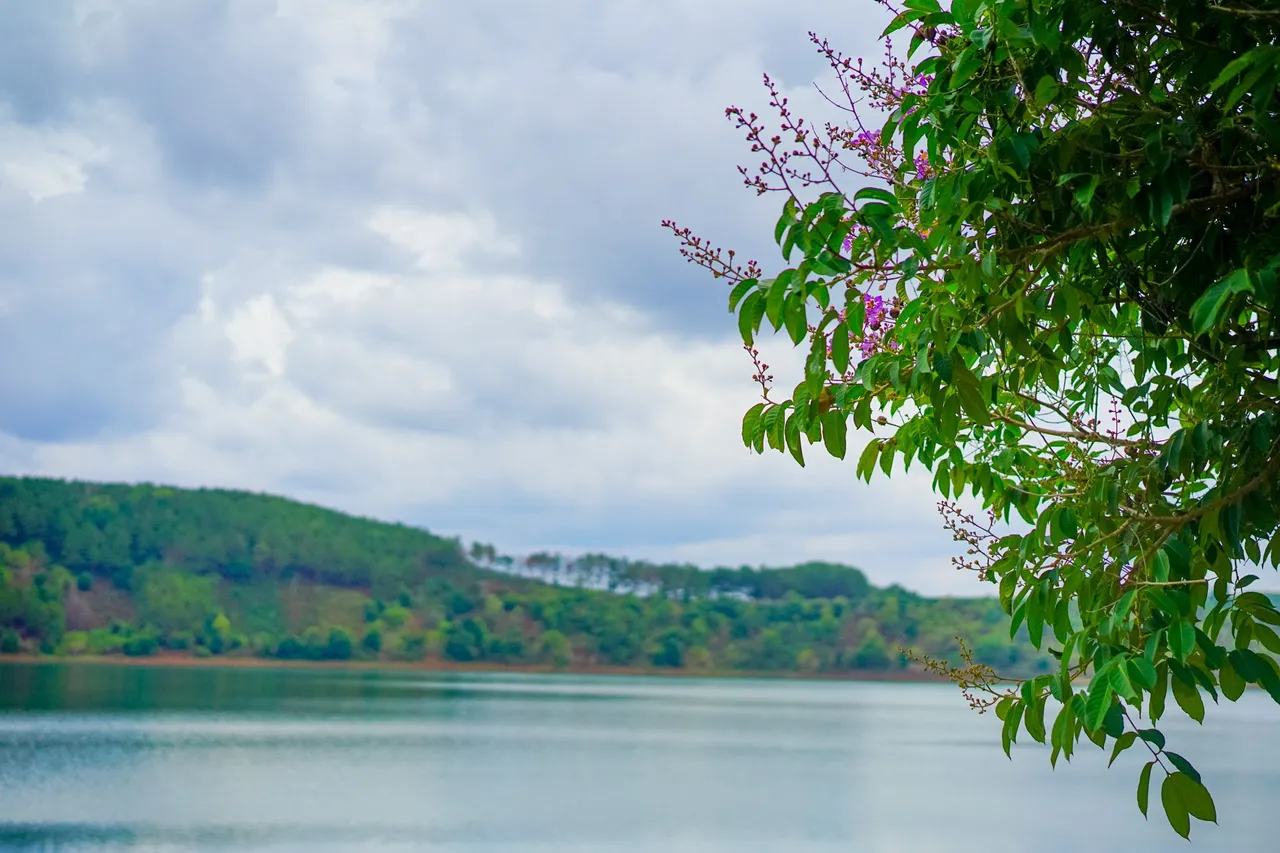
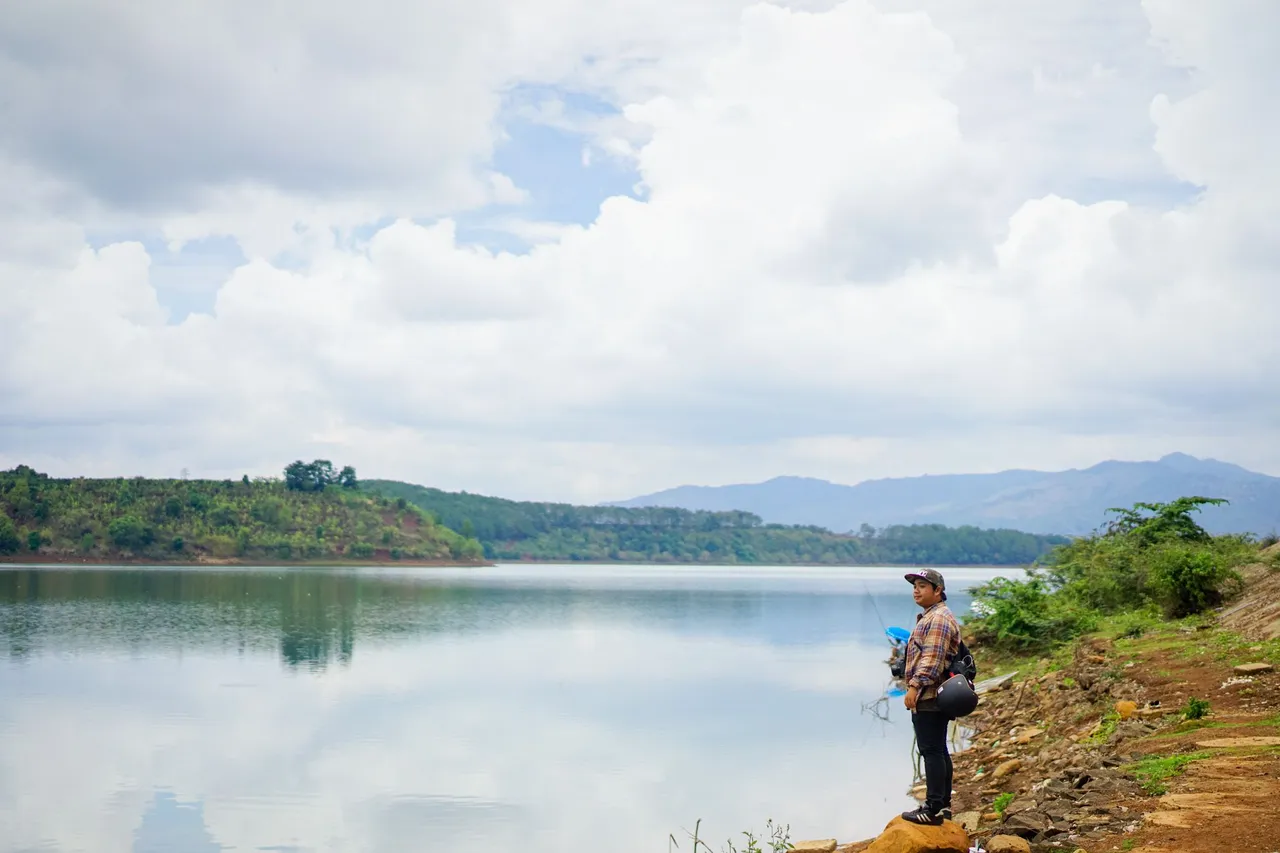
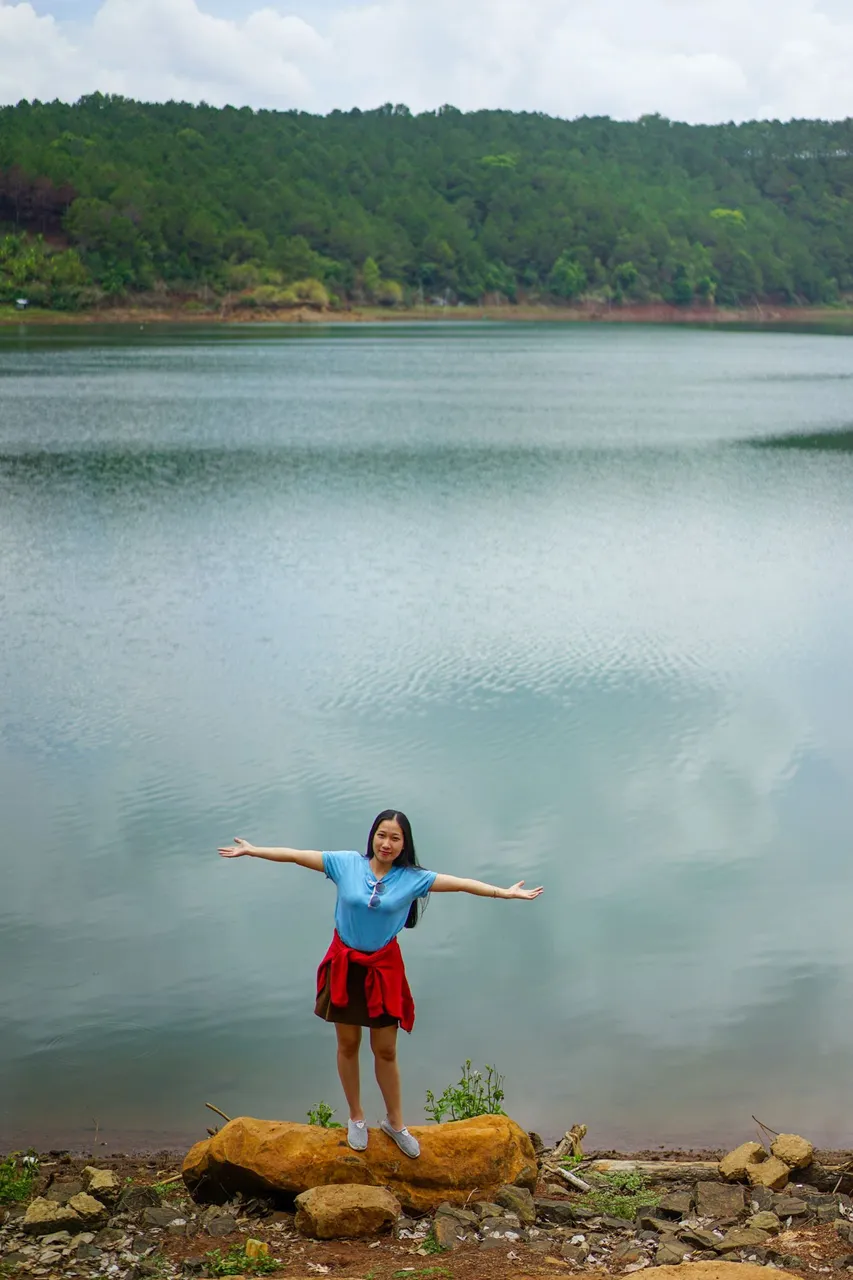
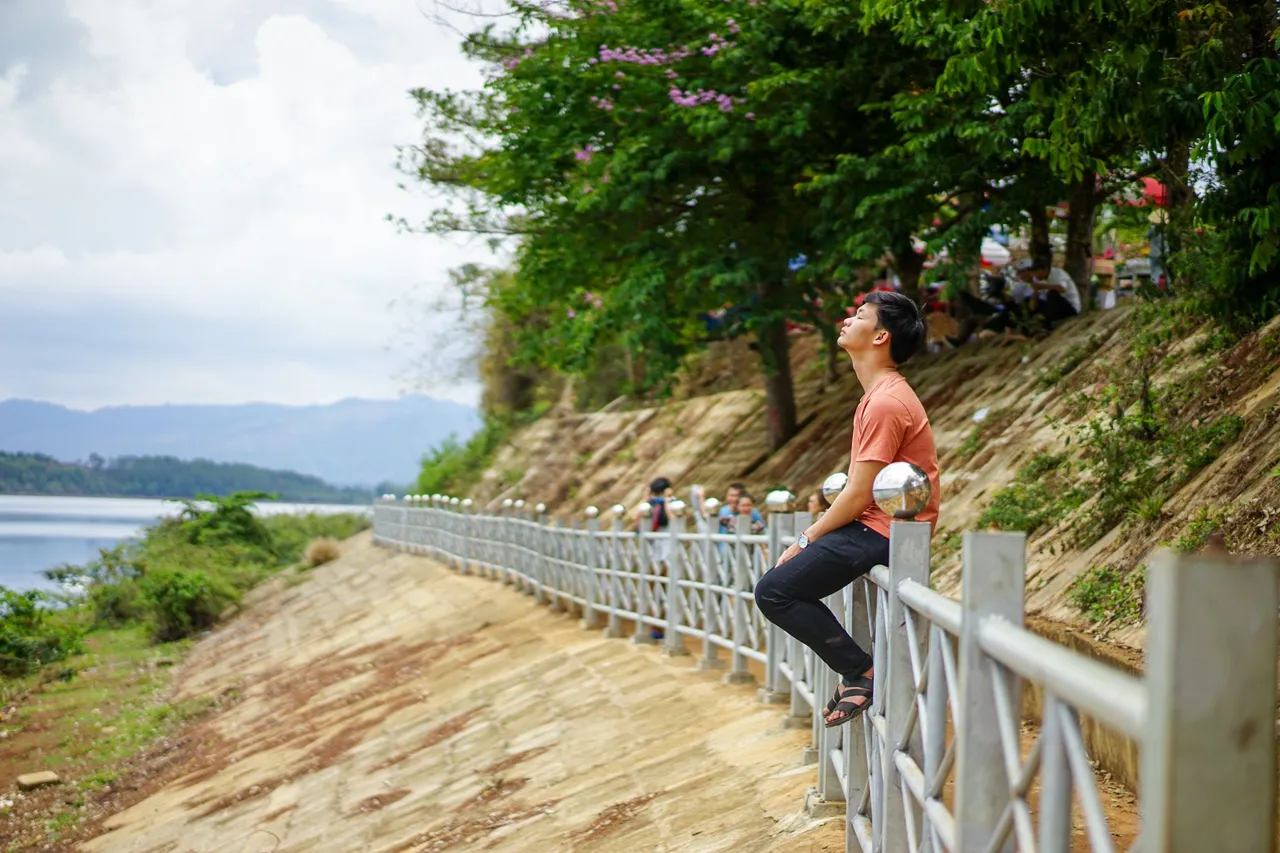
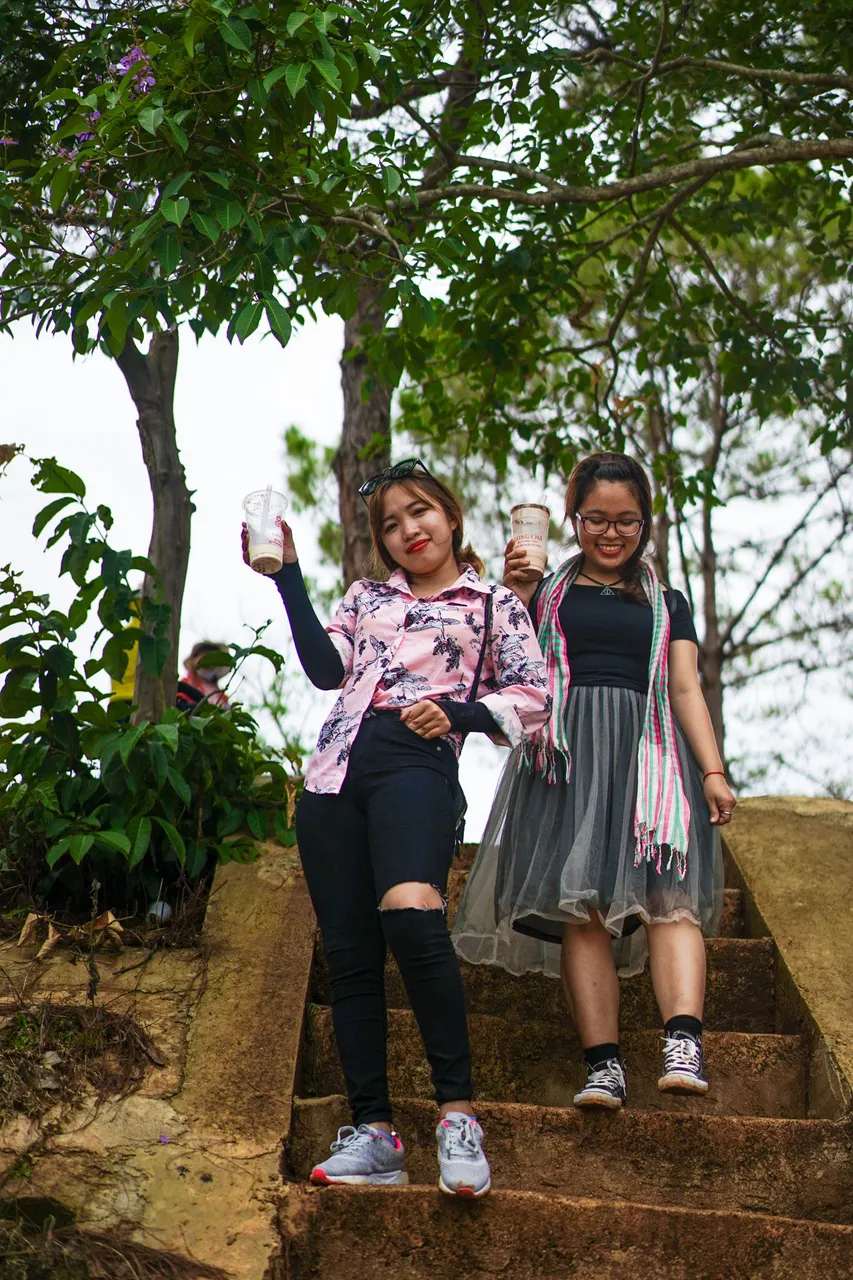
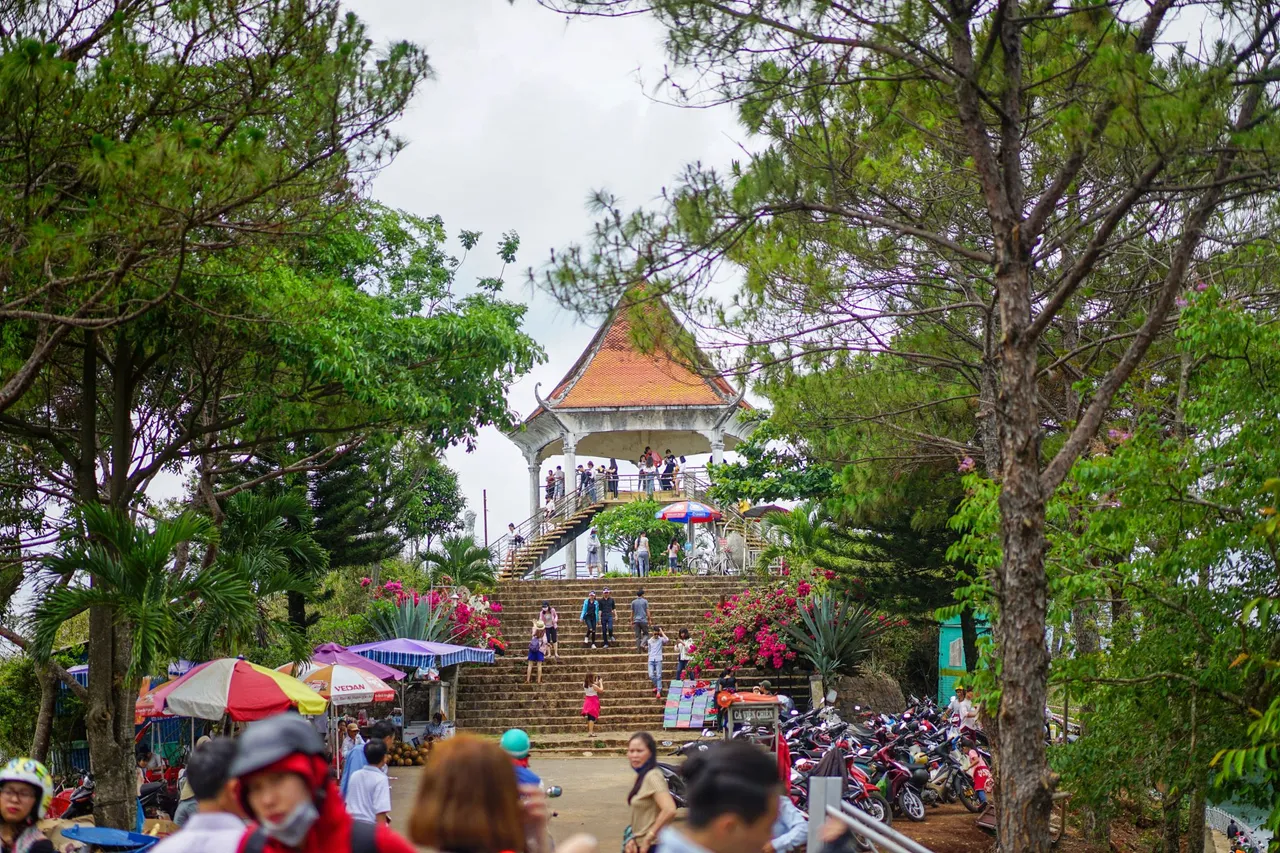
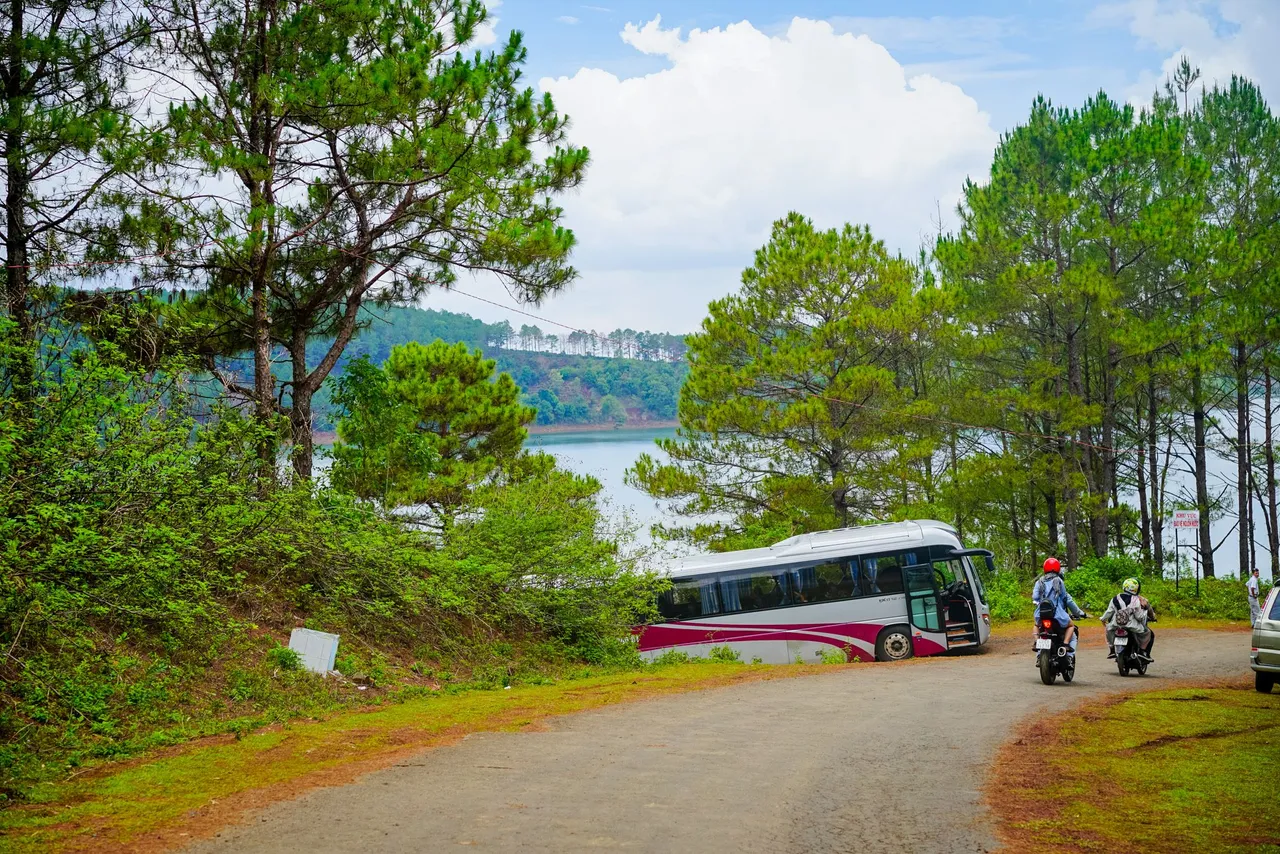
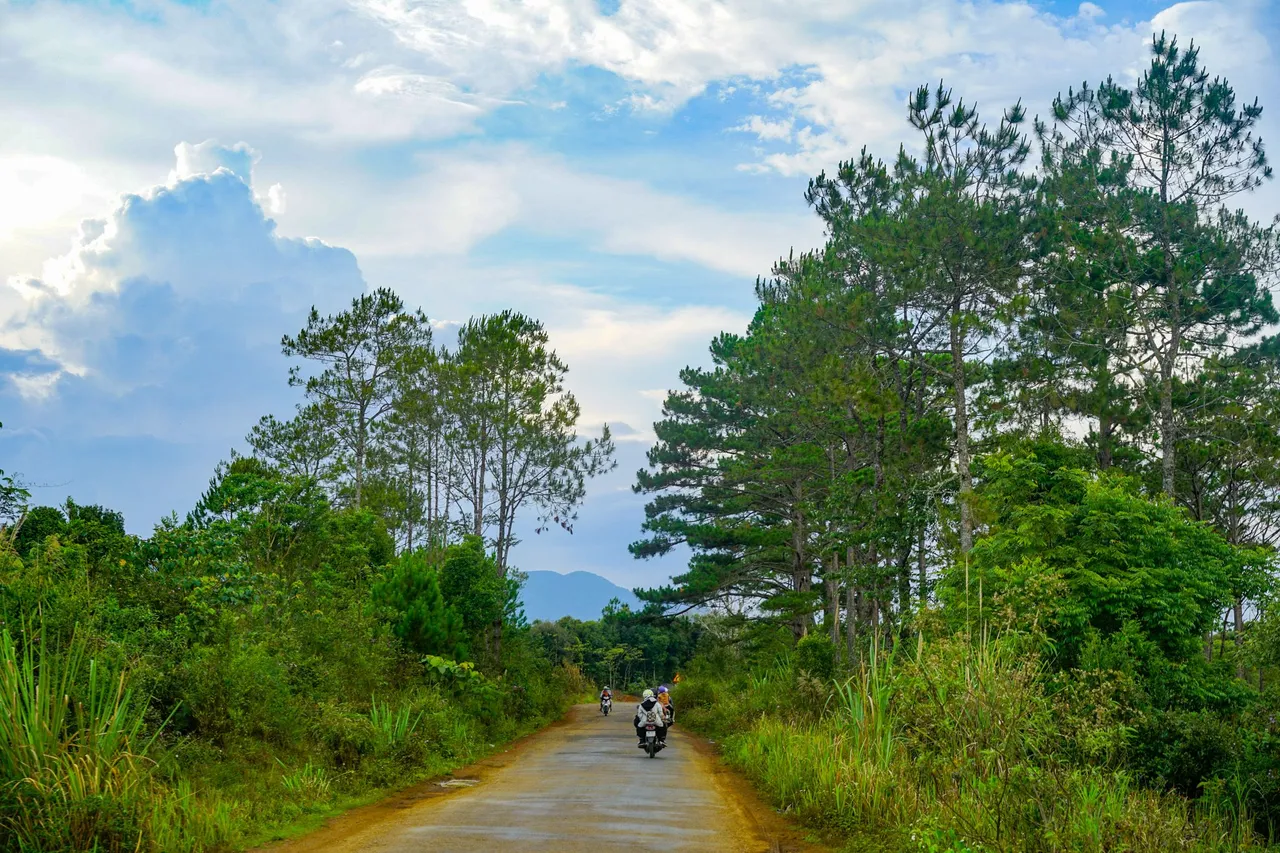
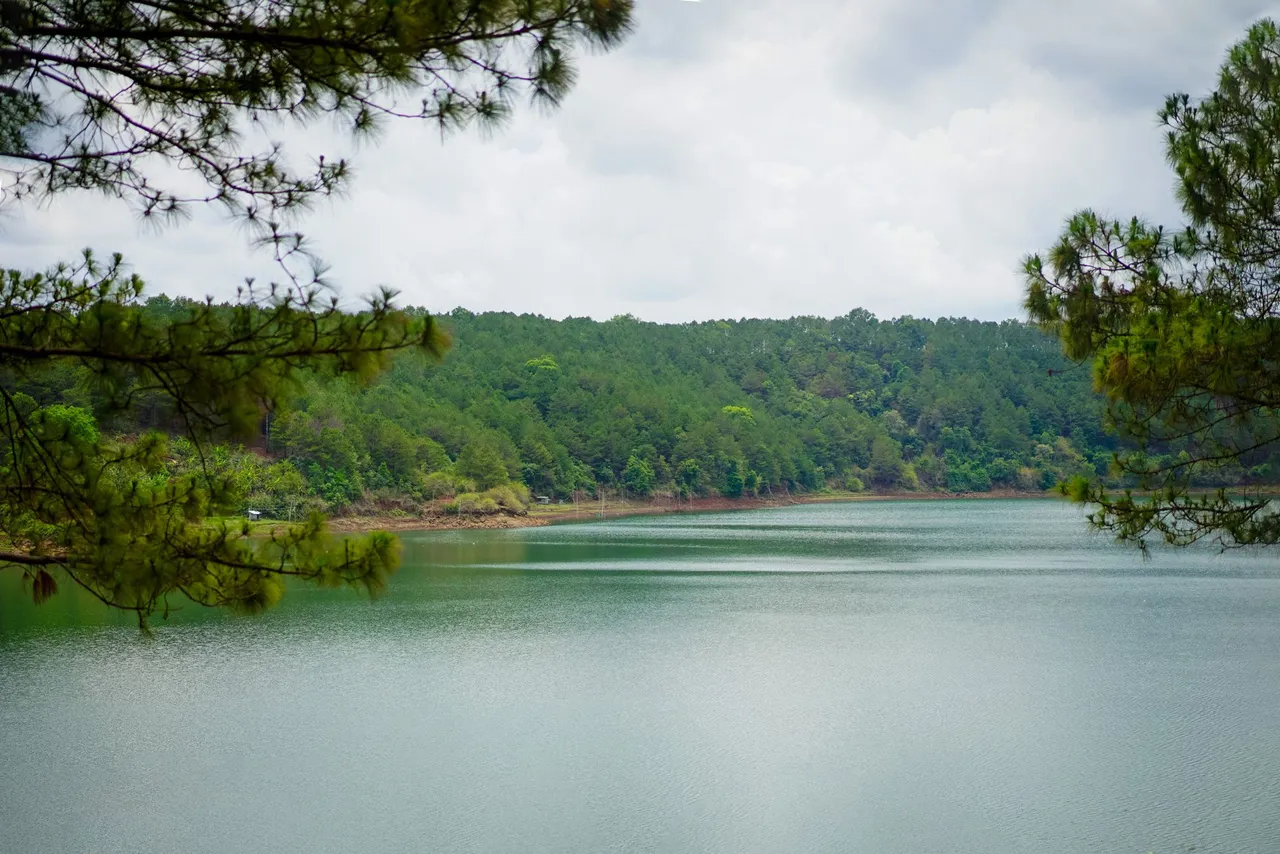
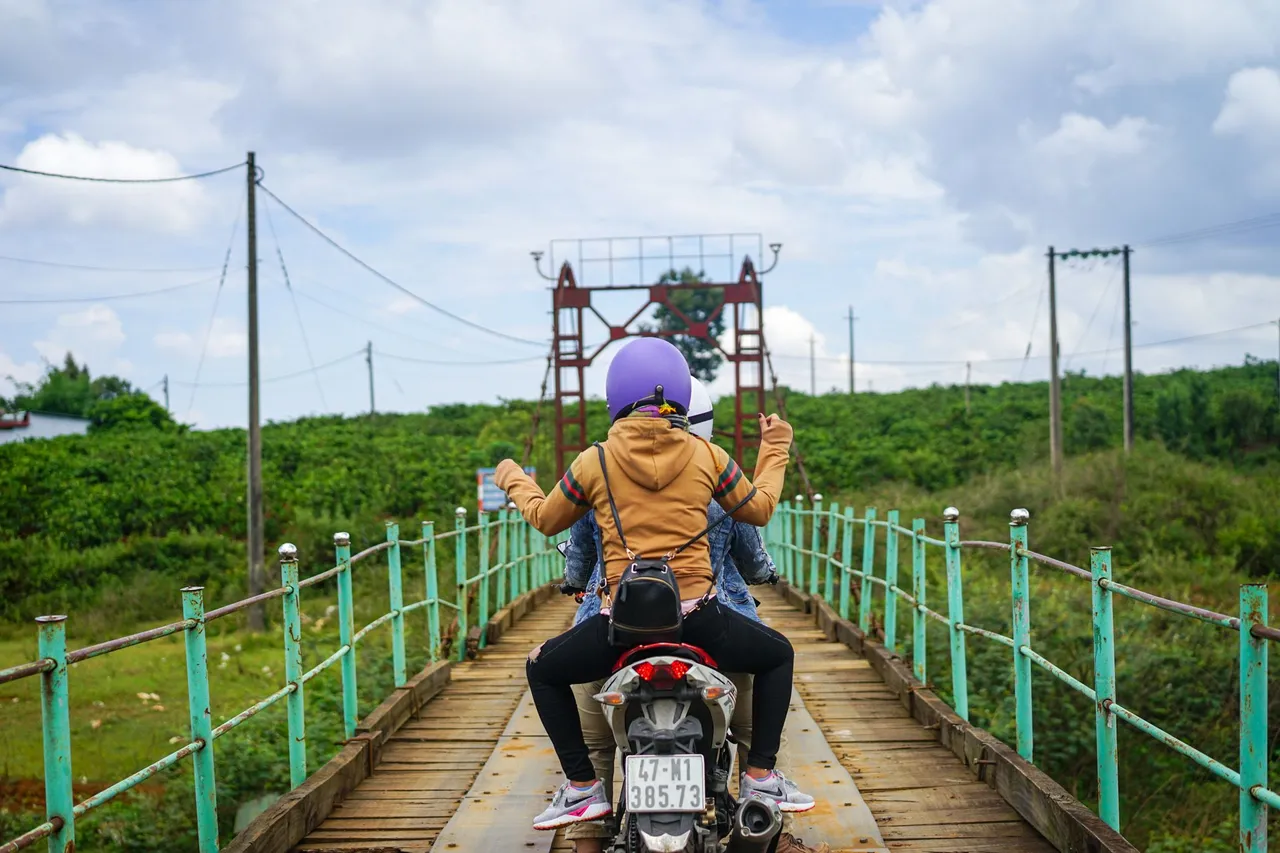
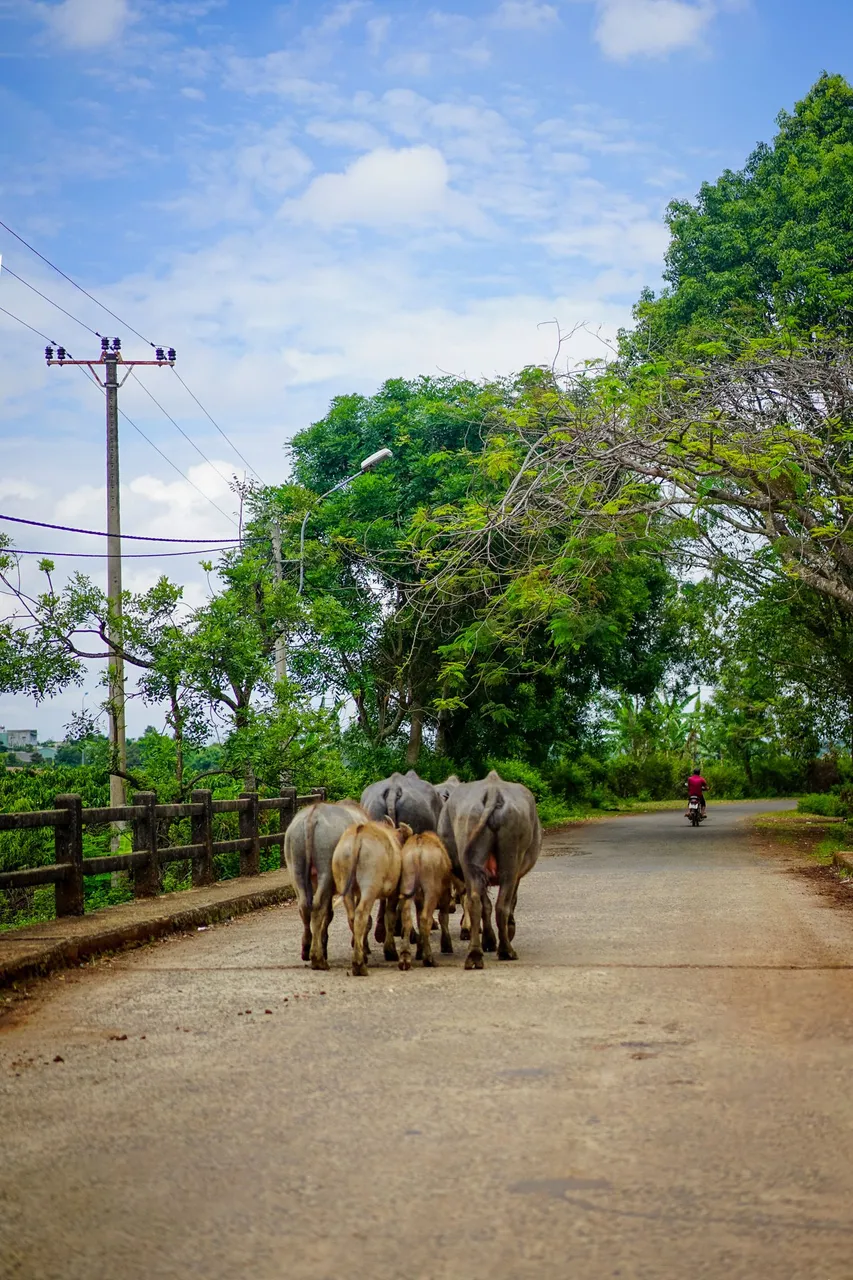

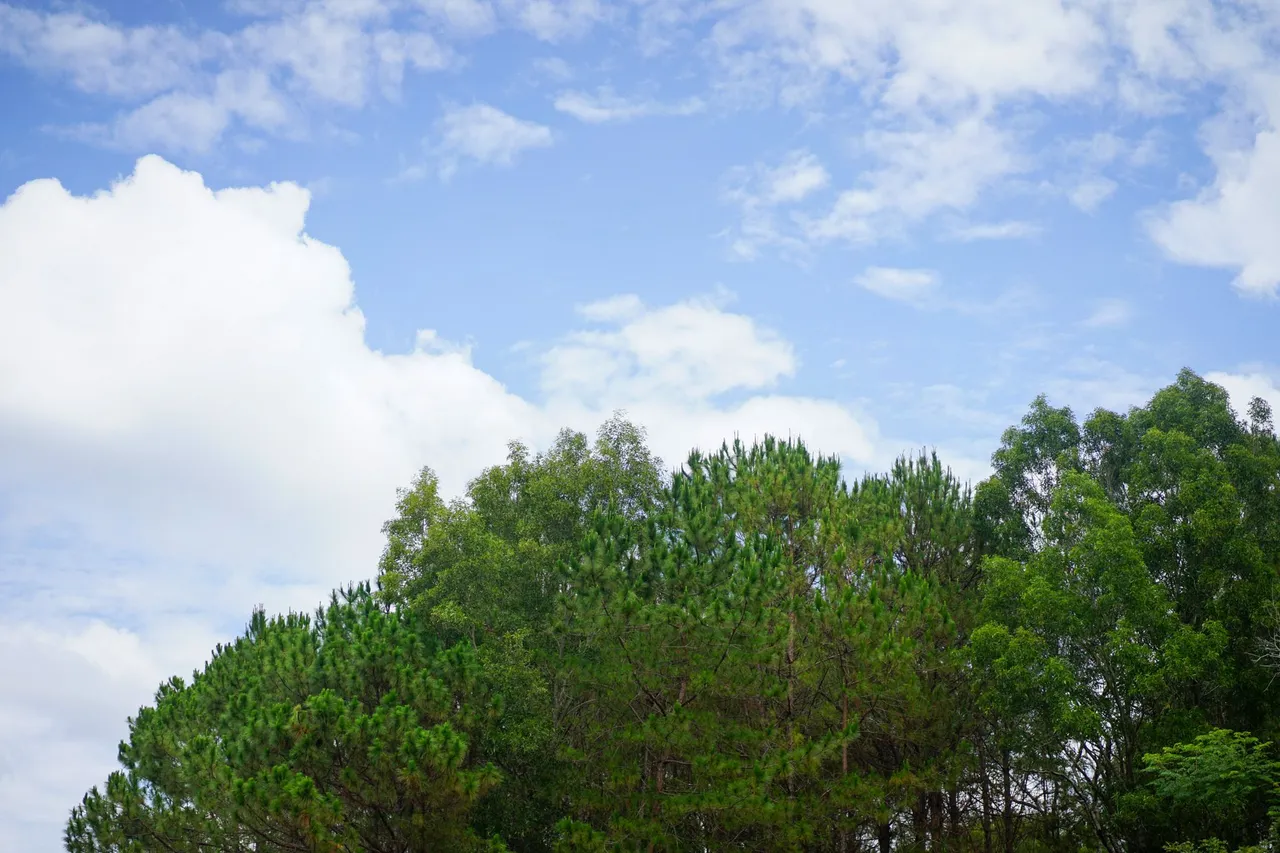
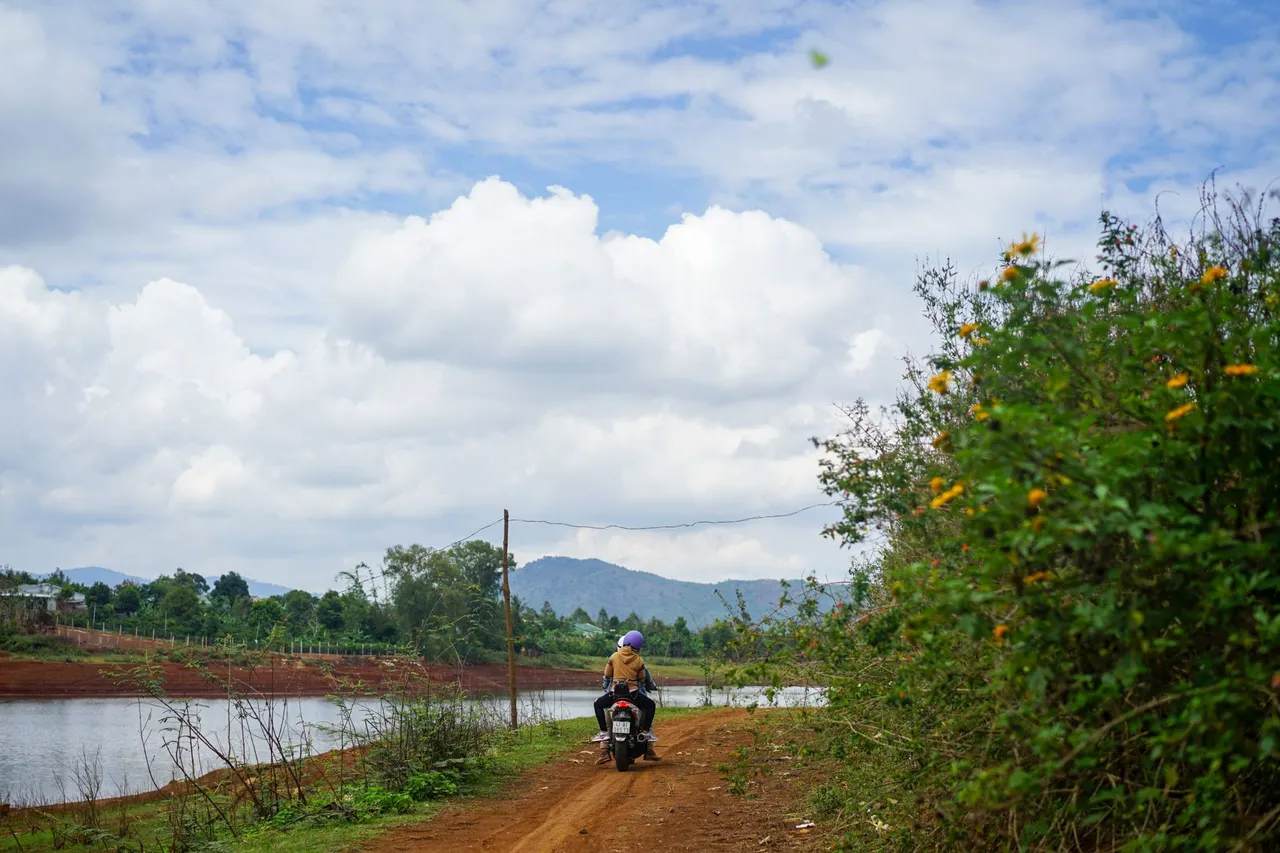

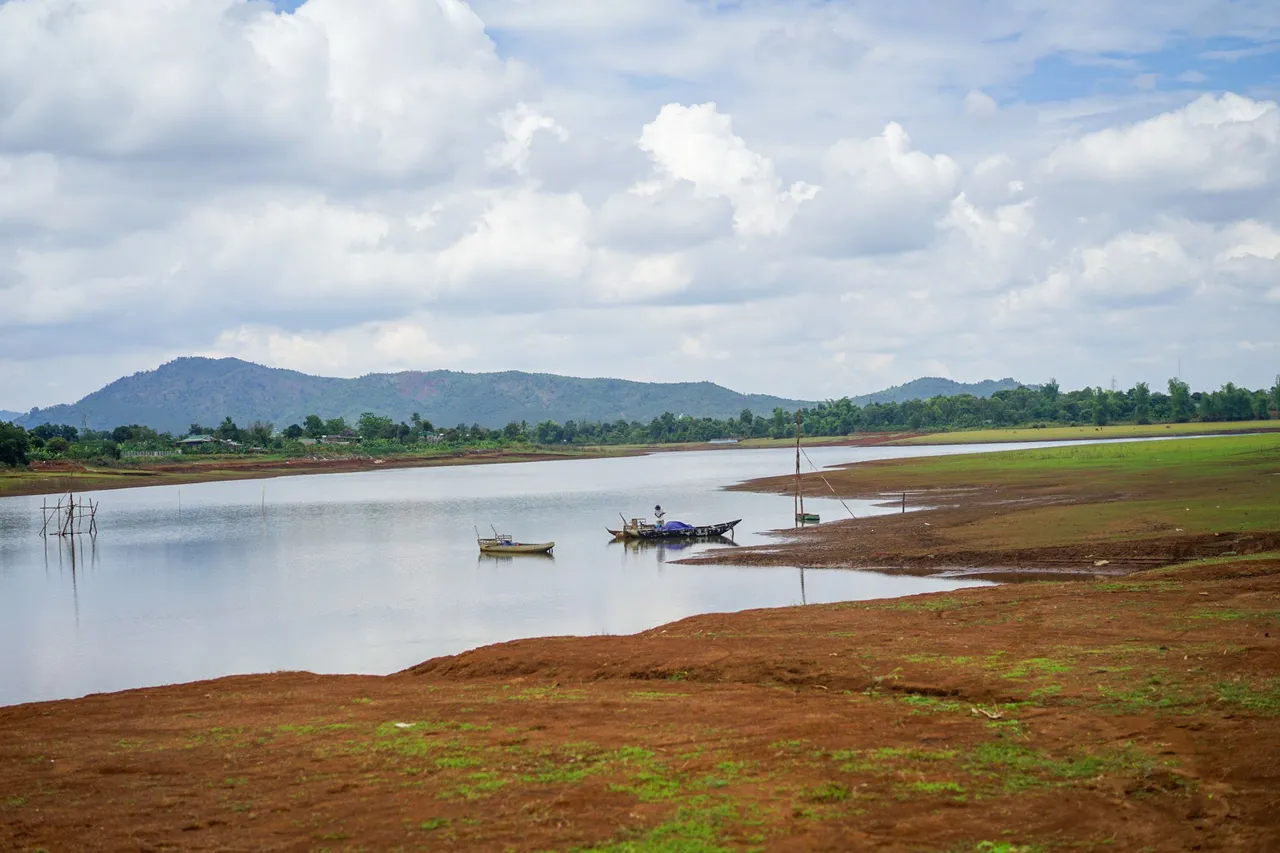
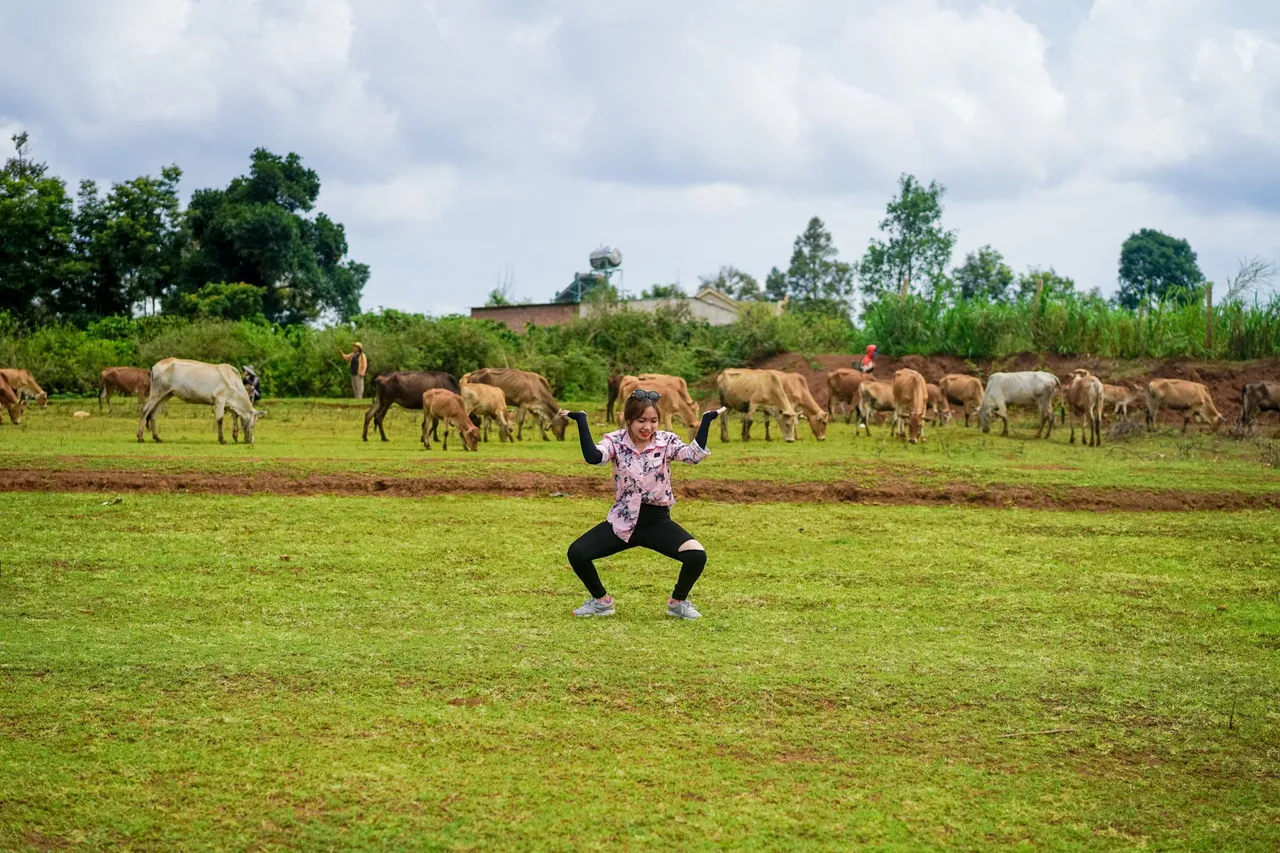
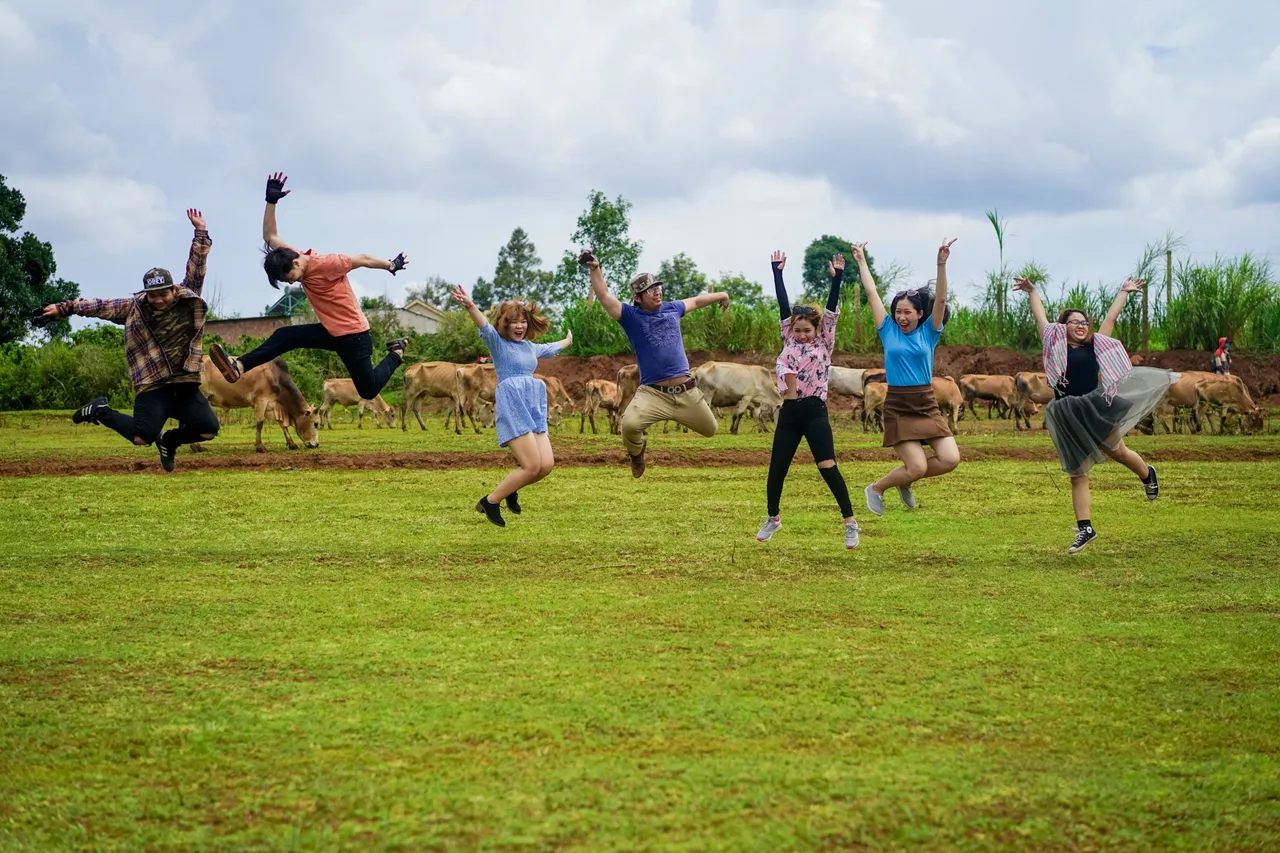
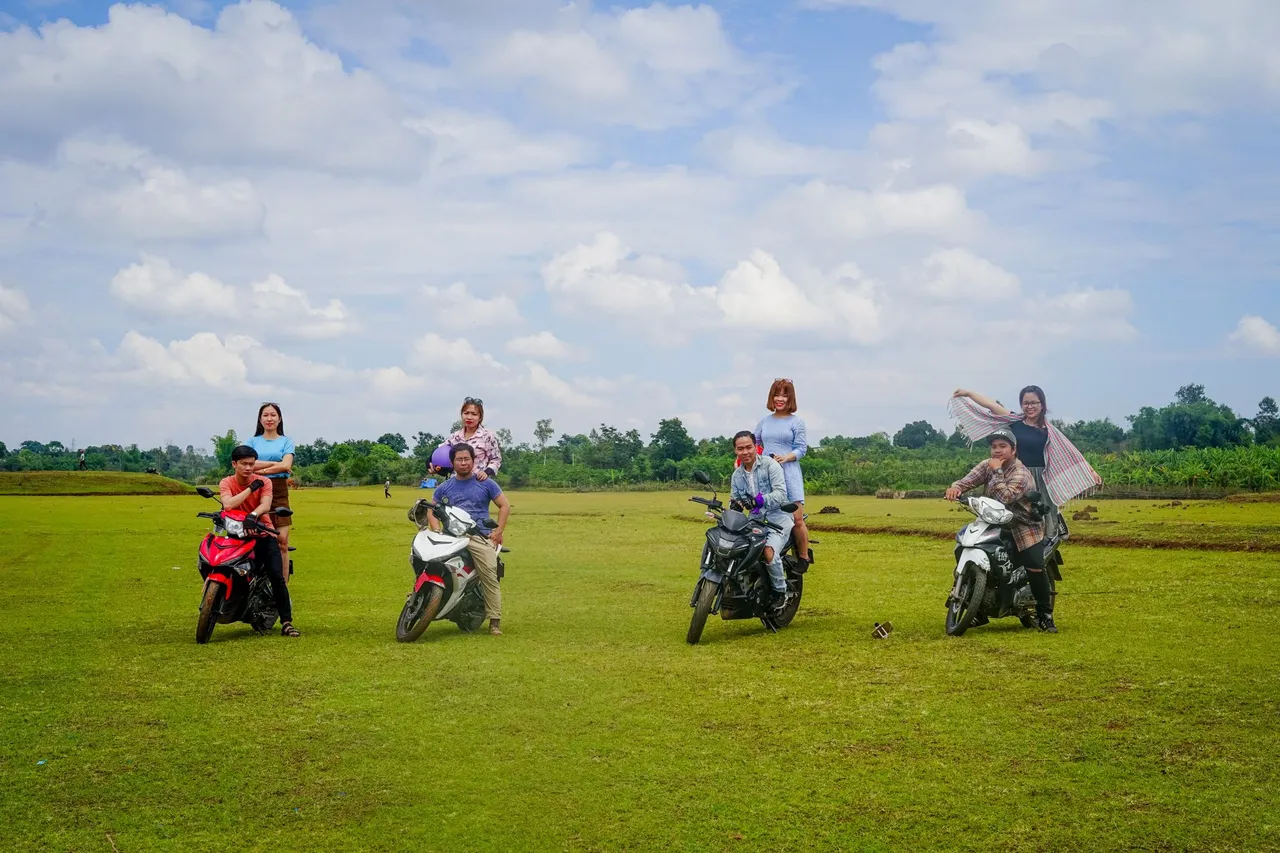
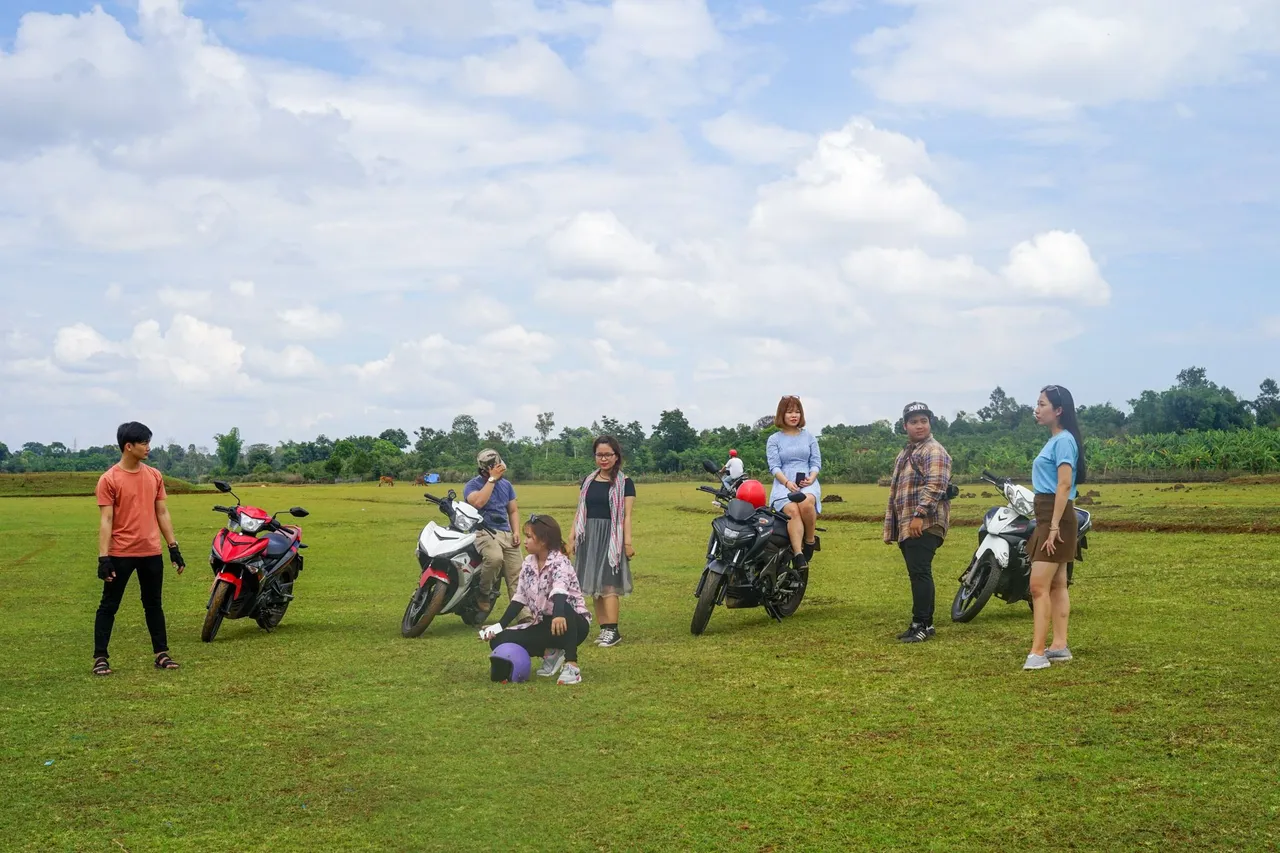
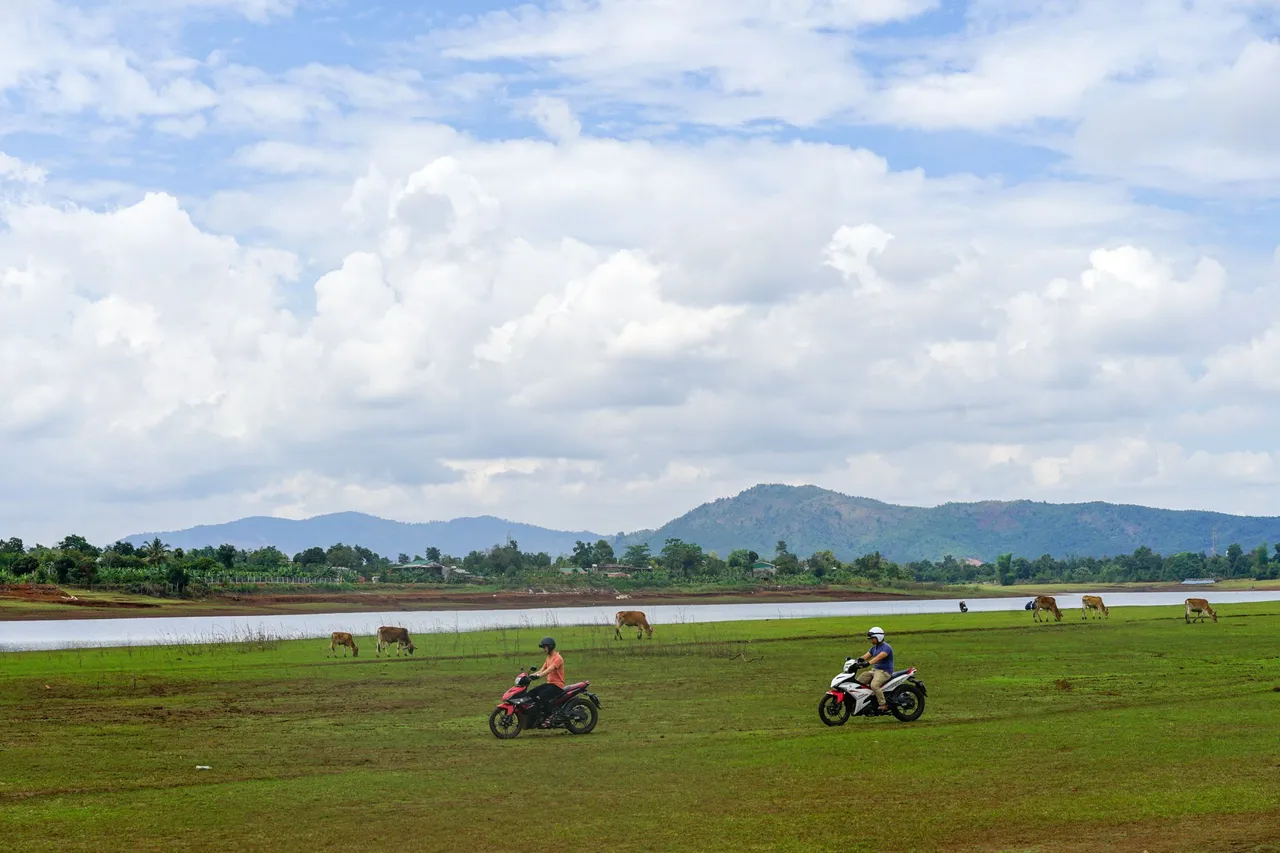
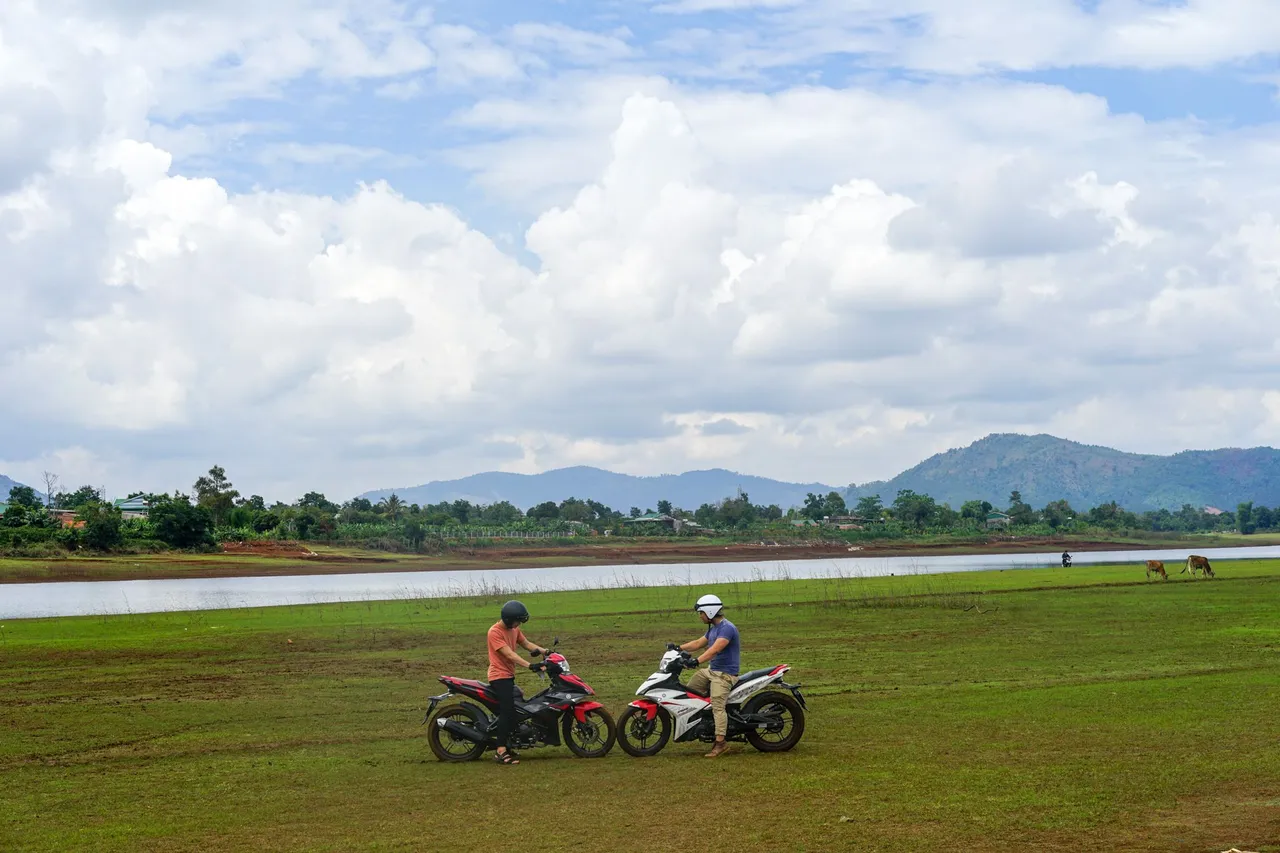

In the afternoon of that day, we continued to explore Chu Dang Ya volcano. This is one of the most popular tourist attractions. On the way to Chu Dang Ya volcano, we passed the ancient church of H'Bau, which was built over 100 years ago. Located at the foot of the majestic Chu Dang Ya mountain, 30km from the center of Pleiku city, H'Bau ancient church has a unique beauty with a Gothic architectural style. Although there are many new churches built here, the people here still come here to pray every day. Over 100 years of history, the ravages of time and war, making this place no longer intact, now there is only one side of the front chasm and part of the bell tower. Then we continued to move to Chu Dang Ya volcano, around the crater area were fields of crops, the time we went was the harvest season, so I couldn't take pictures of the fields golden rice here. After arriving at Chu Dang Ya volcano, we were transferred to the crater by people here, with the price of 50,000 VND for both ways, equivalent to 2 US dollars. In May, the scenery here is not as beautiful as in the last months of the year. Fields of wildflowers, will bloom in October and this is the most beautiful time here, but not so that this place has lost its beauty. Walk around the crater area, which is surrounded by tall old trees. The stumps, like lonely stumps in the mountains, stood far apart on the crater. The sunset here is very beautiful every afternoon, we can take pictures with the big trees, next to the sunset is an unforgettable experience.
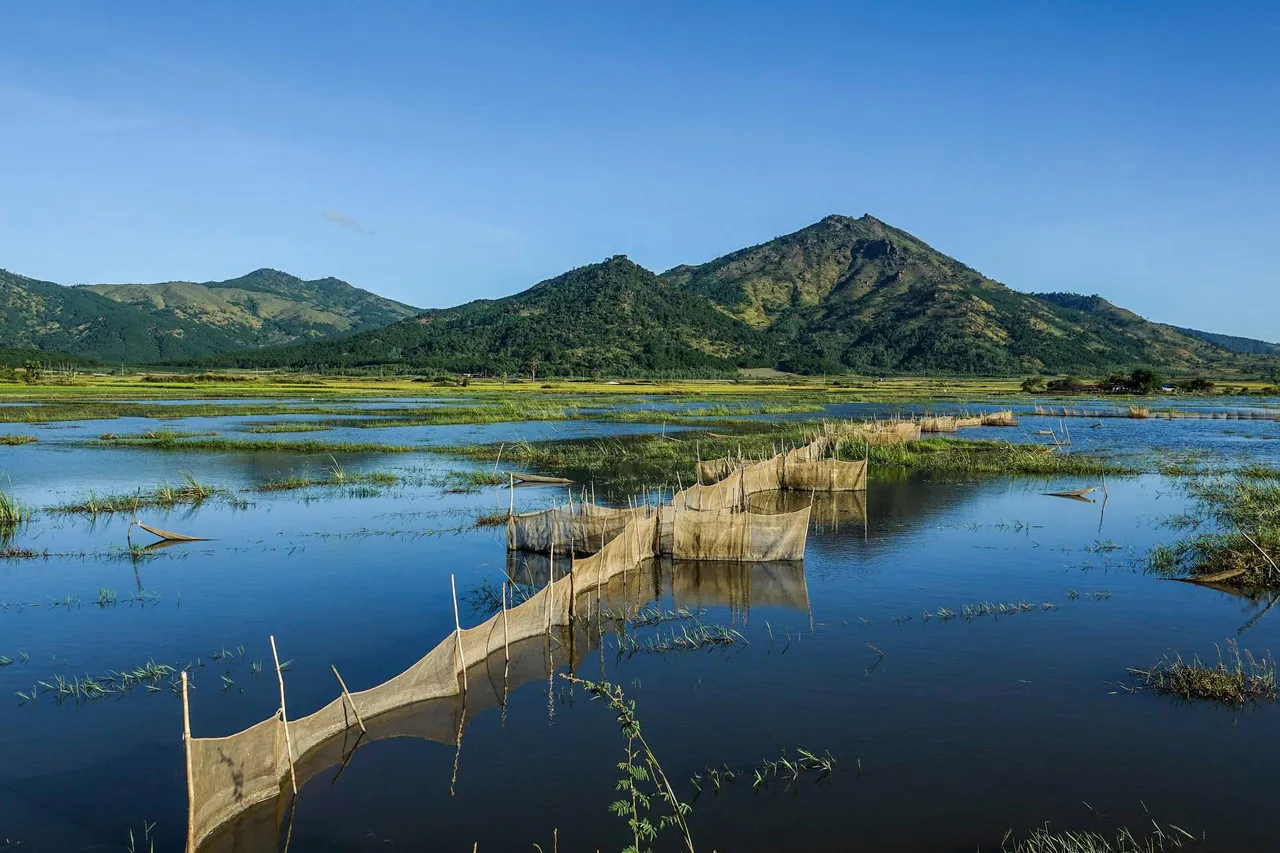
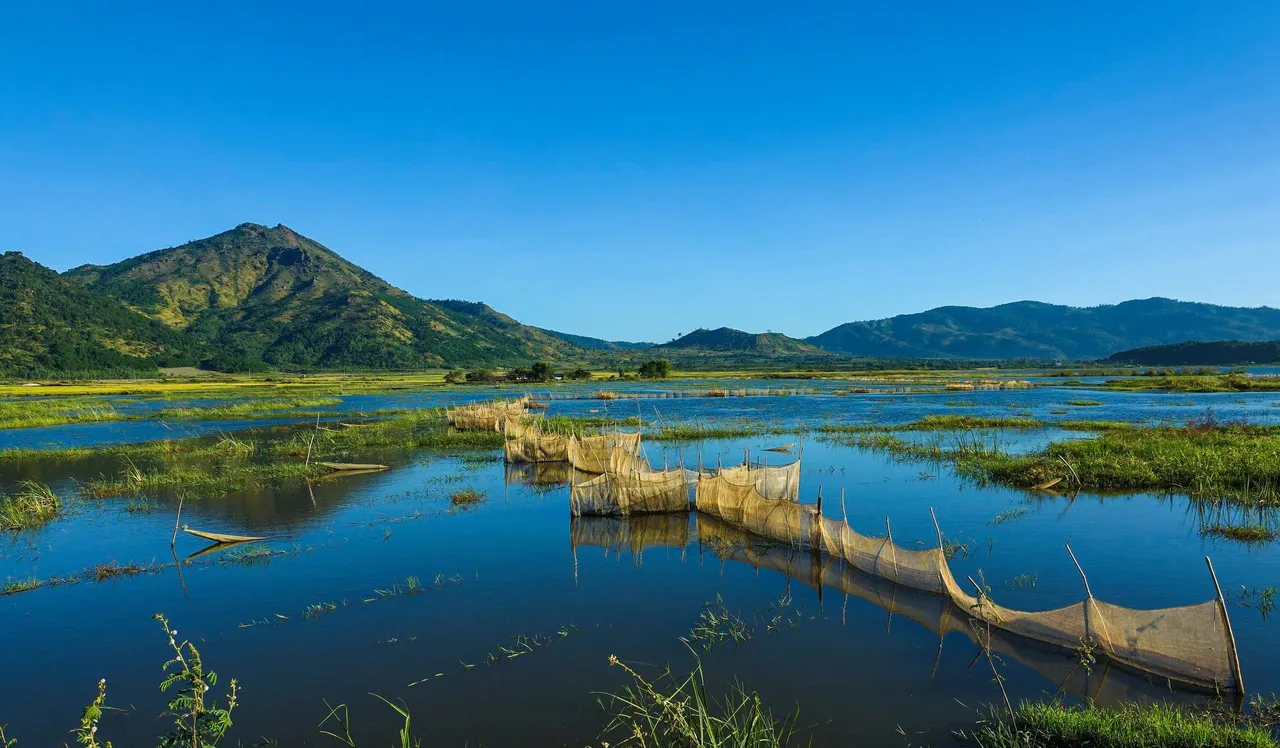
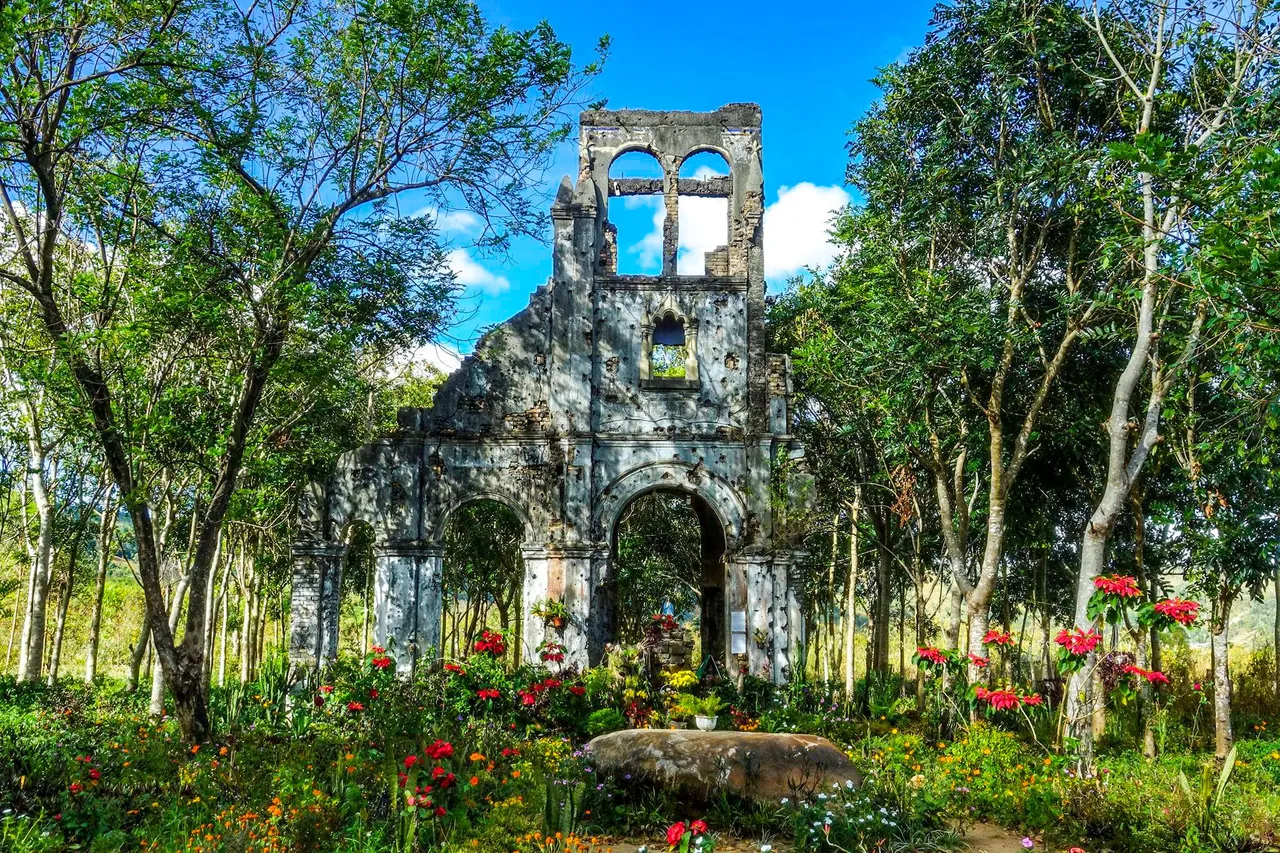
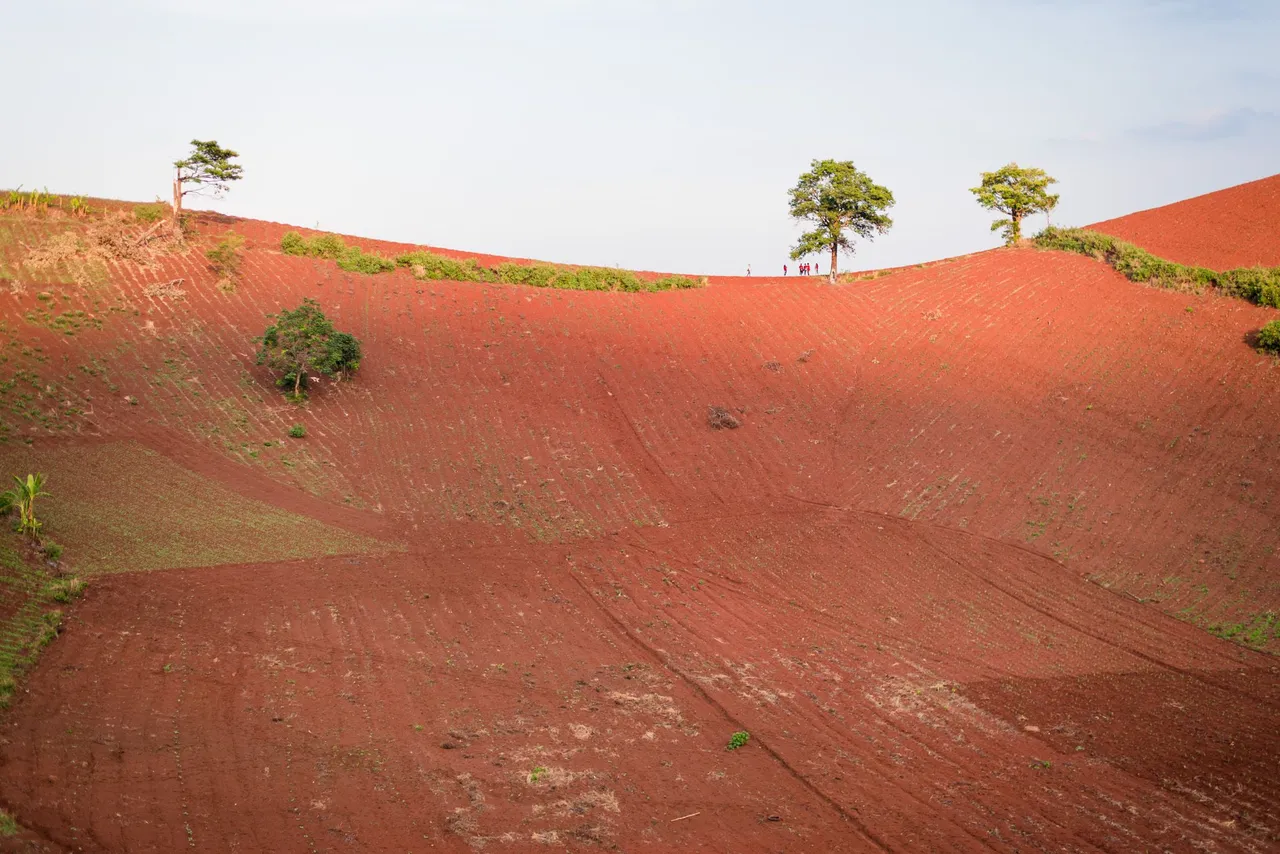
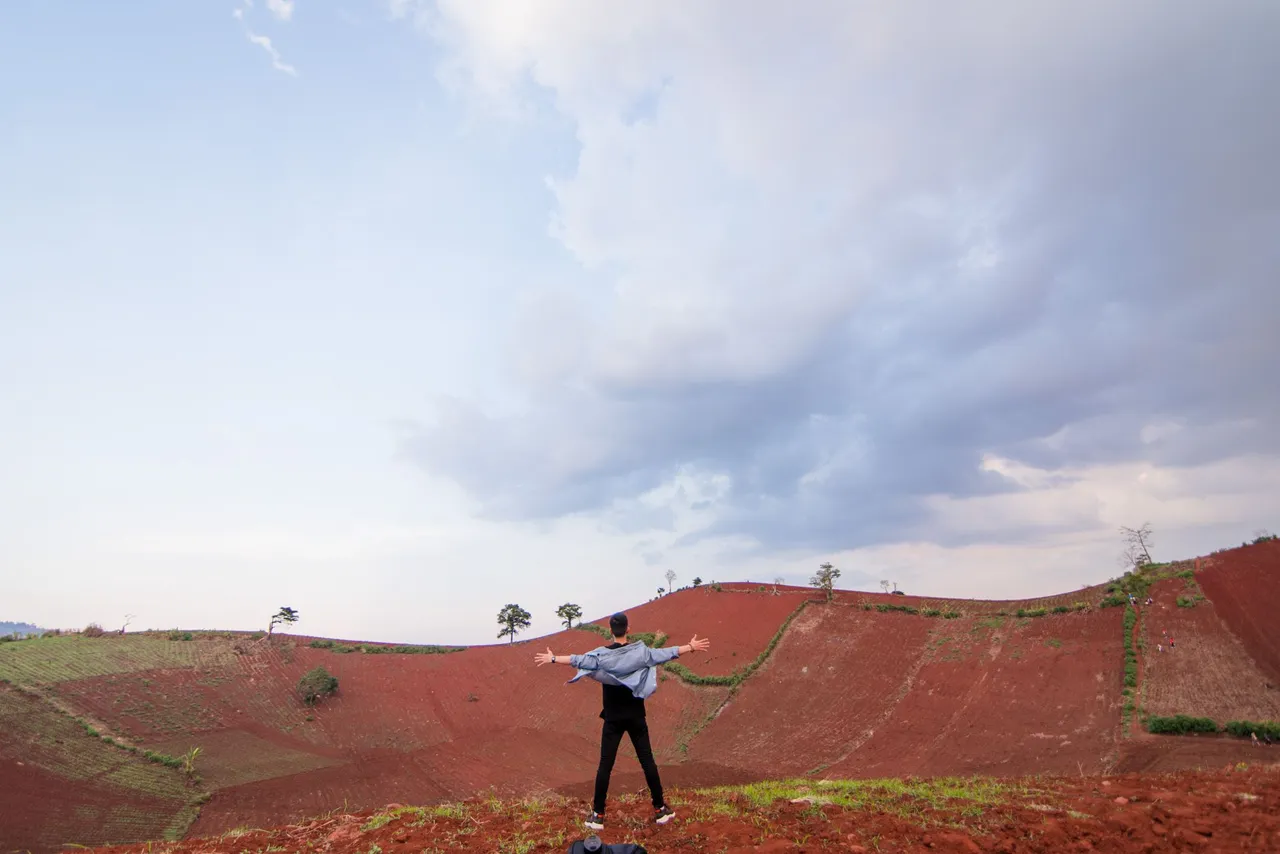

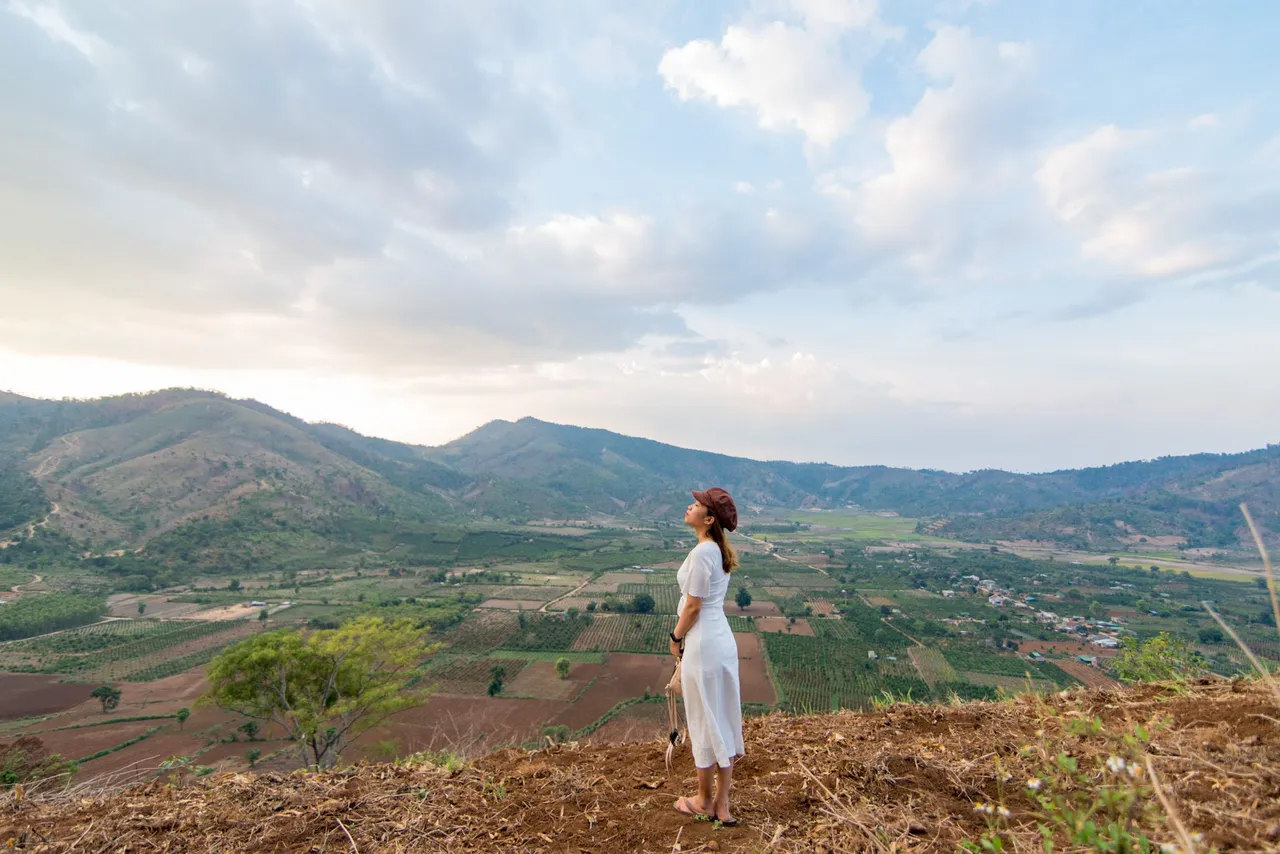

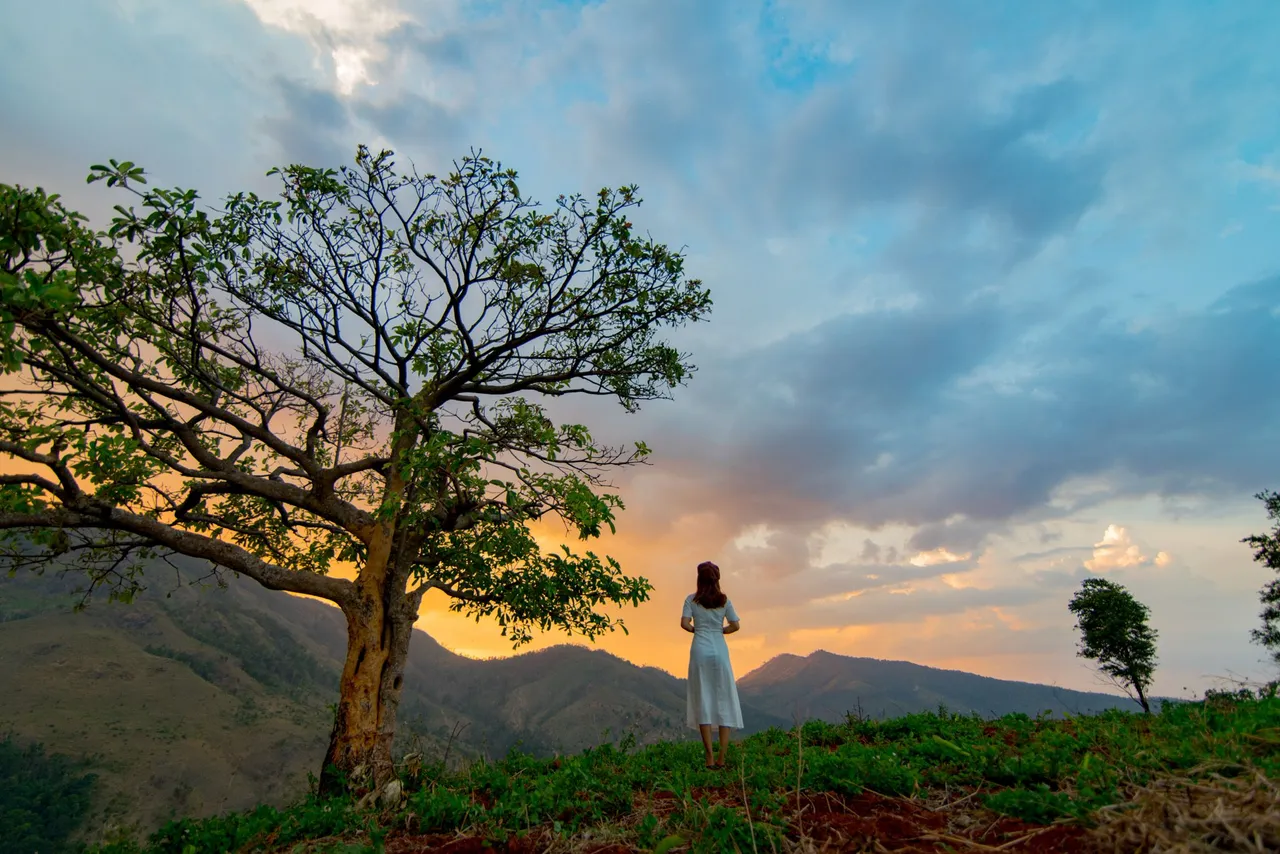
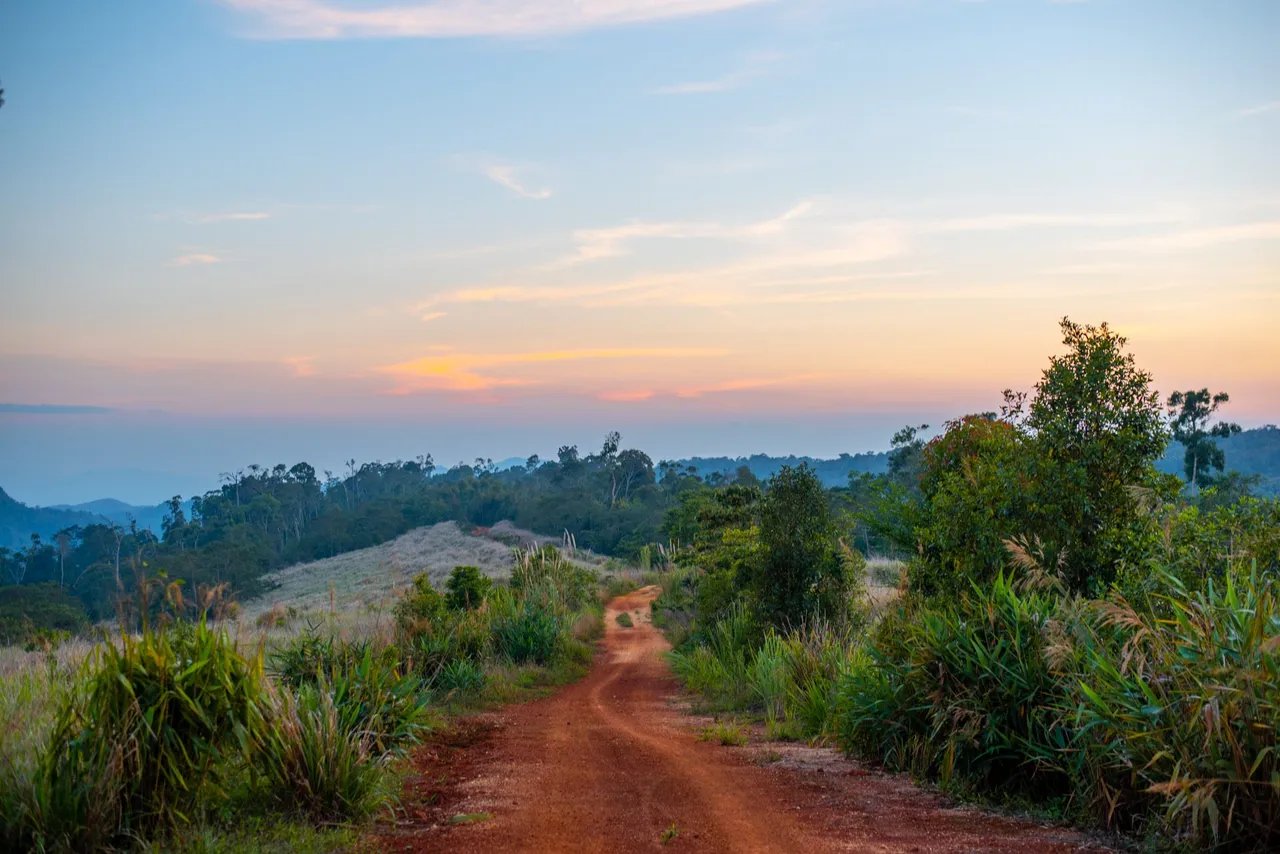
Leaving Pleiku city, we started to explore the new lands of Gia Lai. The place that we will continue, in this journey of discovery, is the land of Chu-Se. This place is known as one of the places with the most beautiful waterfalls of the Central Highlands. From Pleiku to Chu-Se, it takes us about 1 hour for a distance of 35km, on this road, there are many traffic police stations. If we go over the speed limit, it will be easy to get a fine. So everyone please pay attention to this road. The first waterfall that we visited, was Phu Cuong waterfall, located in Dun commune, Chu Se district, Gia Lai province. Phu Cuong waterfall has a height of about 45m, flows on the lava bed of an ancient, dormant volcano. Here we can observe the remnants of the volcanic eruption, with black, gray rocks stacked on top of each other. Around the waterfall area, there is very green vegetation. In the rainy season, the waterfall here, the water from the waterfall will be more and will be much more beautiful. Close to Phu Cuong waterfall is Kueng-O waterfall, these two waterfalls are only 5km apart, but the water level at Kueng waterfall flows more. The white bubbles in the air, appearing with the sunlight, will create beautiful rainbow colors. The Central Highlands has red basalt soil and this place is very suitable for growing coffee and pepper trees. So at the waterfalls here, the watercolor will not be as clear as other waterfalls.
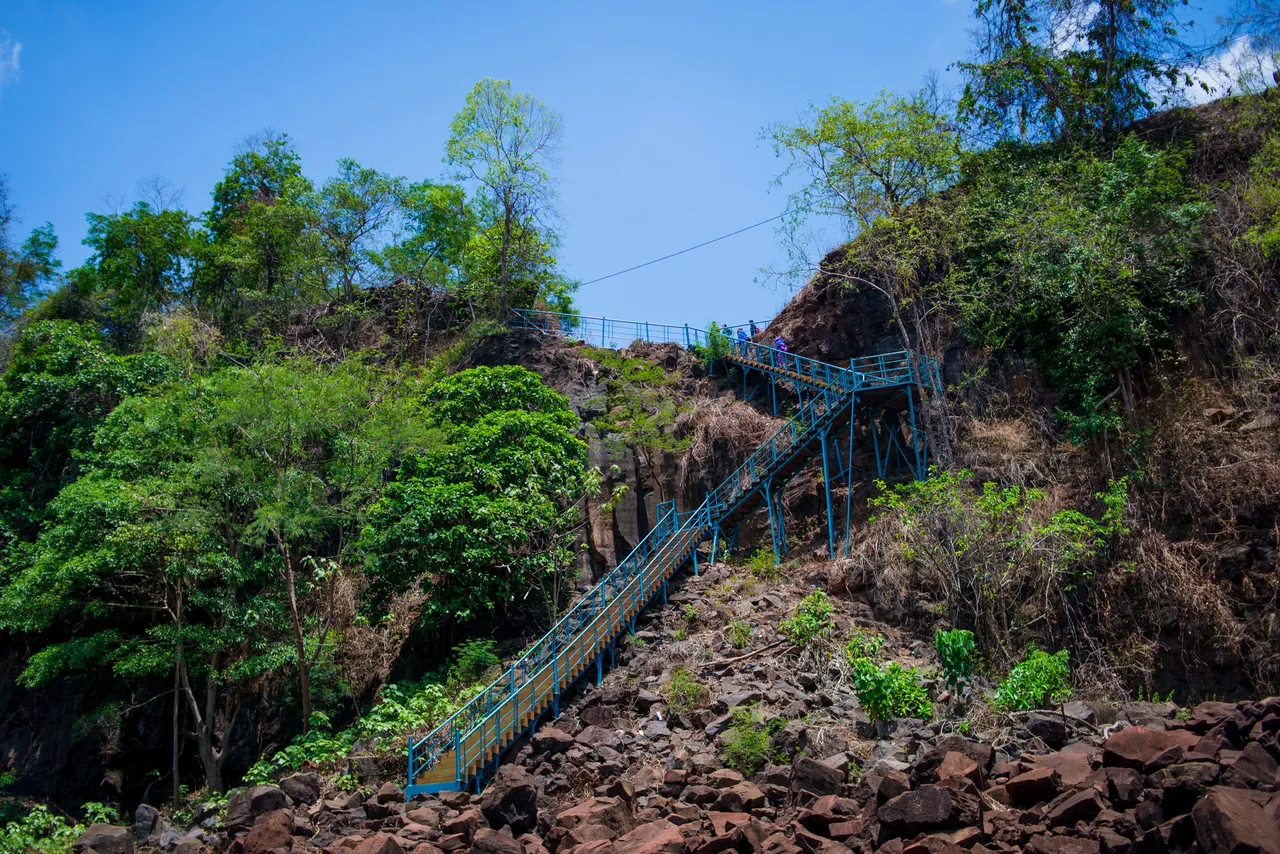


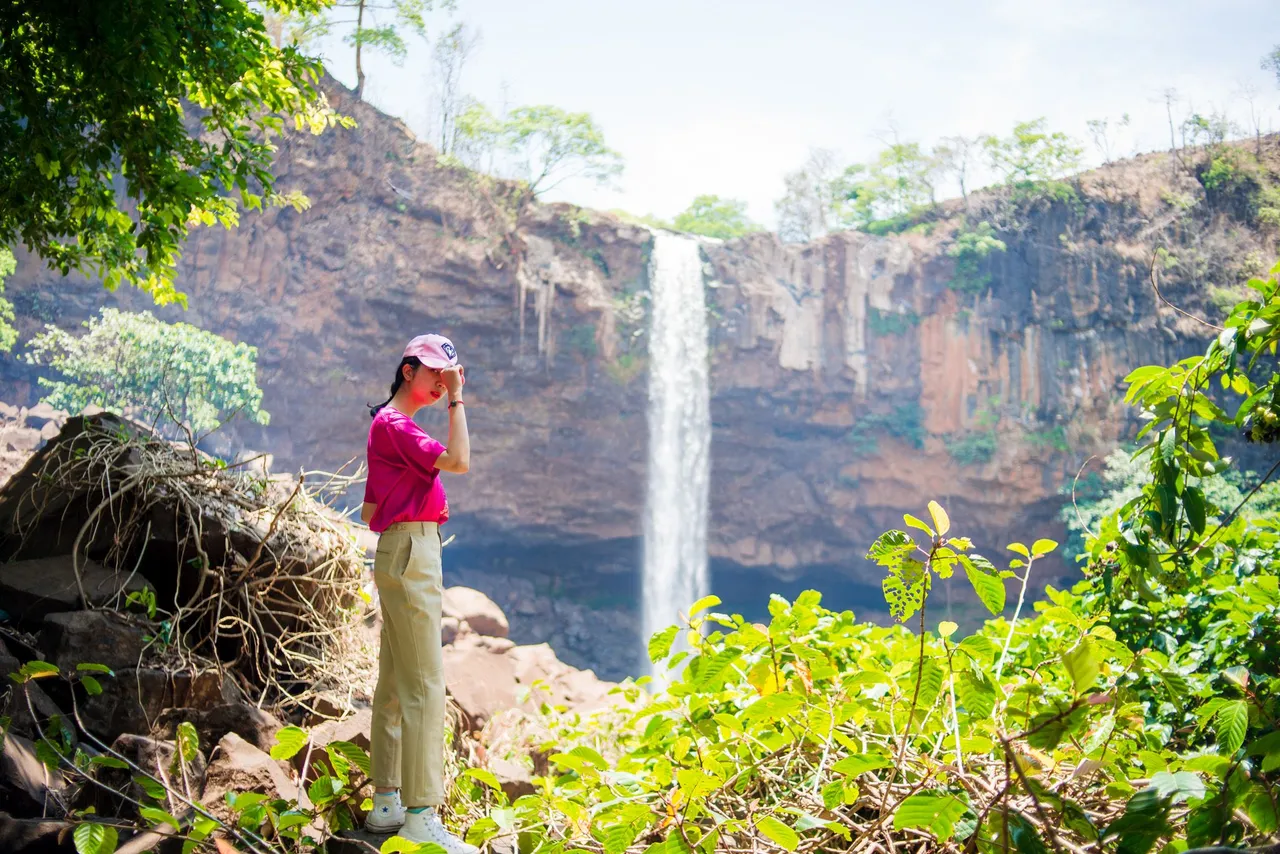
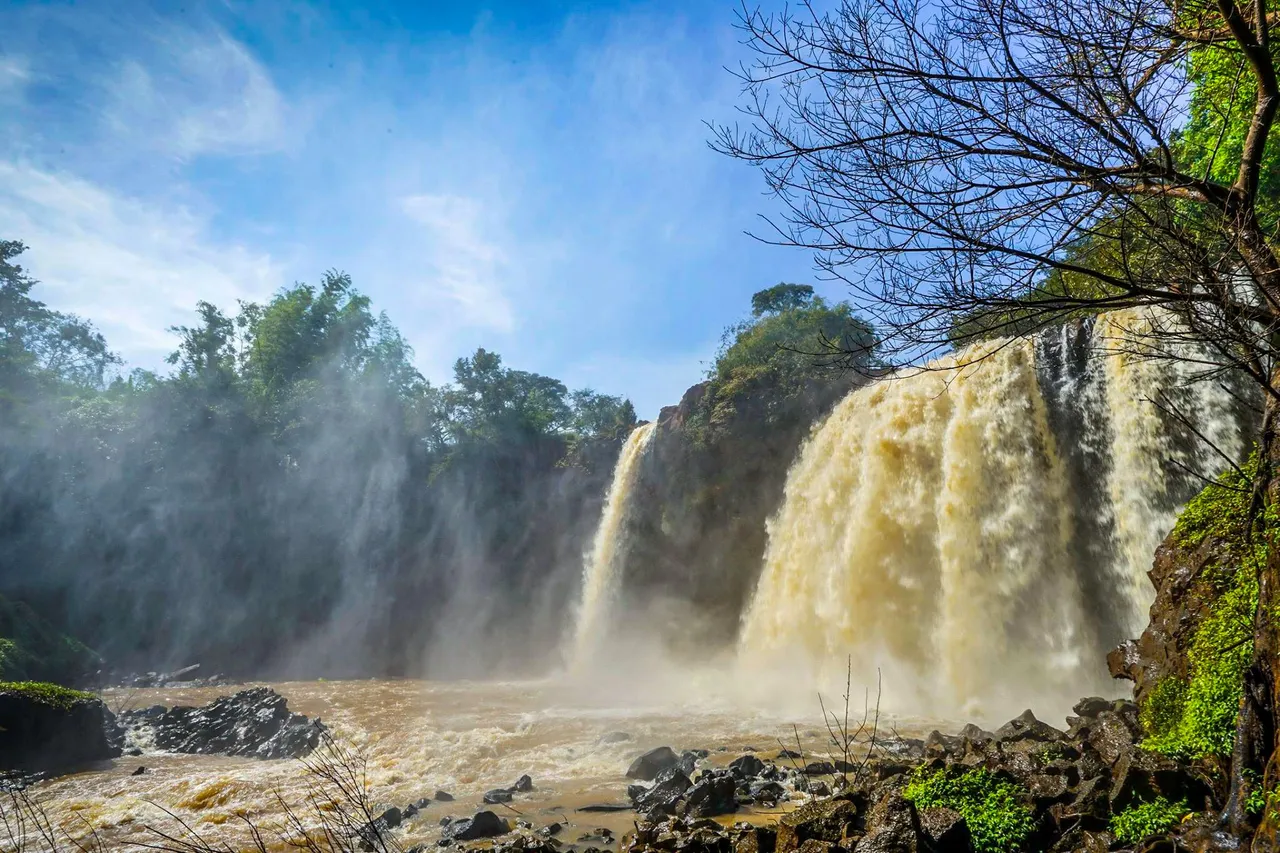

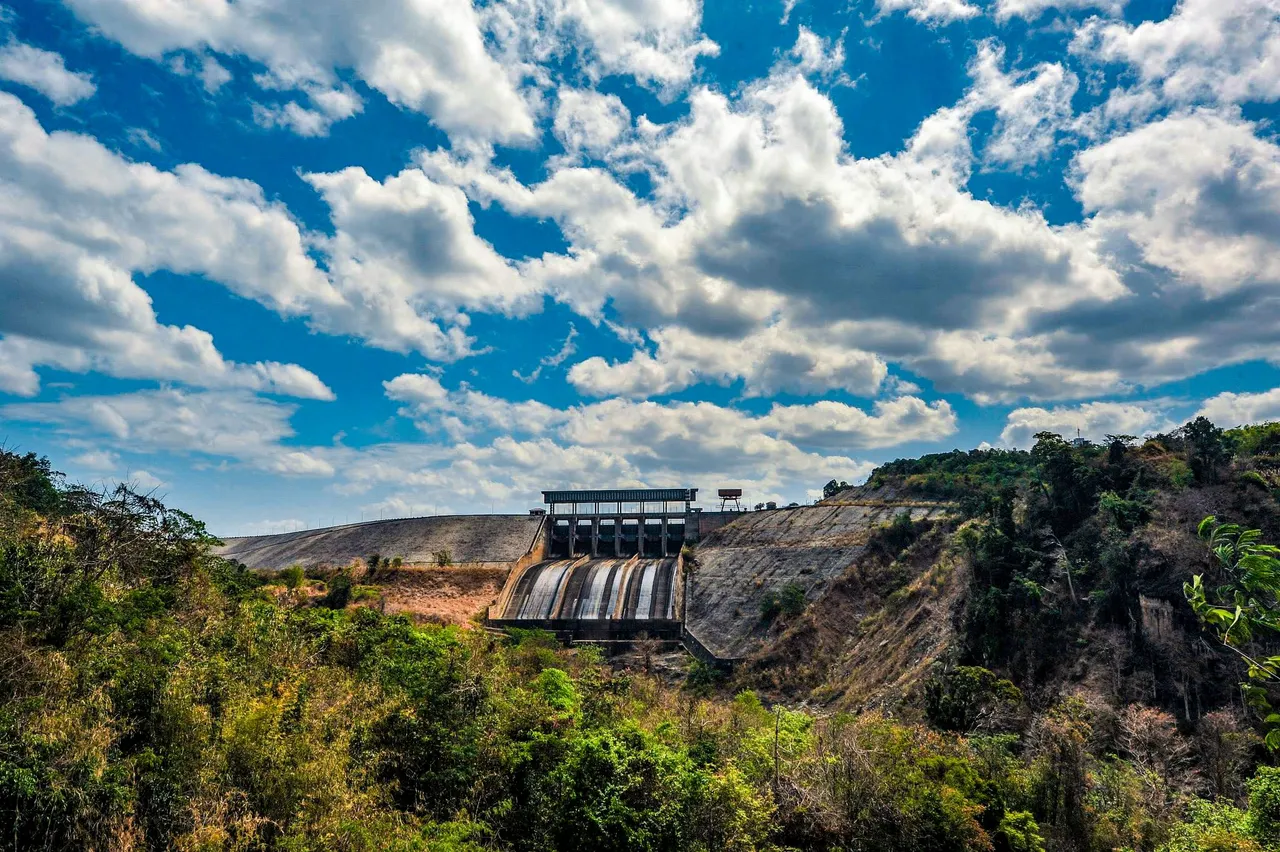
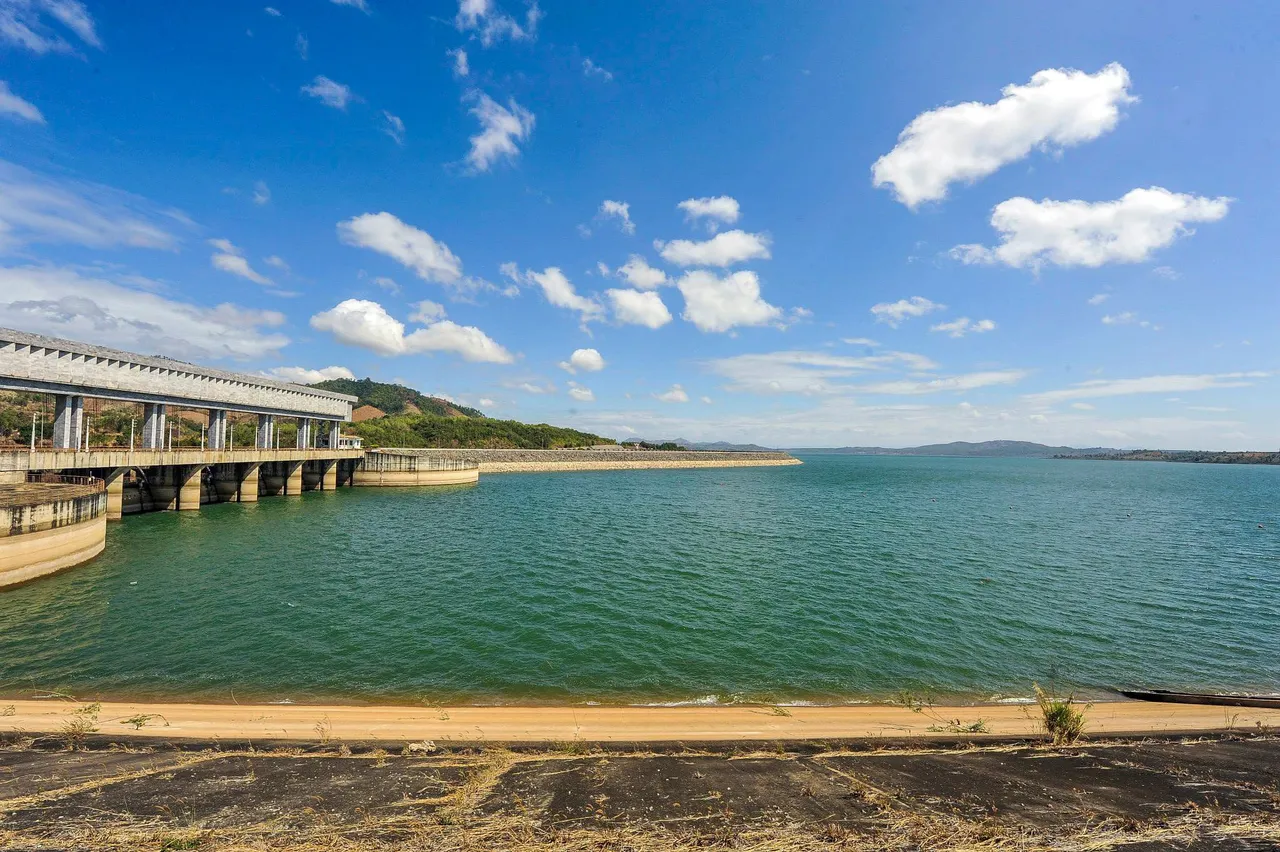


After discovering two waterfalls here. We returned to Pleiku city and on the way back, we visited the traditional Rong houses here, which is a unique cultural feature of the Central Highlands. Then we continued to go to the last waterfall, Bau Can waterfall. This place is located 30km from the center of Pleiku city, this waterfall has very green vegetation, along with the steam covered, exudes the wild beauty here, the air here is also very fresh. Ending the last day in Gia Lai we had 3 wonderful days in this land. Although the time we went was not the most beautiful time of the year, looking back on the journey that we have discovered here and memorable experiences, we will come back here in the future someday.
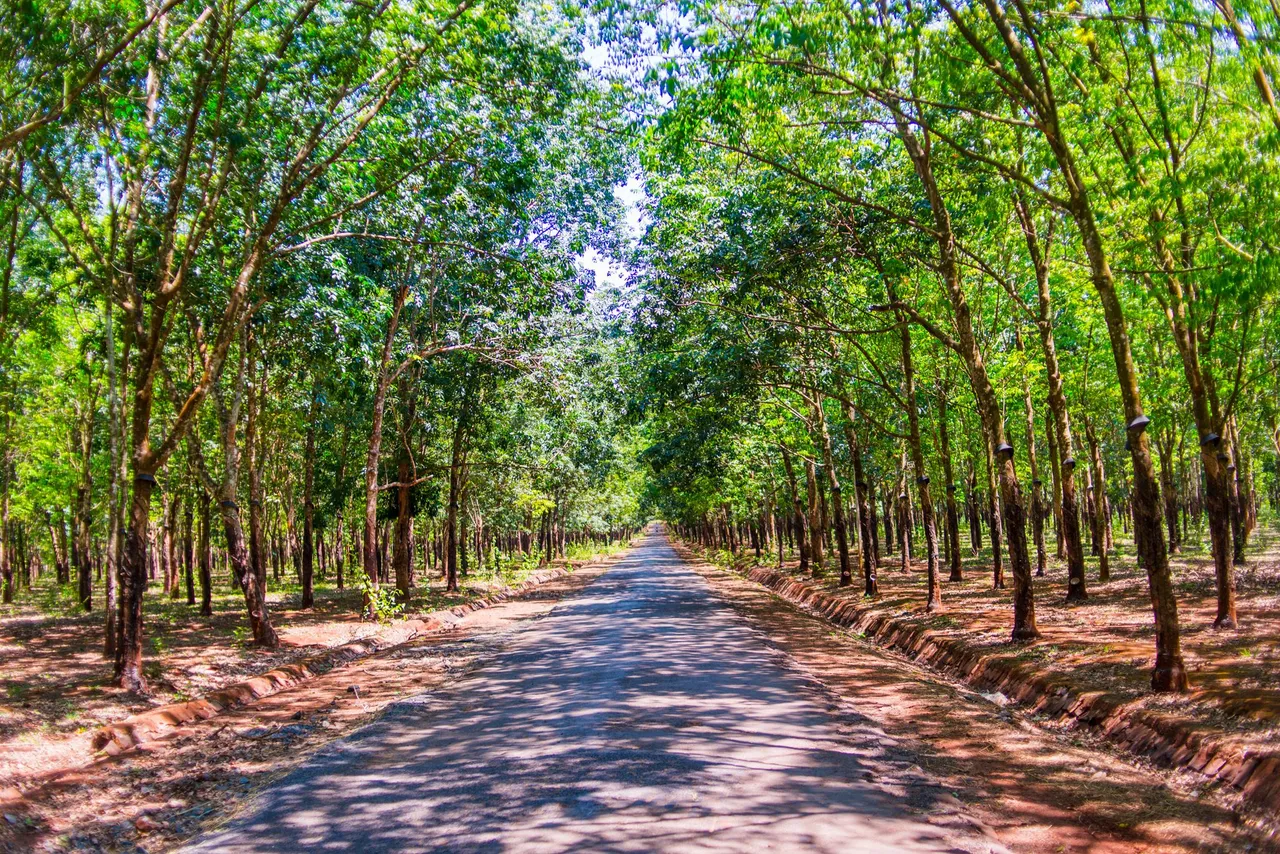
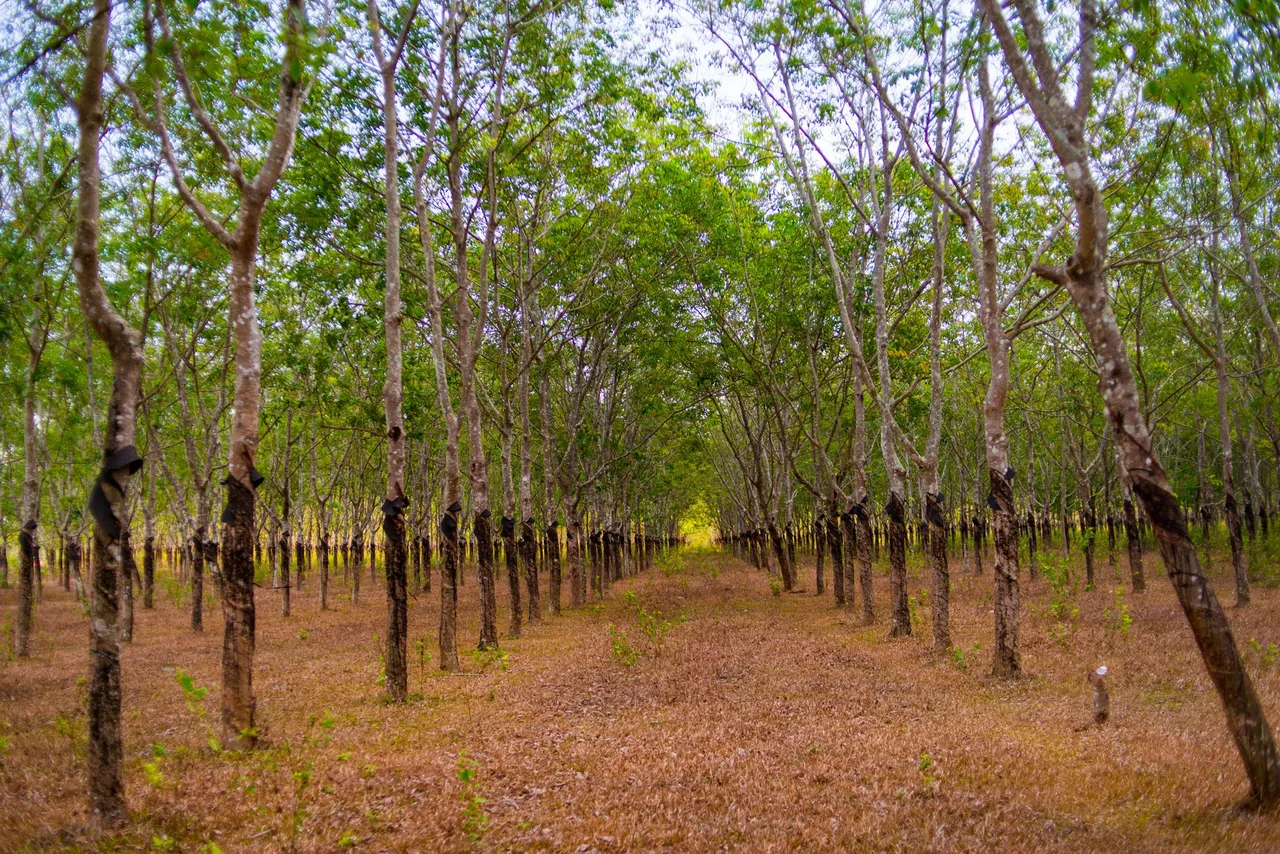

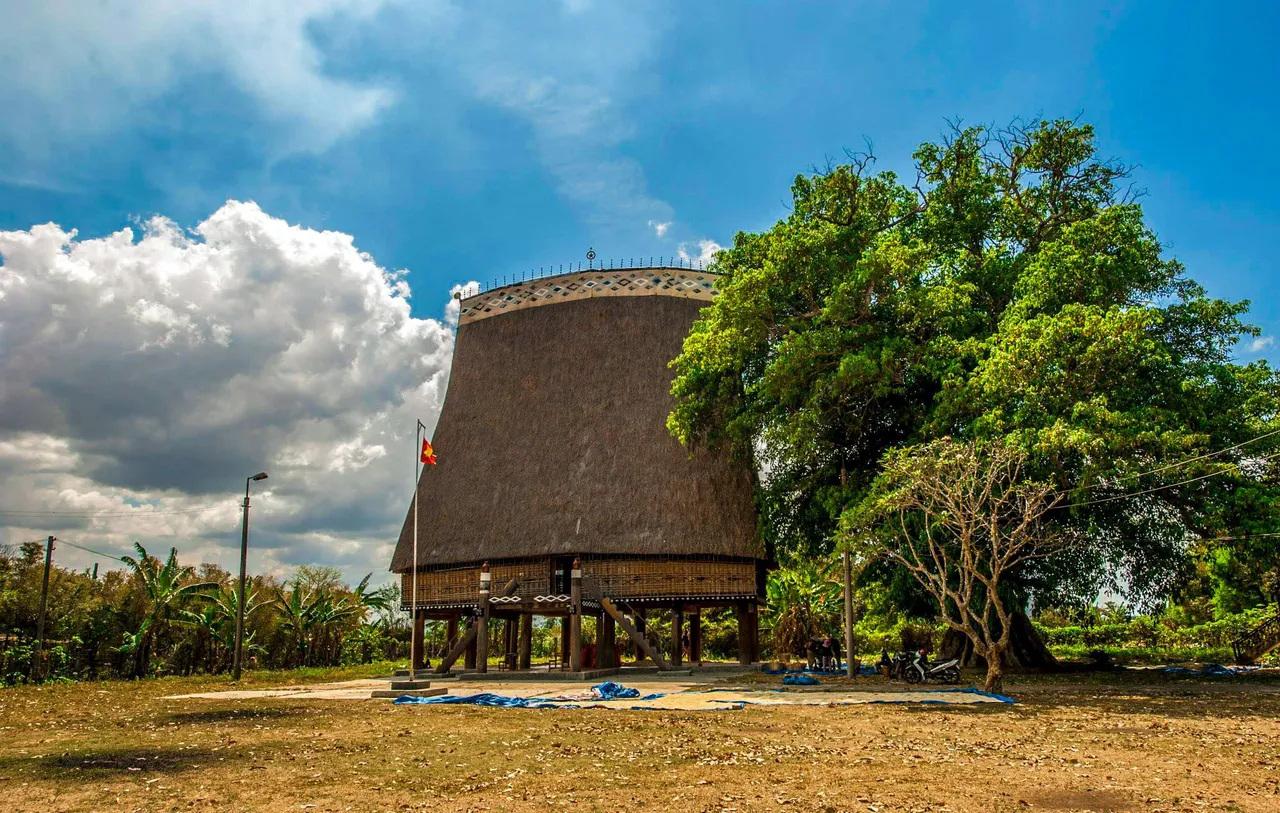
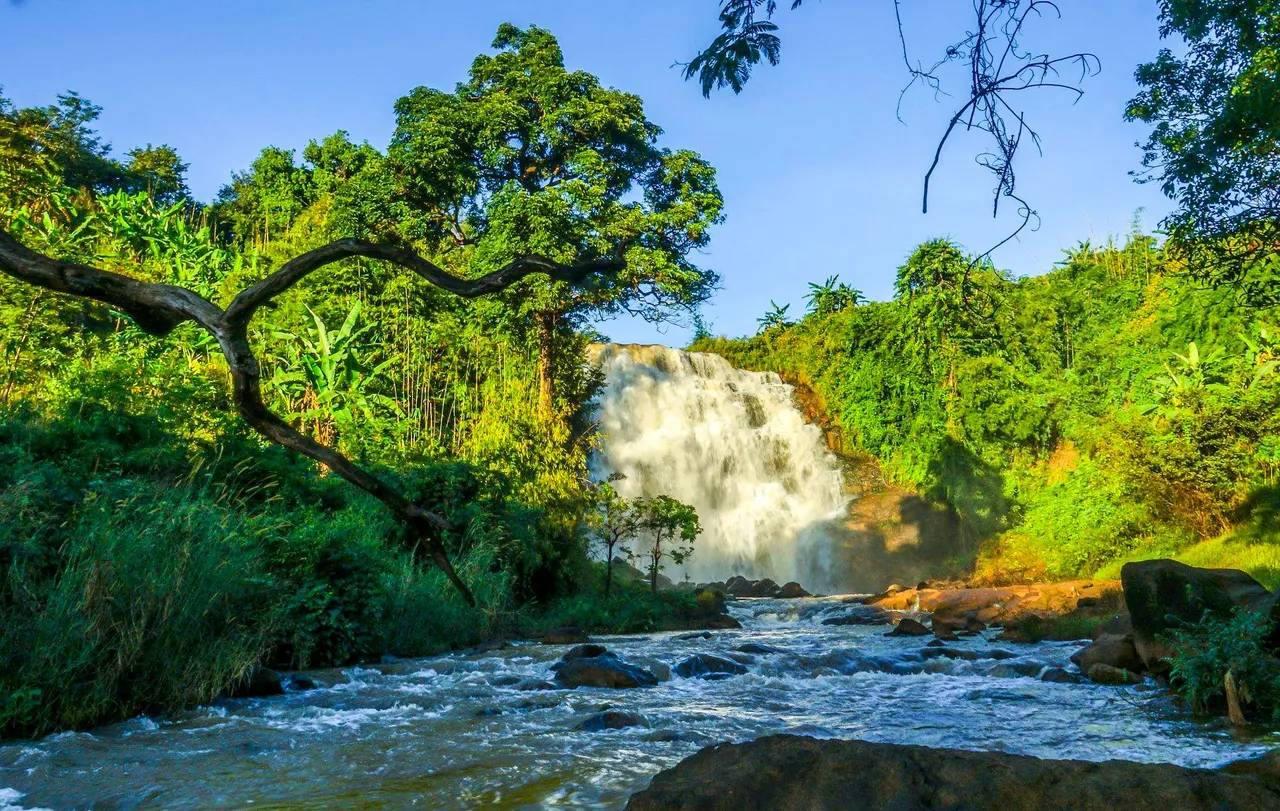
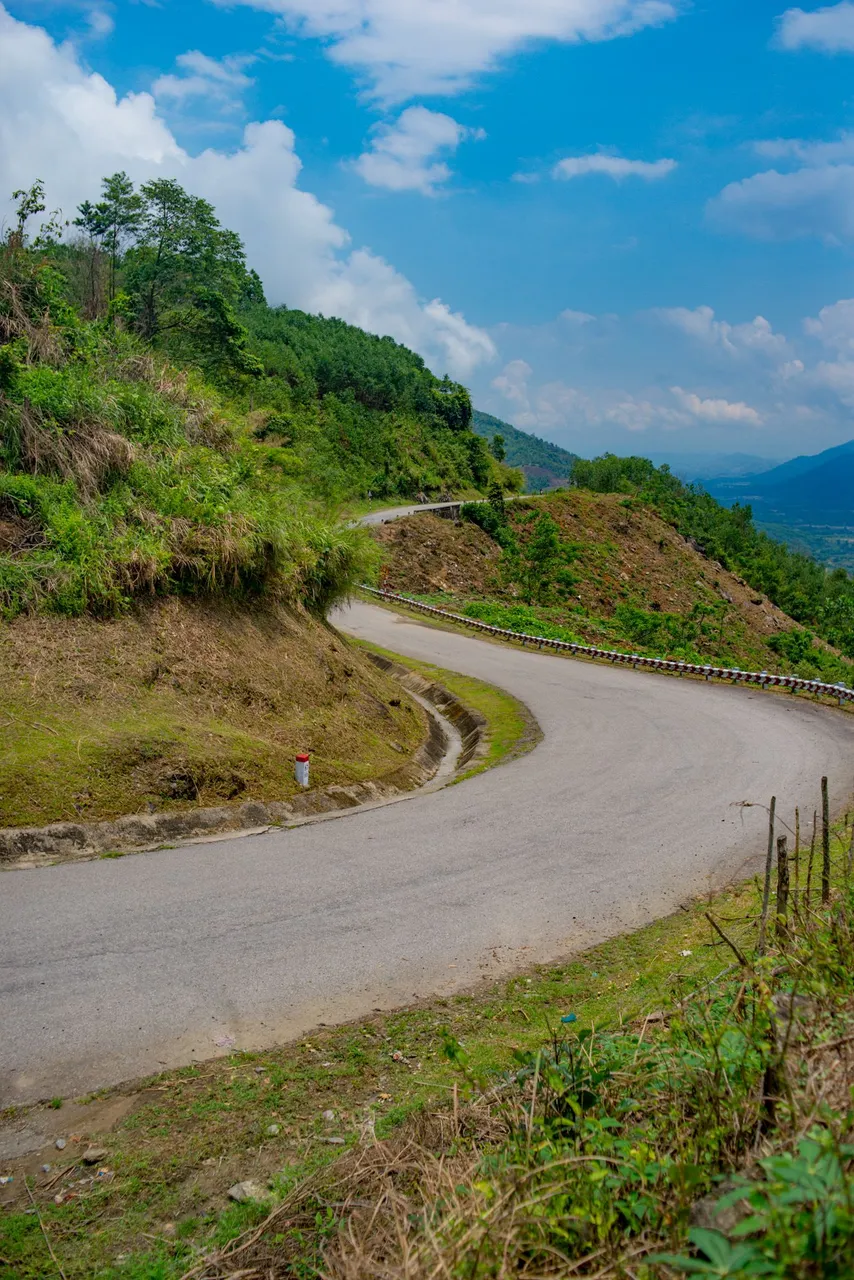

My Gia Lai discovery article ends here. Thank you for watching our discovery journey, see you all in the article discovering another highland land, that is Dak Lak and Dak Nong. Happy New Year everyone.